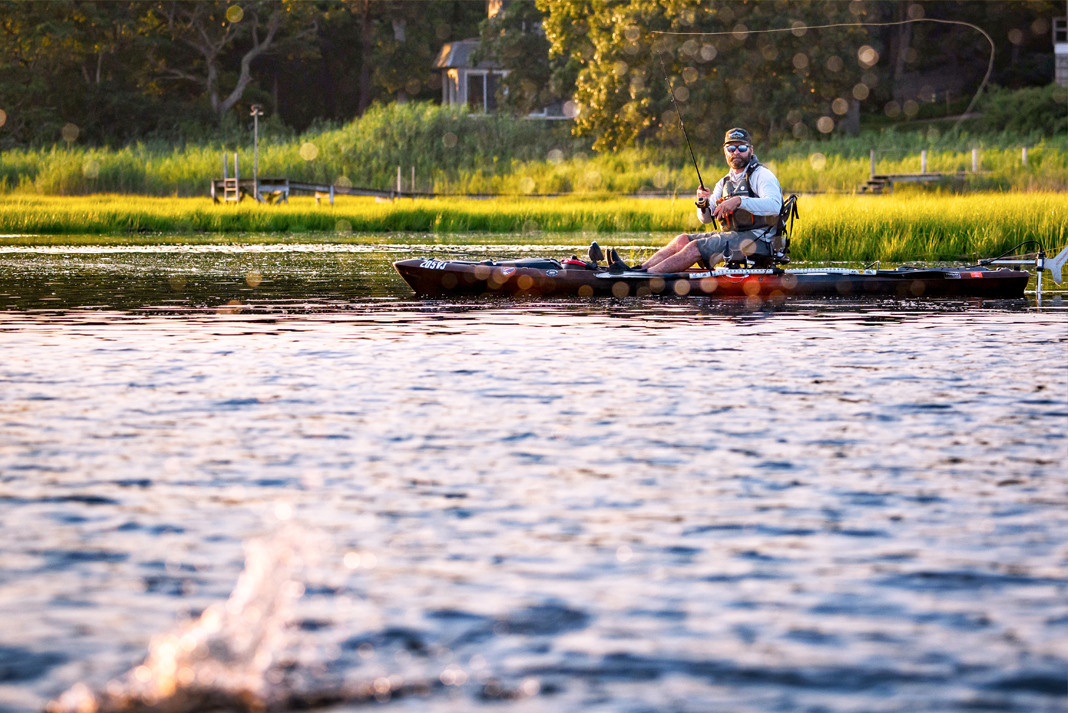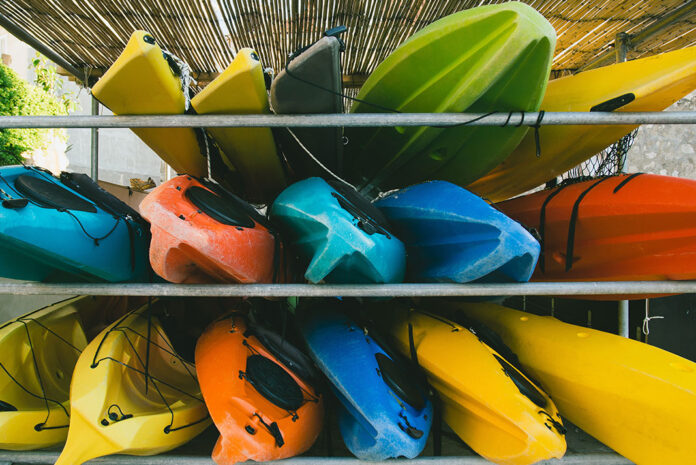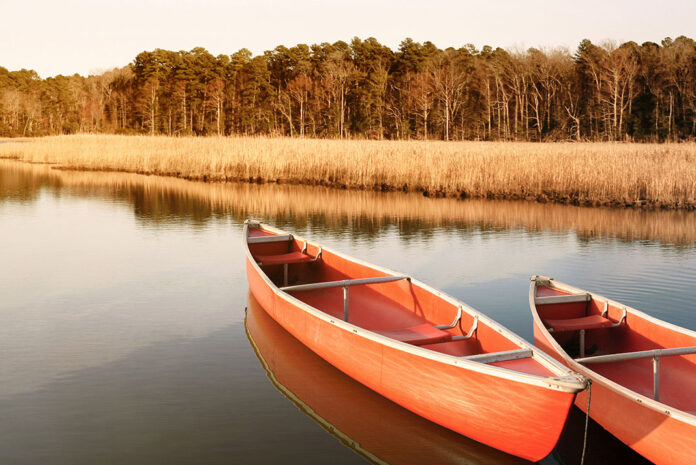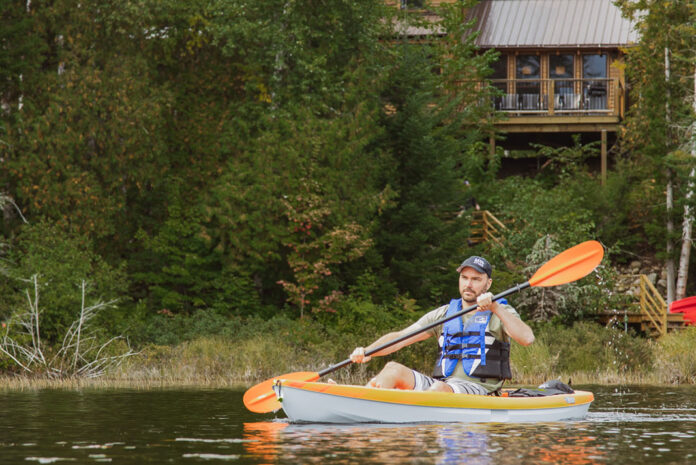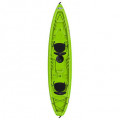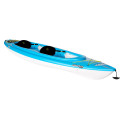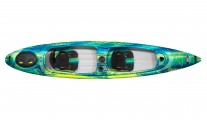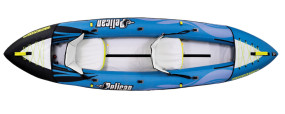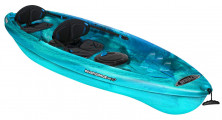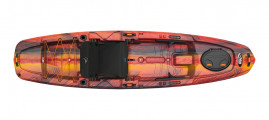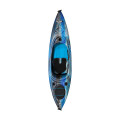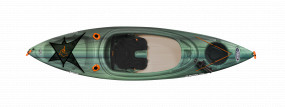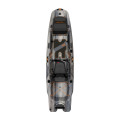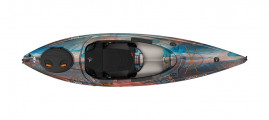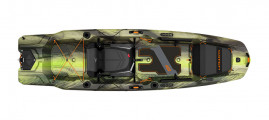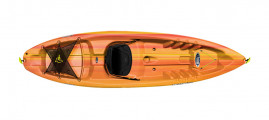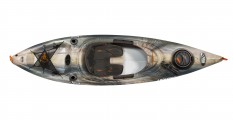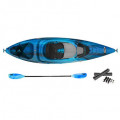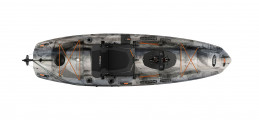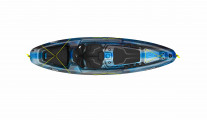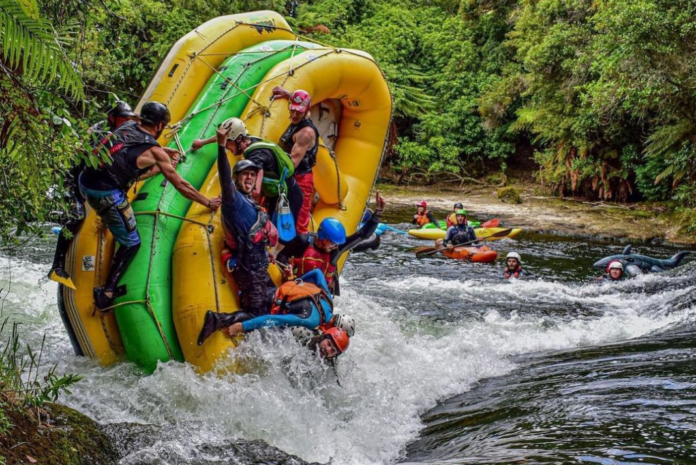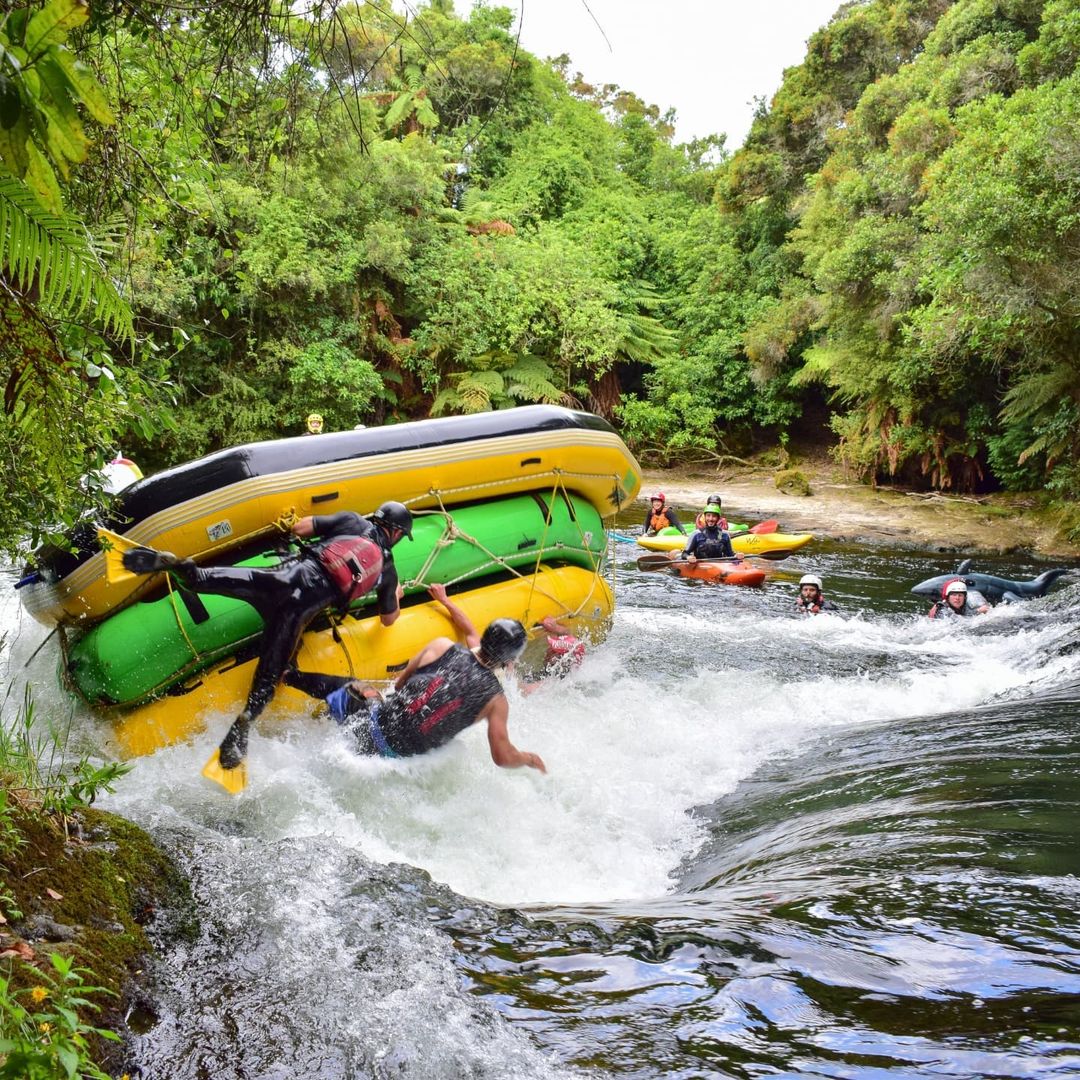Are you looking for kayak reviews? You’ve come to the right place! This article contains all the kayak reviews the Paddling Magazine editorial team has compiled. You’ll find kayak reviews by type, including detailed critiques of the best (and worst) sit-inside and sit-on-top kayaks; kayak reviews by size; kayak reviews by store; and kayak reviews by brand.
Welcome to the web’s greatest resource for kayak reviews. Your paddling journey starts here.
Kayak reviews by type
Kayaks are divided into two main categories: sit-inside and sit-on-top, both of which come in many shapes and sizes. Depending on where you’ll paddle (ocean, large lakes, small lakes, rivers, surf) and your reason for paddling (recreation, fishing, fitness, touring, camping or a combination of these), as well as your experience level, the best way to identify a short list of kayak options is to search by type.
We’ve organized our reviews by kayak type so you can narrow down the best boat for you. Here you’ll find additional types of kayaks you may not have considered, such as inflatable and foldable kayaks, pedal kayaks and more.
Inflatable kayak reviews
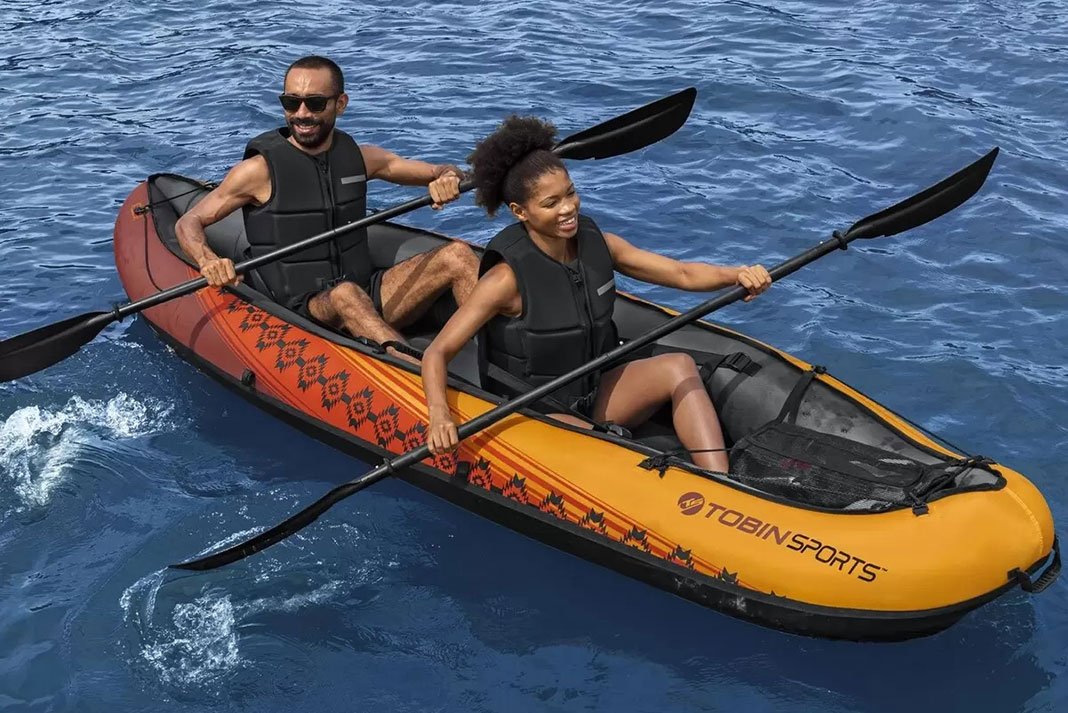 Inflatable Kayak Review: Tobin Wavebreak
Inflatable Kayak Review: Tobin Wavebreak Inflatable Recreational Kayak Review: Intex Challenger K1
Inflatable Recreational Kayak Review: Intex Challenger K1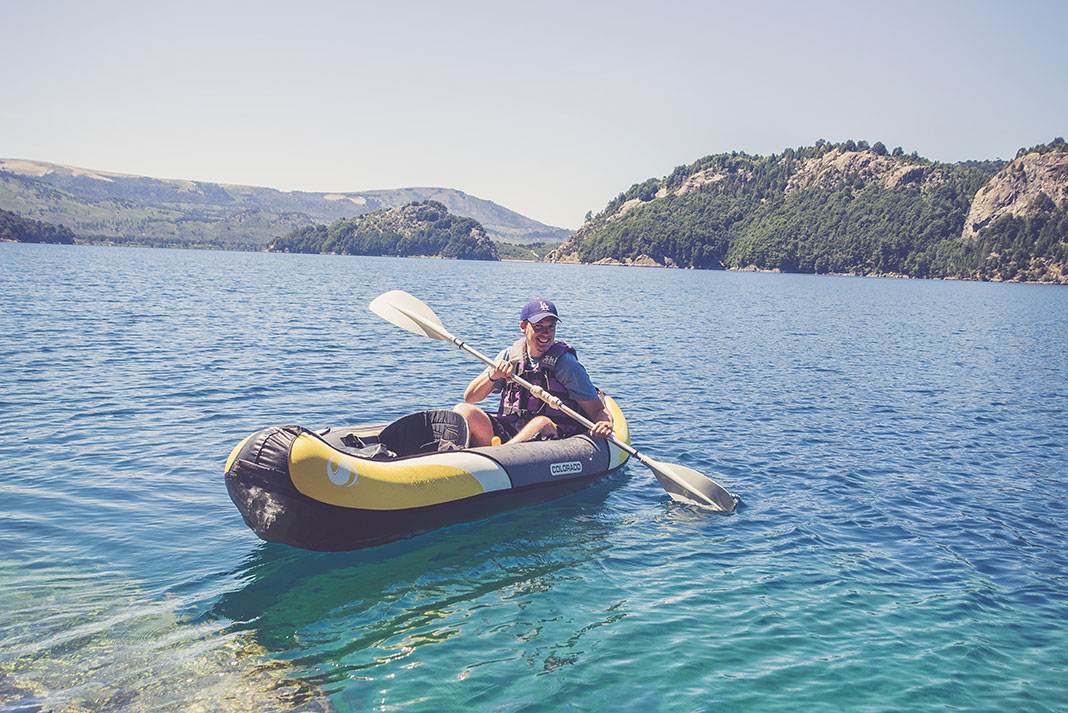 Inflatable Kayak Review: Sevylor Colorado
Inflatable Kayak Review: Sevylor Colorado Inflatable Hybrid Review: TAHE Beach SUP-YAK
Inflatable Hybrid Review: TAHE Beach SUP-YAK Inflatable Recreational Kayak Review: Intex Challenger K2
Inflatable Recreational Kayak Review: Intex Challenger K2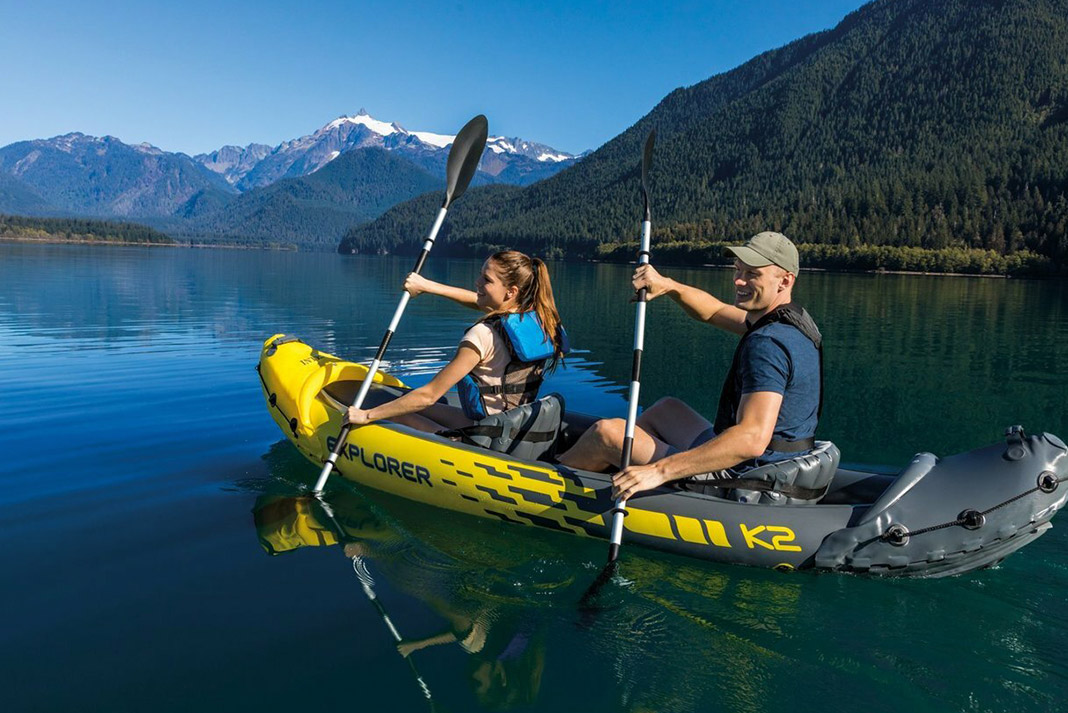 Inflatable Recreational Kayak Review: Intex Explorer K2
Inflatable Recreational Kayak Review: Intex Explorer K2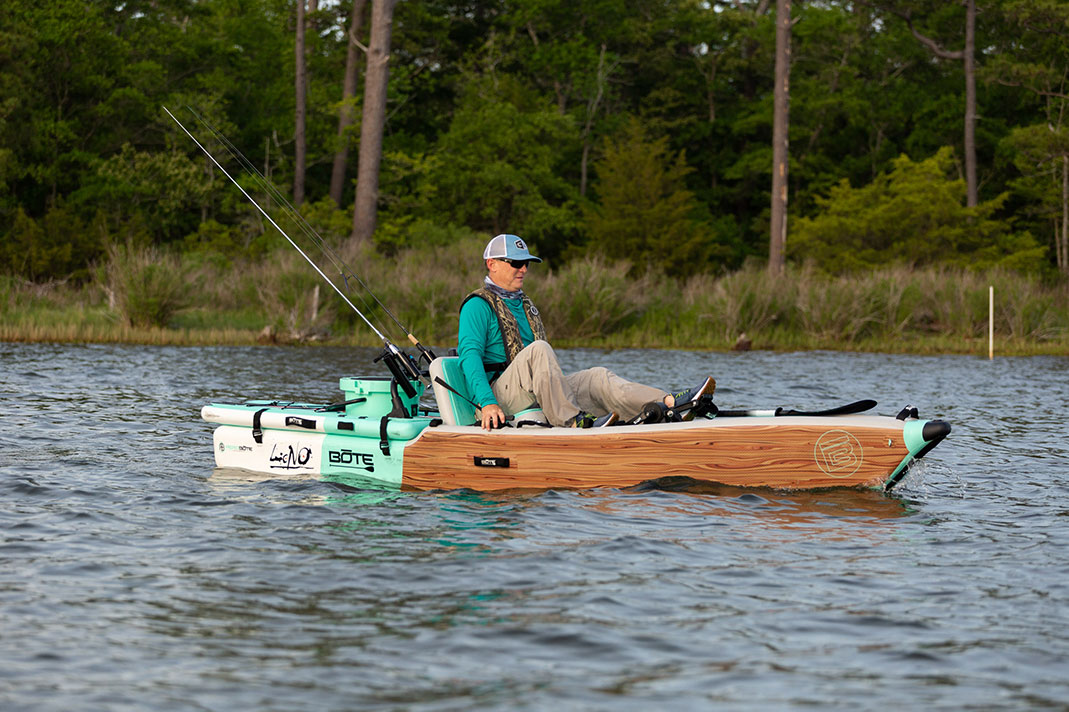 Inflatable Pedal Kayak Review: BOTE LONO Aero Apex
Inflatable Pedal Kayak Review: BOTE LONO Aero Apex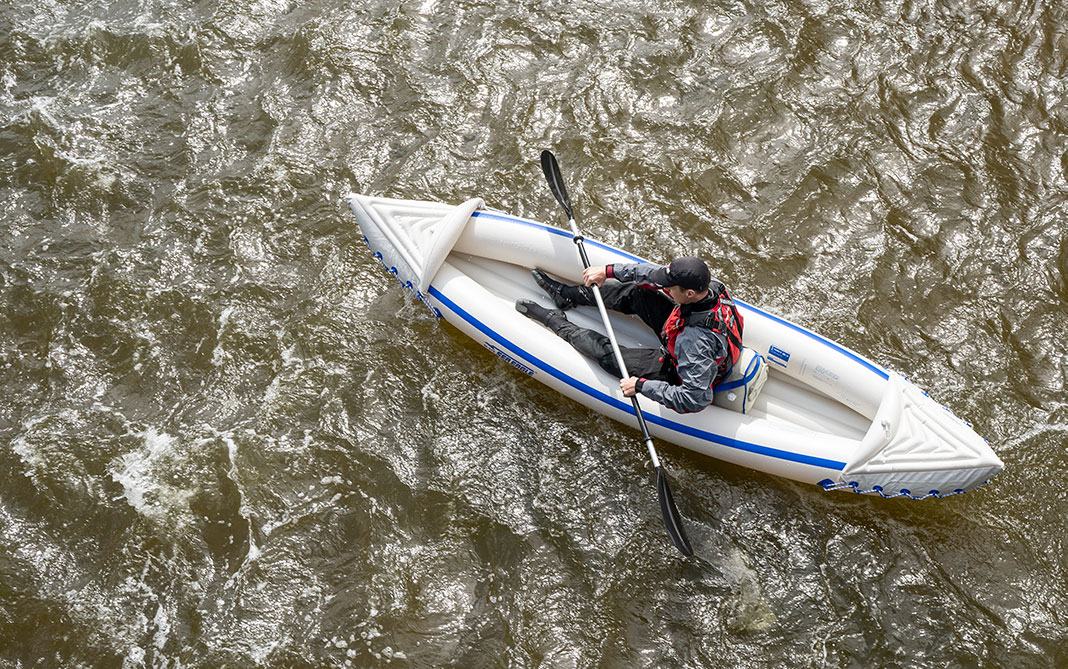 Inflatable Kayak Review: Sea Eagle 370
Inflatable Kayak Review: Sea Eagle 370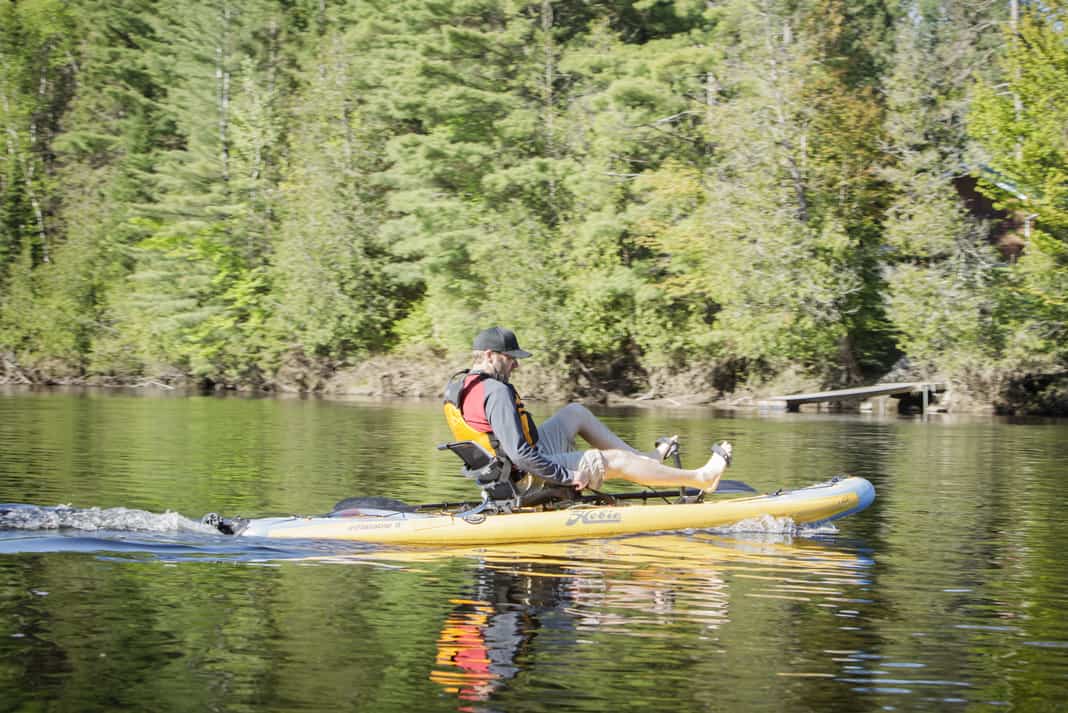 Hobie Mirage i11S Inflatable Kayak-Paddleboard Hybrid Review
Hobie Mirage i11S Inflatable Kayak-Paddleboard Hybrid Review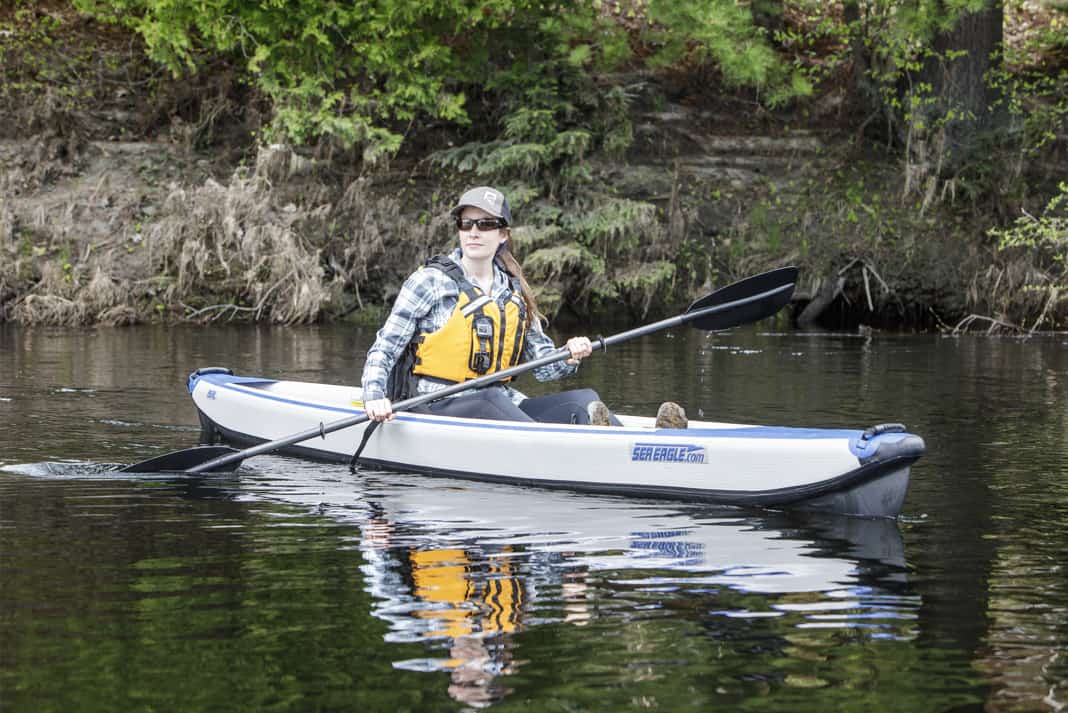 Inflatable Kayak Review: Sea Eagle Razorlite 393rl
Inflatable Kayak Review: Sea Eagle Razorlite 393rl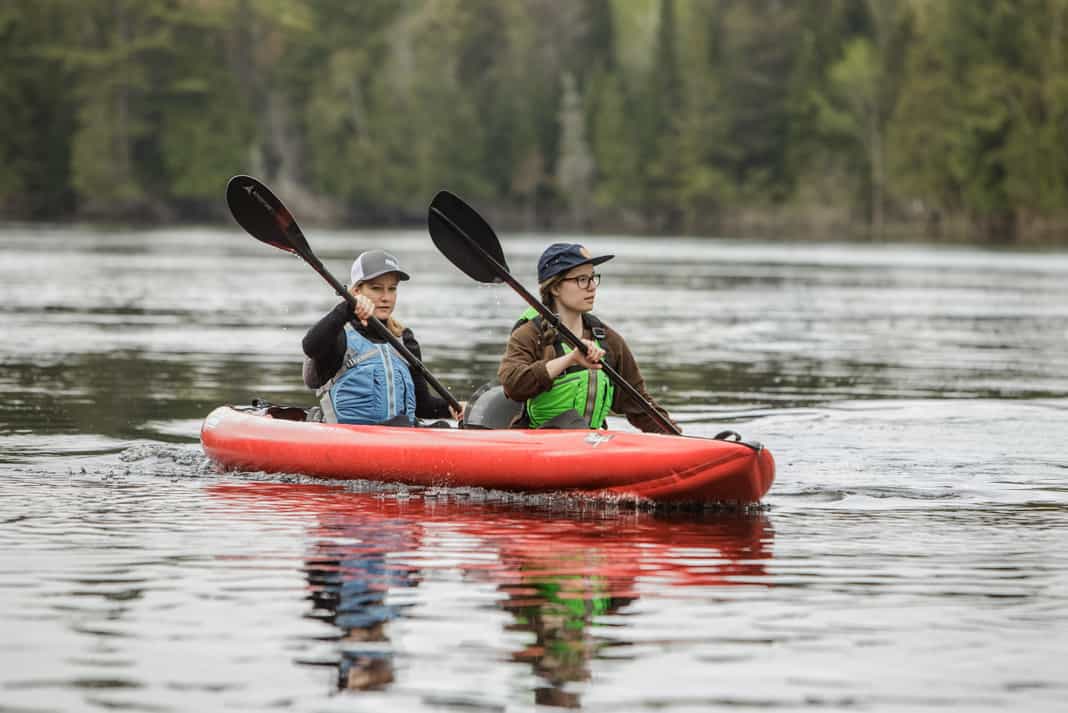 Inflatable Recreational Kayak Review: Innova Thaya
Inflatable Recreational Kayak Review: Innova Thaya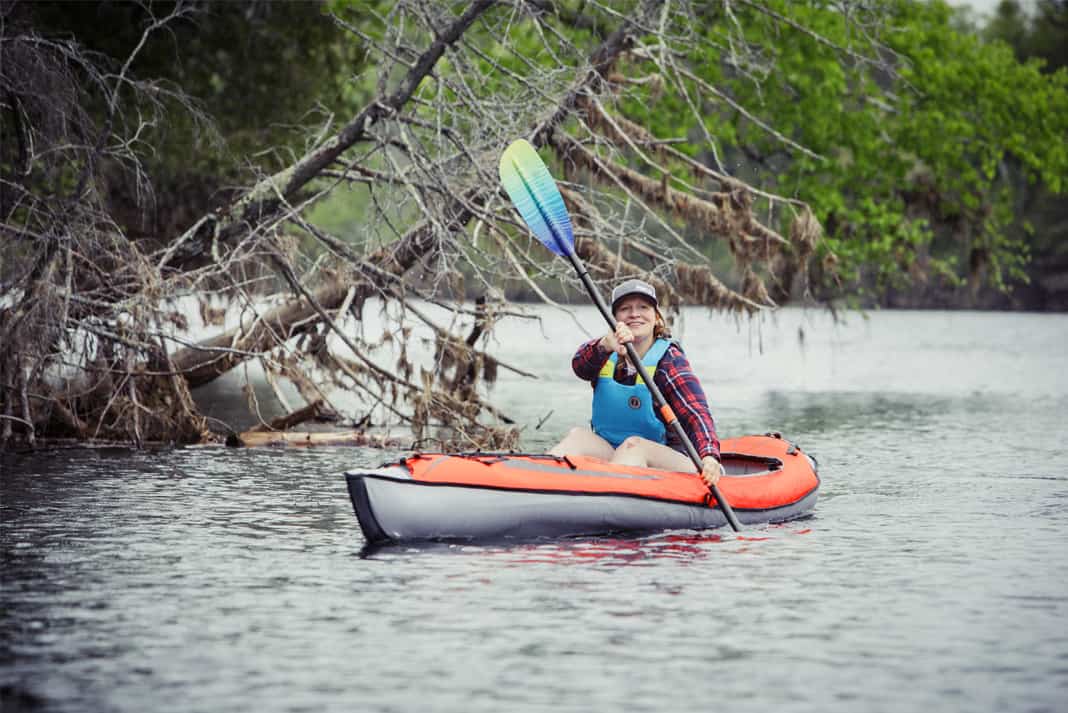 Inflatable Kayak Review: Advanced Elements AdvancedFrame Convertible Elite
Inflatable Kayak Review: Advanced Elements AdvancedFrame Convertible Elite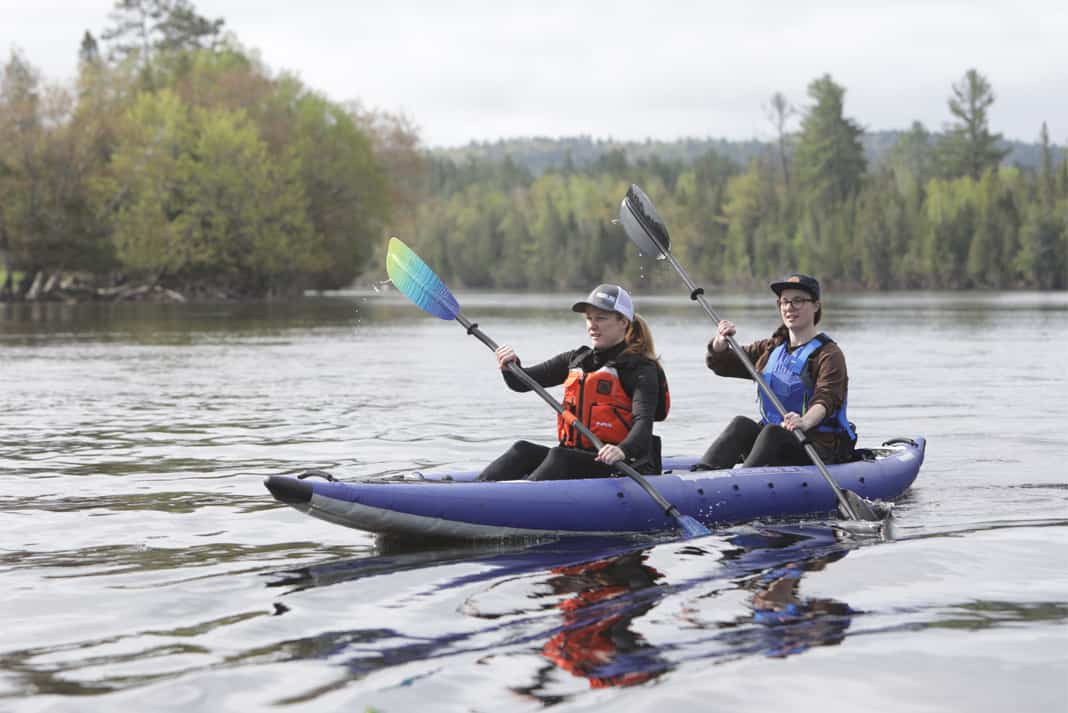 Inflatable Kayak Review: Aquaglide Chelan 155 HB XL
Inflatable Kayak Review: Aquaglide Chelan 155 HB XL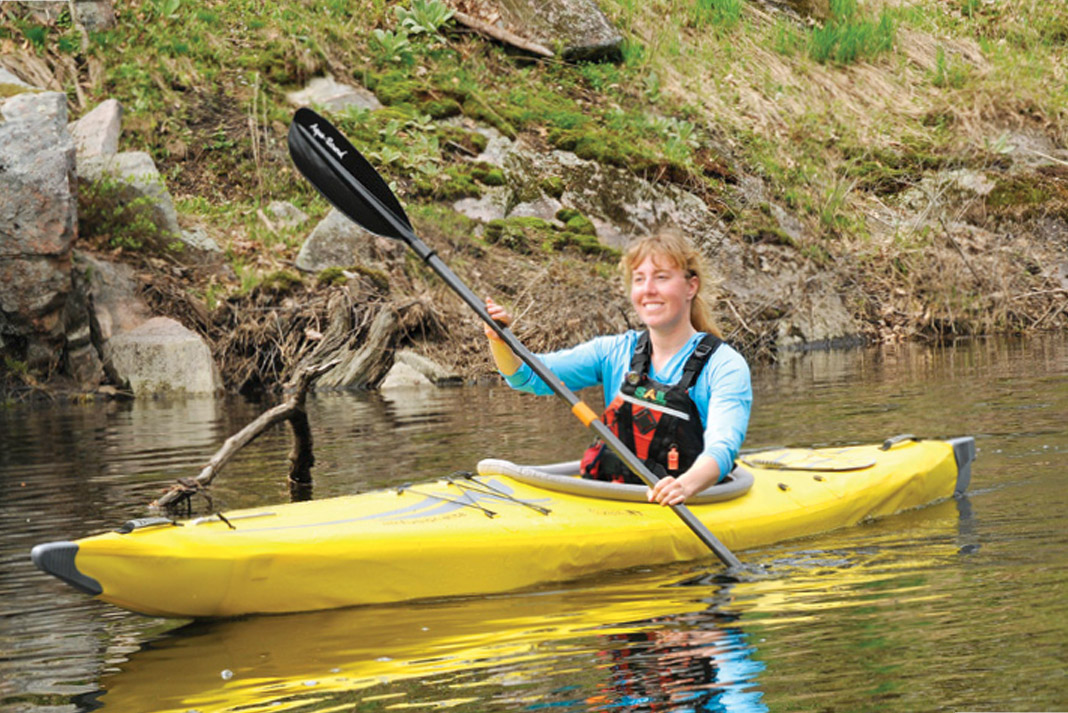 Inflatable Kayak Review: Advanced Elements Airfusion Elite
Inflatable Kayak Review: Advanced Elements Airfusion Elite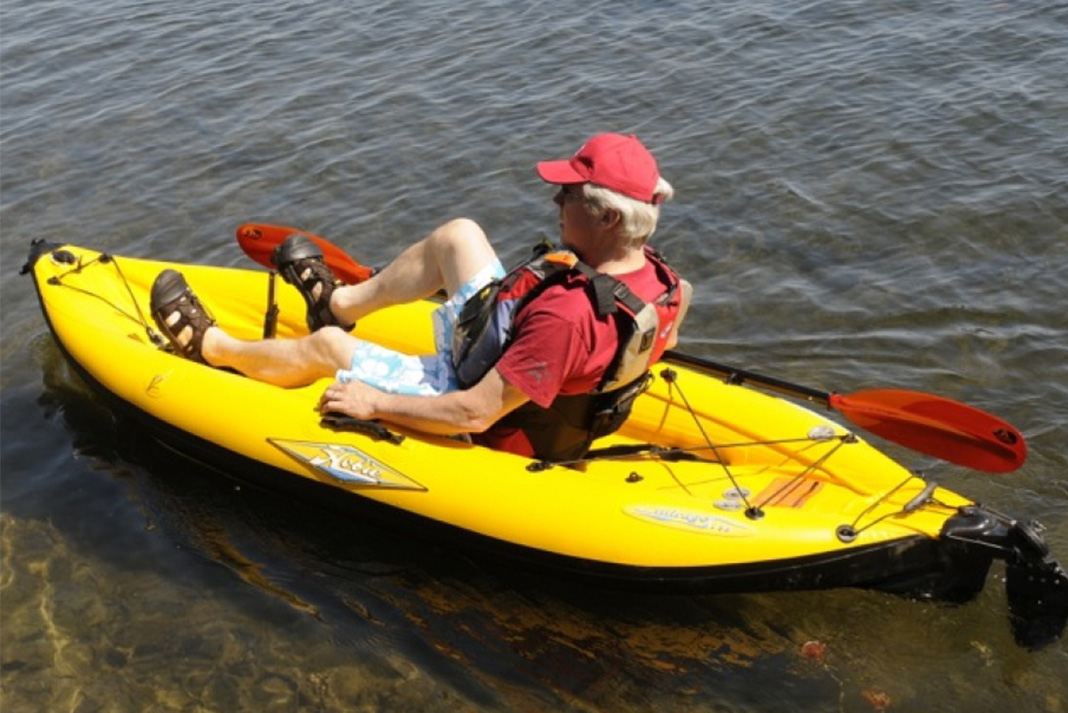 Inflatable Kayak Review: Hobie Mirage i9S
Inflatable Kayak Review: Hobie Mirage i9S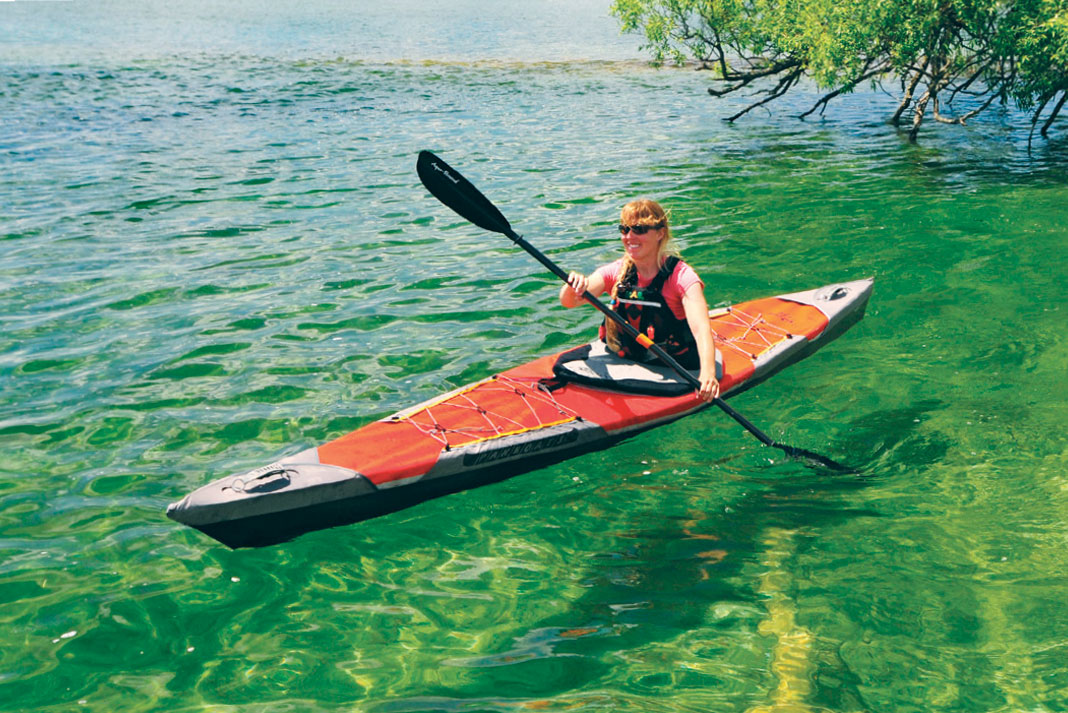 Folding Kayak Review: Pakboats Quest 135
Folding Kayak Review: Pakboats Quest 135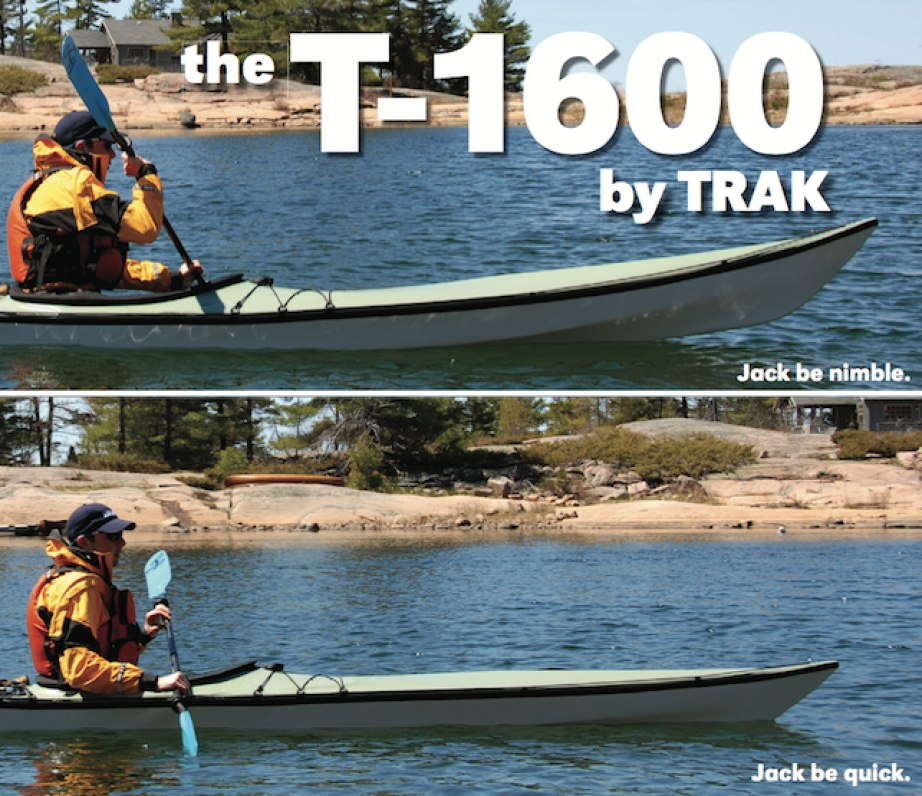 Boat Review: The T-1600 by TRAK
Boat Review: The T-1600 by TRAK
Fishing kayak reviews
Fishing kayaks are wildly popular and we’ve created a dedicated article on our sister website, Kayak Angler, exclusively to this type of kayak. Here you’ll find reviews for every fishing kayak on the market, including all the top brands and spanning the entire price spectrum. This is your first and only stop for authentic fishing kayak reviews.
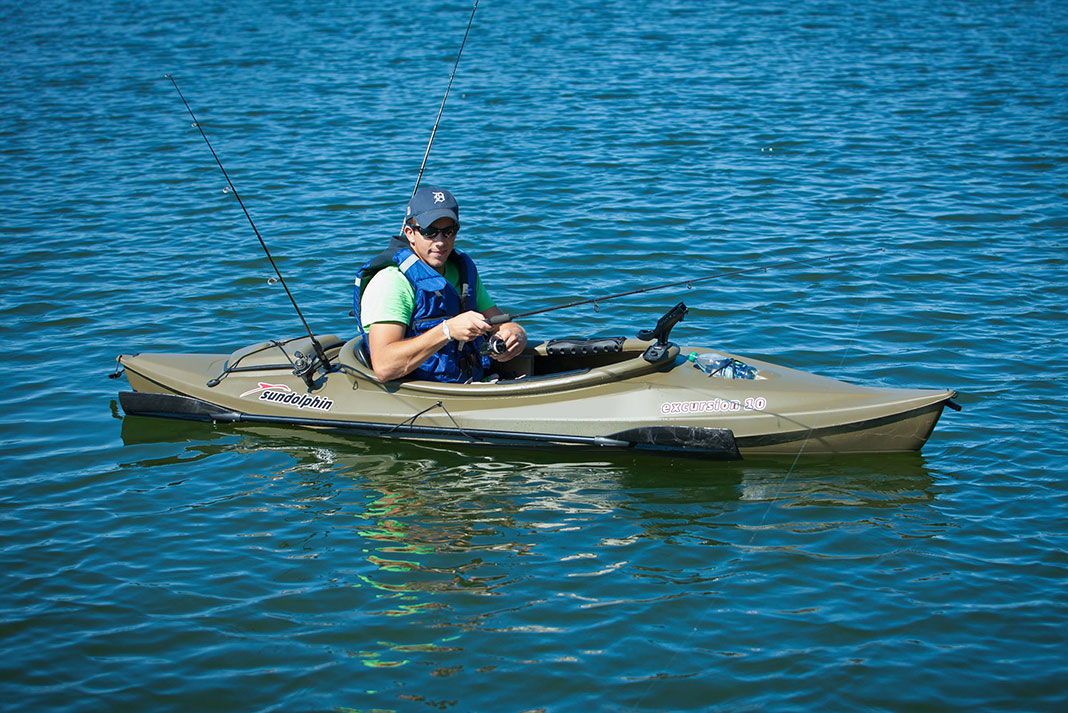 Kayak Review: Sun Dolphin Excursion 10
Kayak Review: Sun Dolphin Excursion 10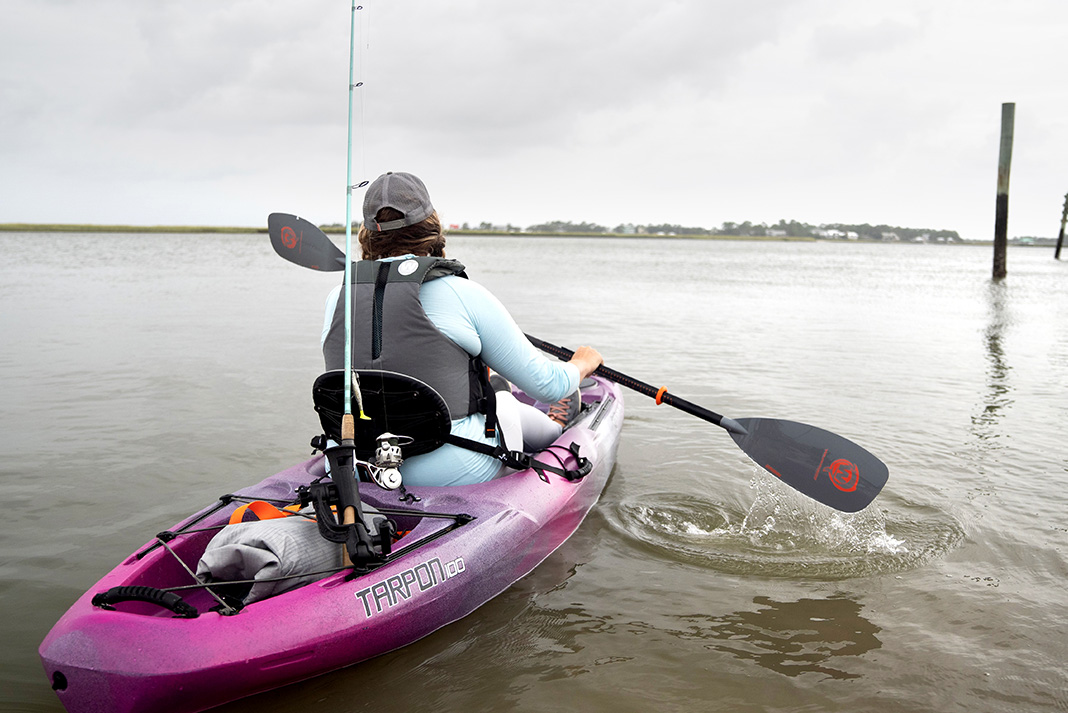 Recreational Kayak Review: Wilderness Systems Tarpon 100
Recreational Kayak Review: Wilderness Systems Tarpon 100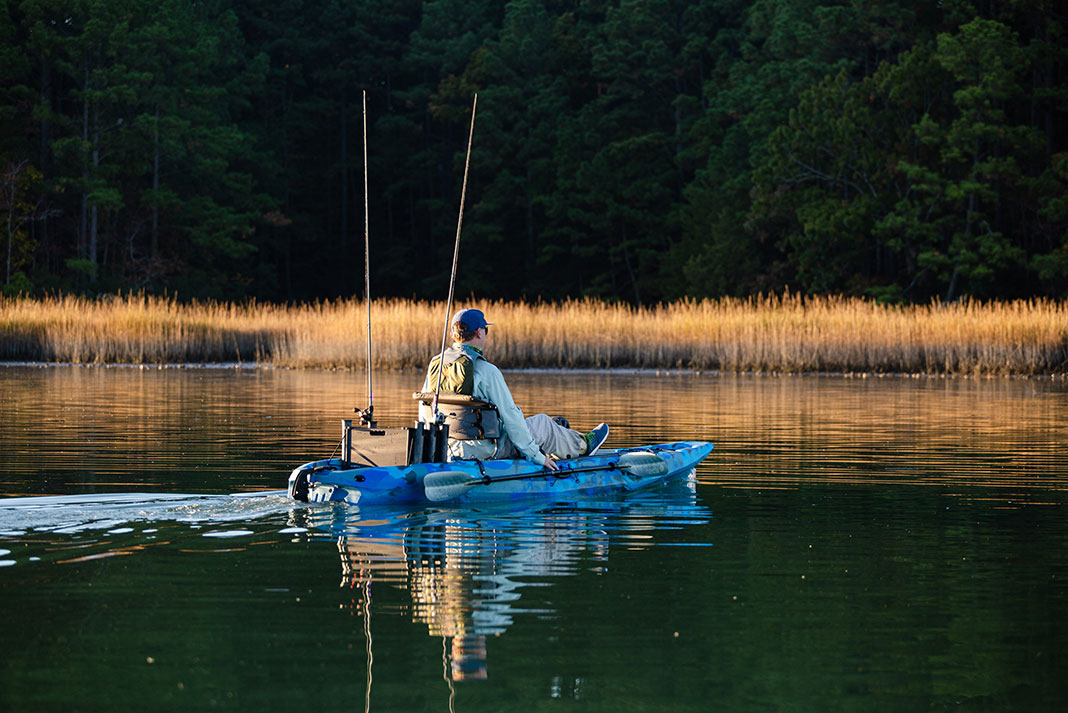 Fishing Kayak Review: SeaStream Angler 120 PD
Fishing Kayak Review: SeaStream Angler 120 PD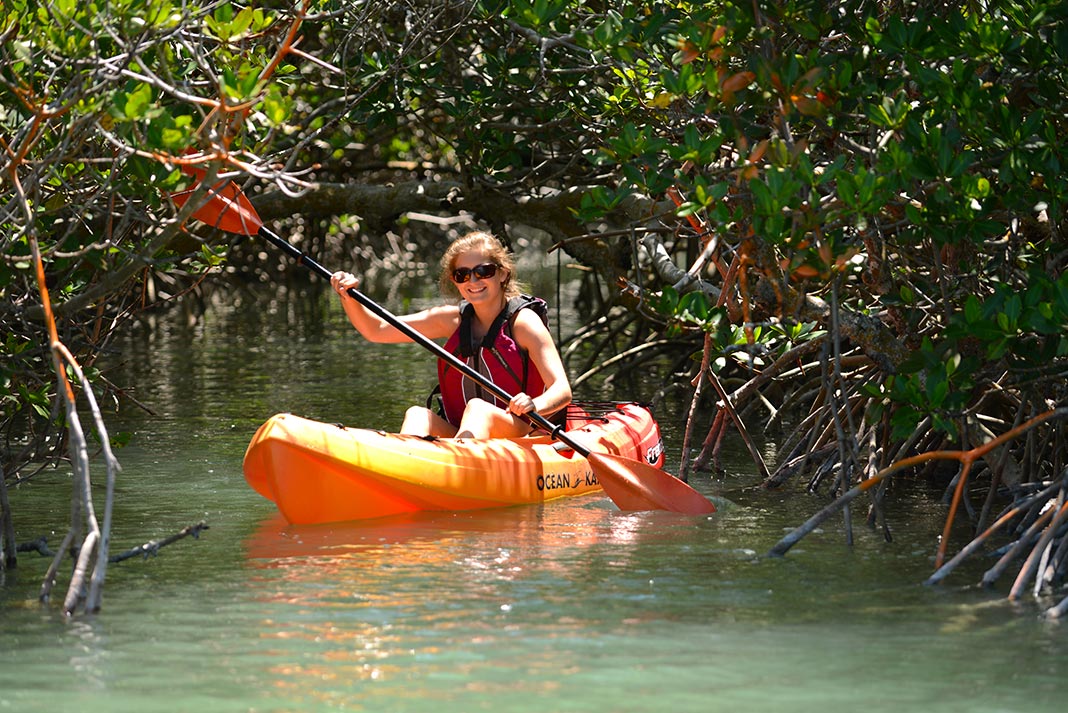 Recreational Kayak Review: Ocean Kayak Frenzy
Recreational Kayak Review: Ocean Kayak Frenzy Inflatable Recreational Kayak Review: Intex Challenger K1
Inflatable Recreational Kayak Review: Intex Challenger K1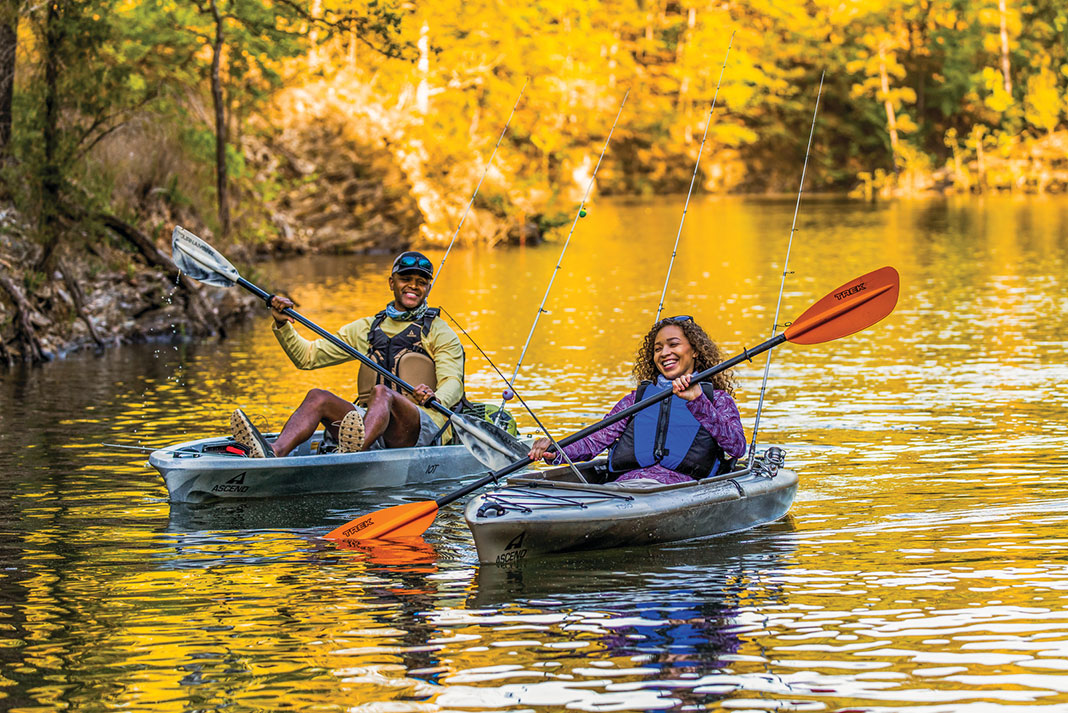 Fishing Kayak Review: Ascend FS10
Fishing Kayak Review: Ascend FS10 Fishing Kayak Review: Sun Dolphin Journey 10
Fishing Kayak Review: Sun Dolphin Journey 10 Fishing Kayak Review: Ascend 12t
Fishing Kayak Review: Ascend 12t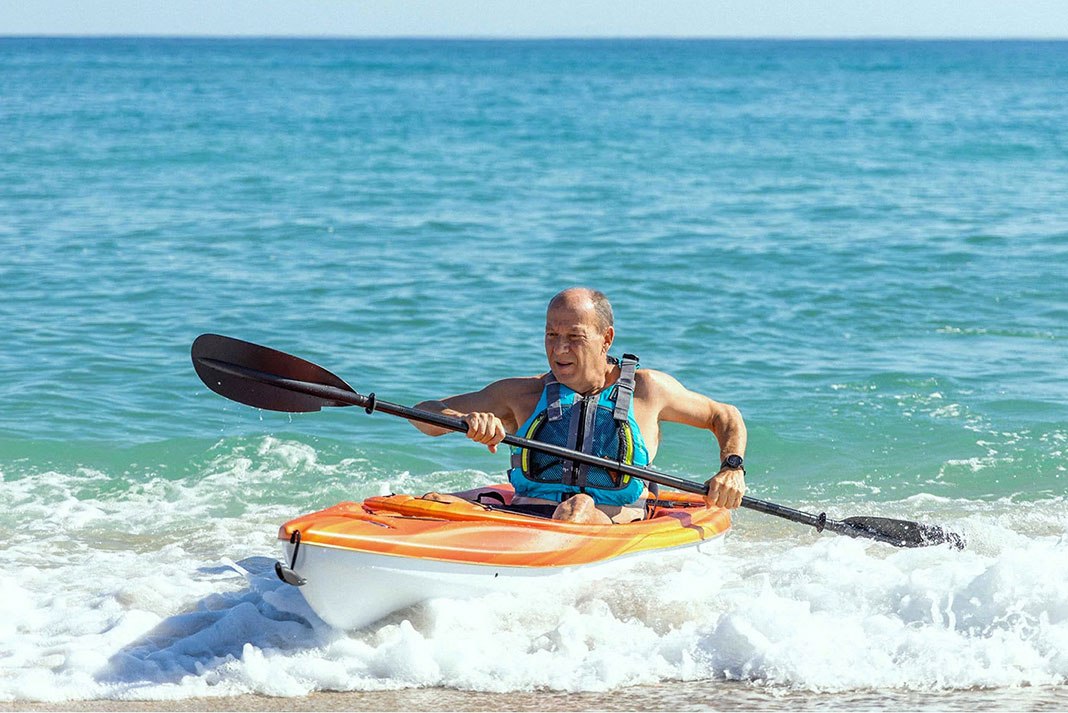 Recreational Kayak Review: Pelican Trailblazer 100 NXT
Recreational Kayak Review: Pelican Trailblazer 100 NXT Fishing Kayak Review: Sun Dolphin Boss 12 SS
Fishing Kayak Review: Sun Dolphin Boss 12 SS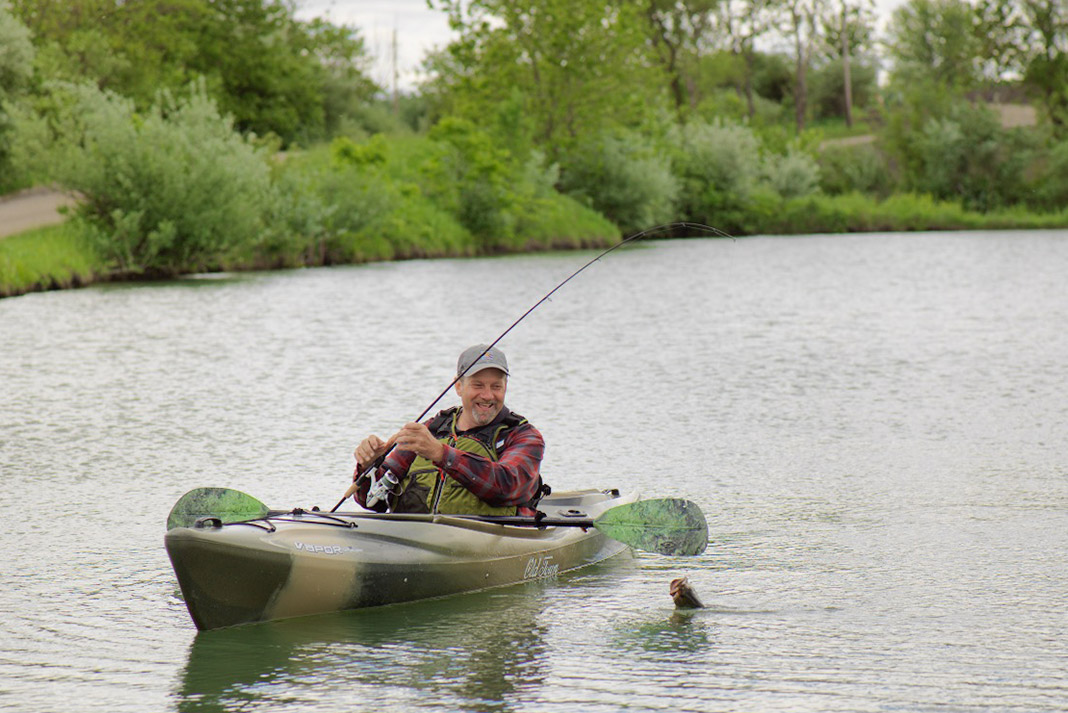 Fishing Kayak Review: Old Town Vapor 10
Fishing Kayak Review: Old Town Vapor 10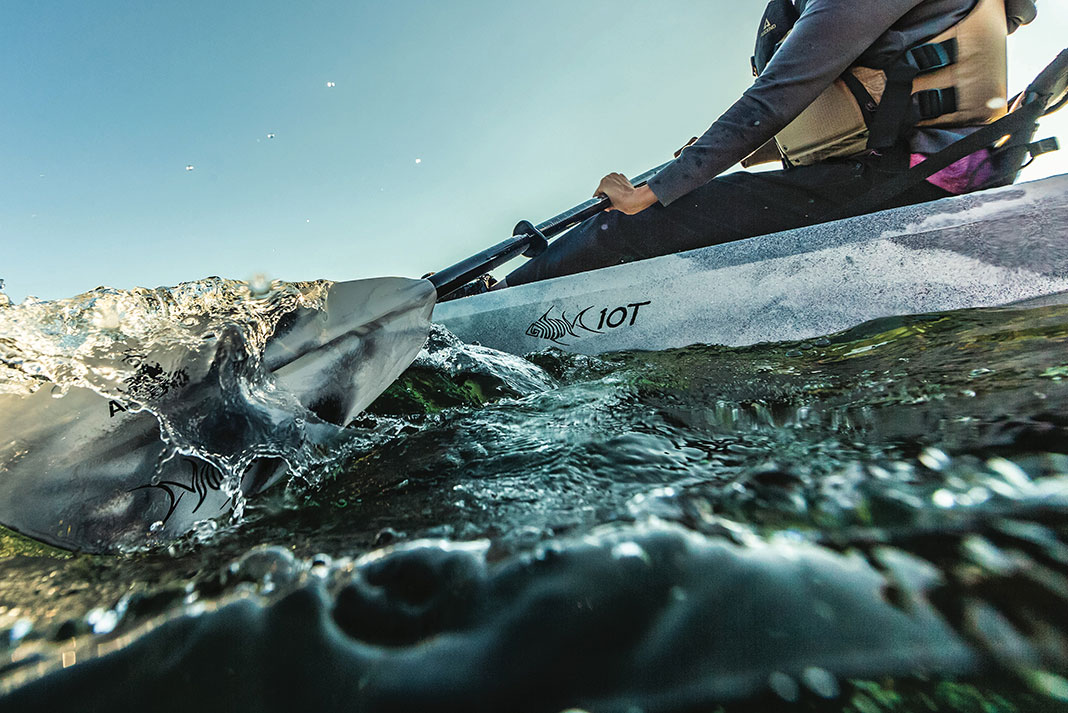 Fishing Kayak Review: Ascend 10t
Fishing Kayak Review: Ascend 10t Inflatable Kayak Review: Sevylor Colorado
Inflatable Kayak Review: Sevylor Colorado Inflatable Hybrid Review: TAHE Beach SUP-YAK
Inflatable Hybrid Review: TAHE Beach SUP-YAK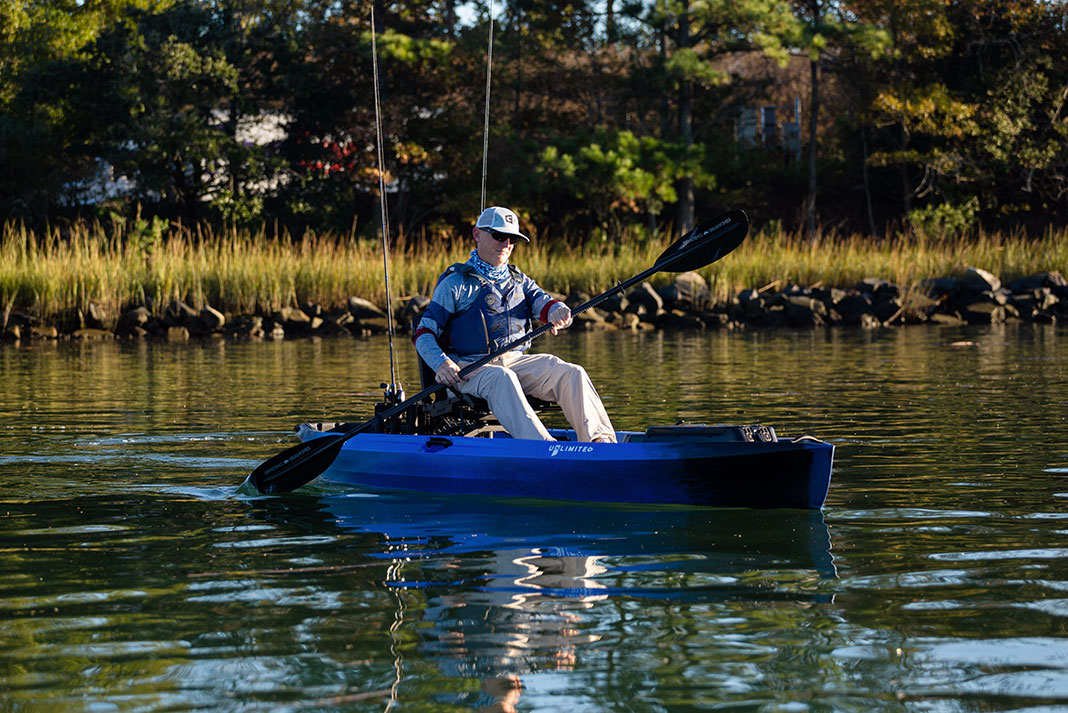 Fishing Kayak Review: NuCanoe Unlimited
Fishing Kayak Review: NuCanoe Unlimited Recreational Kayak Review: Sun Dolphin Aruba 10
Recreational Kayak Review: Sun Dolphin Aruba 10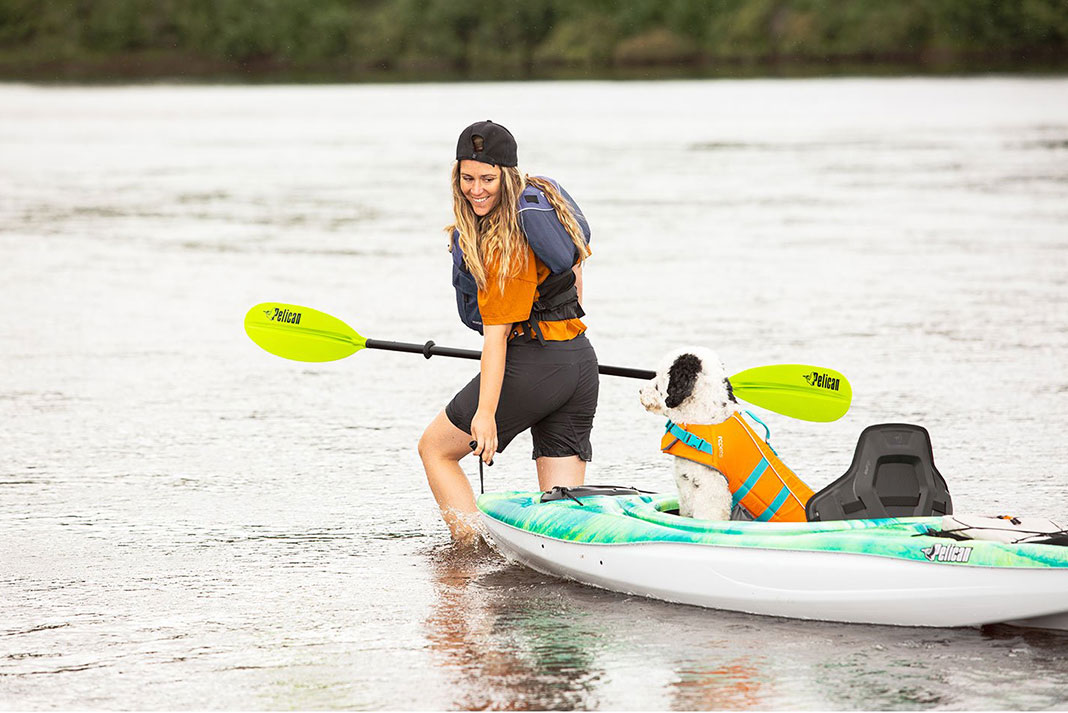 Fishing Kayak Review: Pelican Mustang 100x
Fishing Kayak Review: Pelican Mustang 100x Fishing Kayak Review: Lifetime Tamarack Angler 100
Fishing Kayak Review: Lifetime Tamarack Angler 100 Fishing Kayak Review: Ascend 128t
Fishing Kayak Review: Ascend 128t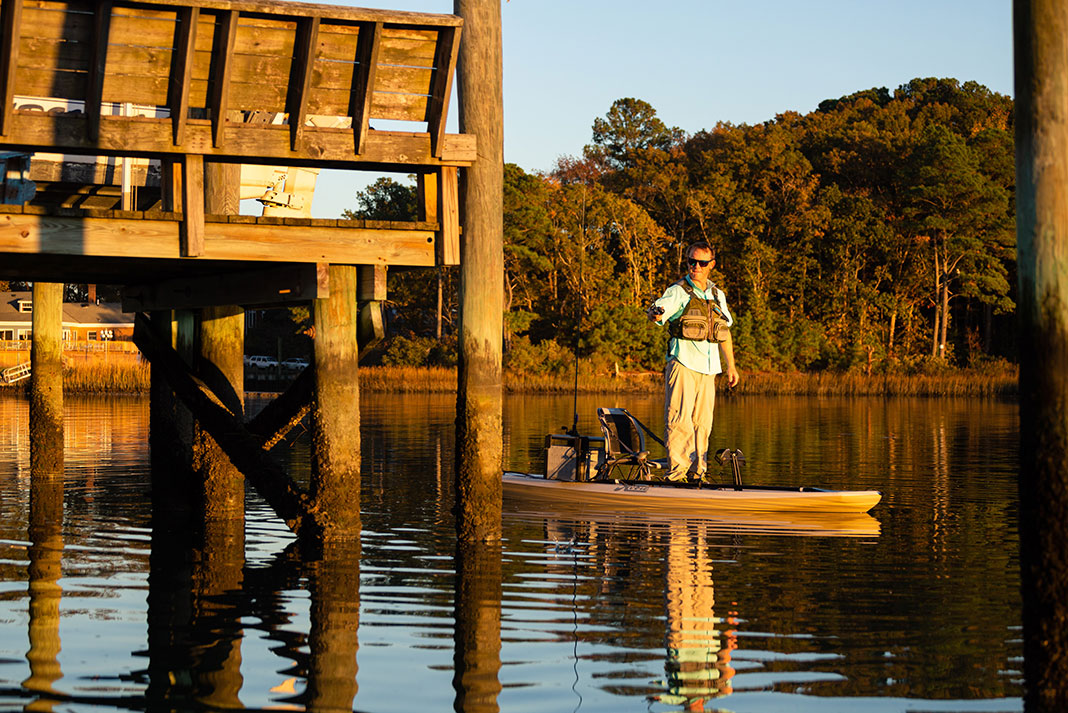 Hybrid SUP Kayak Review: Hobie Mirage Lynx
Hybrid SUP Kayak Review: Hobie Mirage Lynx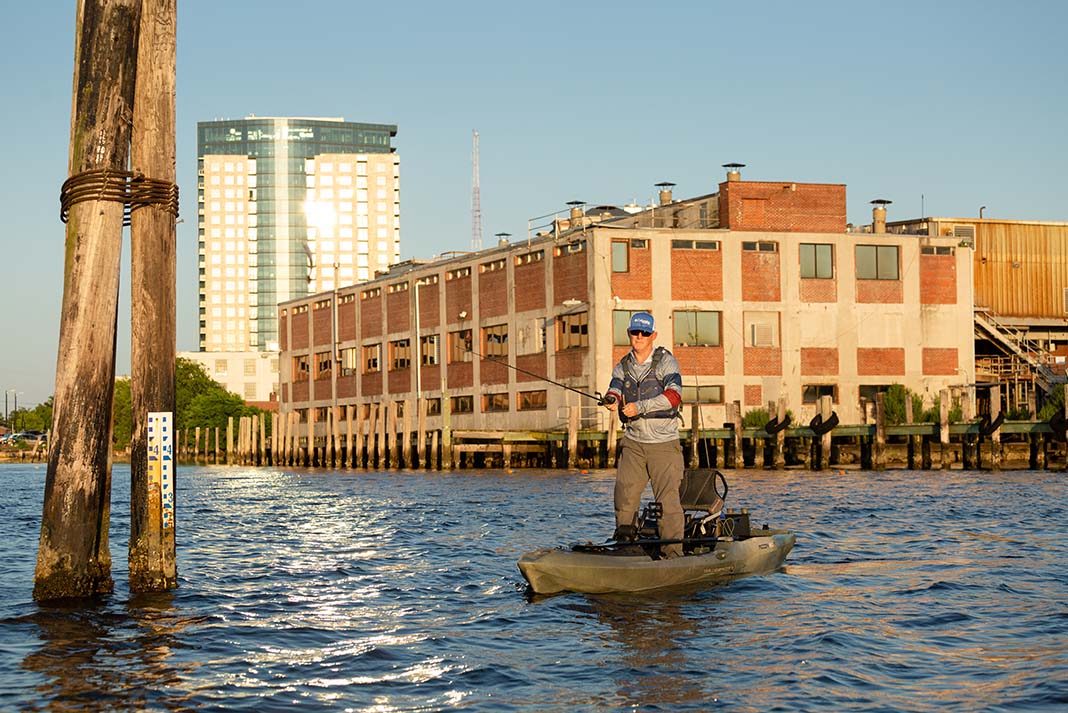 Fishing Kayak Review: Wilderness Systems Recon 120 HD
Fishing Kayak Review: Wilderness Systems Recon 120 HD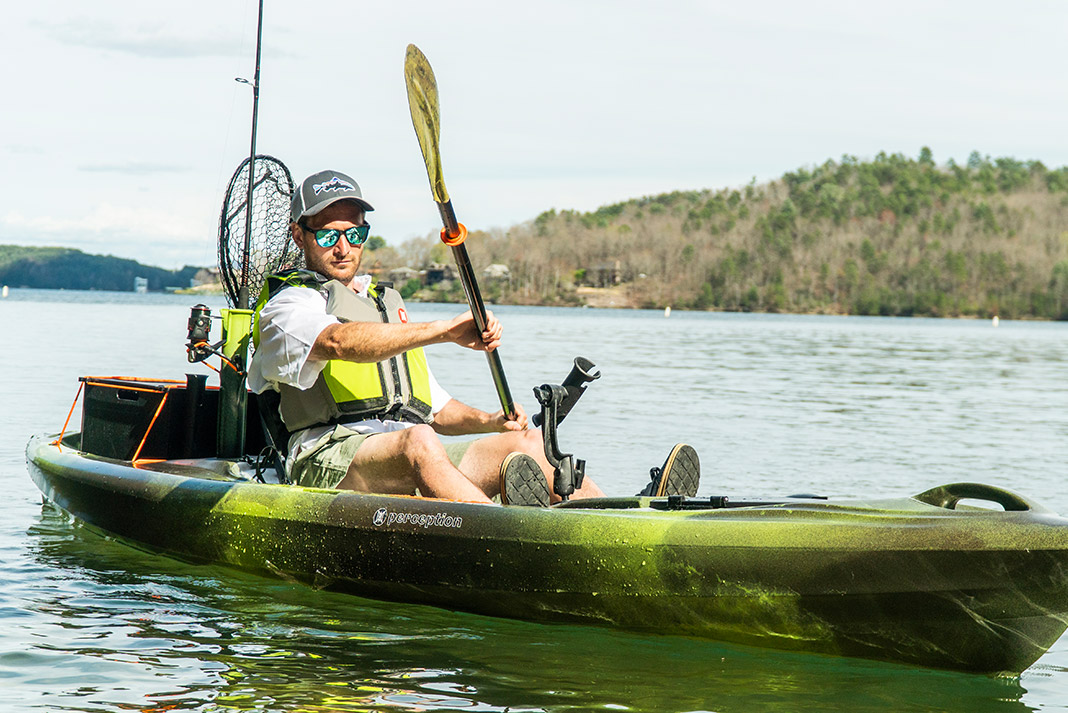 Fishing Kayak Review: Perception Pescador 12
Fishing Kayak Review: Perception Pescador 12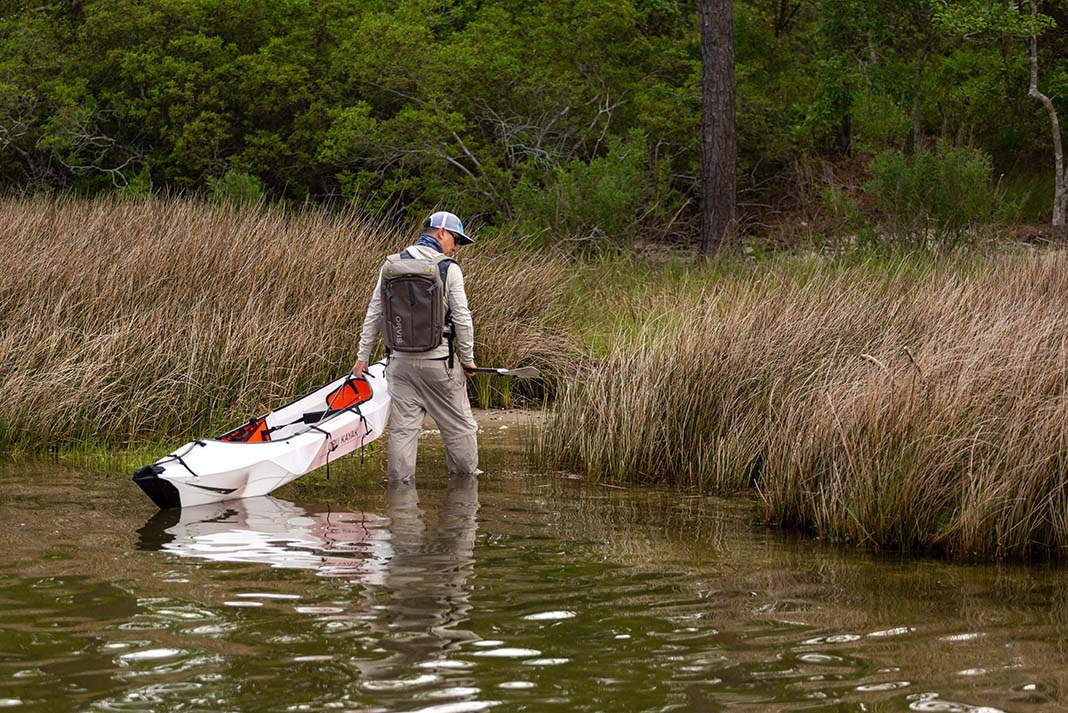 Folding Kayak Review: Oru Inlet
Folding Kayak Review: Oru Inlet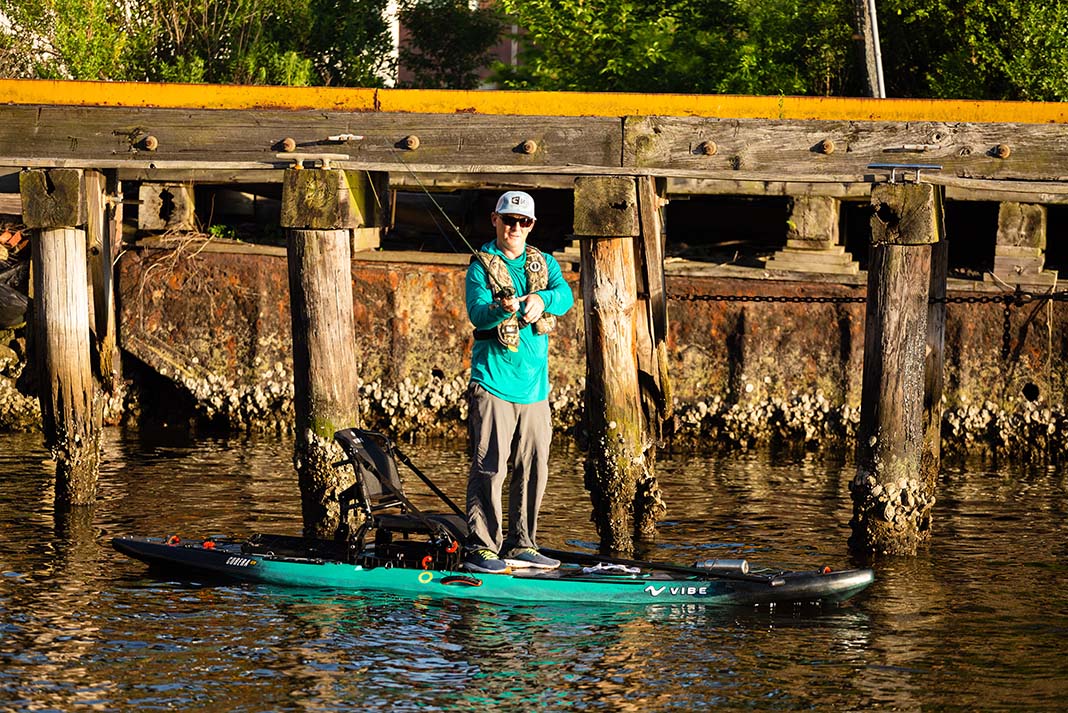 Hybrid Fishing SUP Review: Vibe Cubera 120
Hybrid Fishing SUP Review: Vibe Cubera 120 Fishing Kayak Review: Sun Dolphin Journey 12 SS
Fishing Kayak Review: Sun Dolphin Journey 12 SS Inflatable Recreational Kayak Review: Intex Challenger K2
Inflatable Recreational Kayak Review: Intex Challenger K2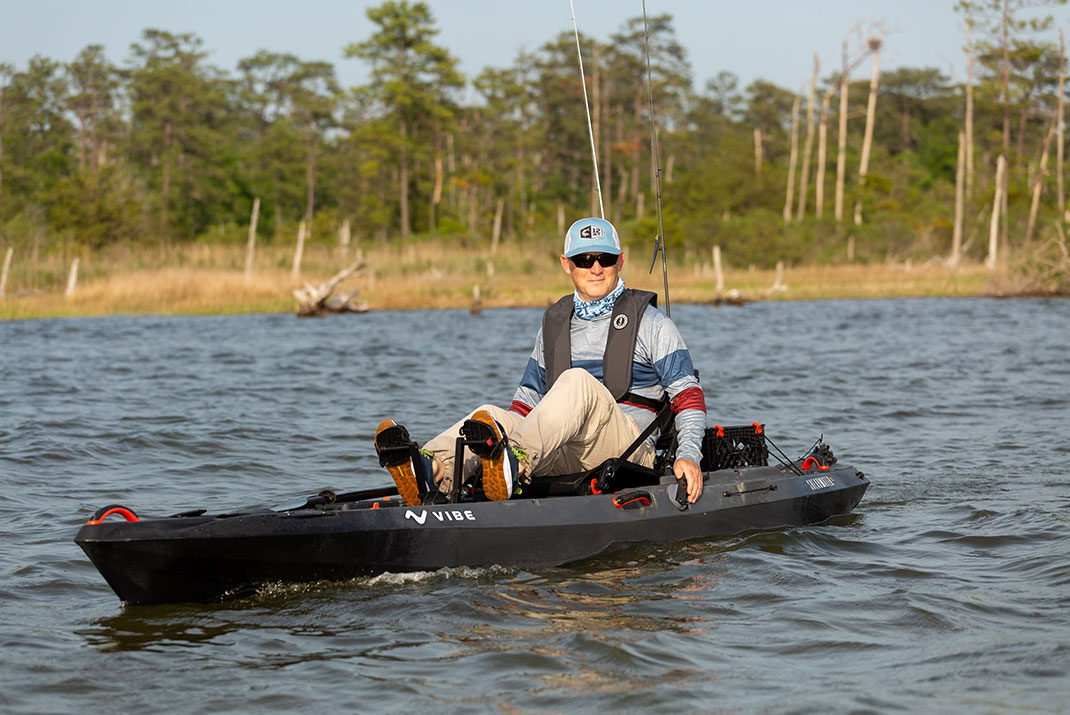 Fishing Kayak Review: Vibe Shearwater 125
Fishing Kayak Review: Vibe Shearwater 125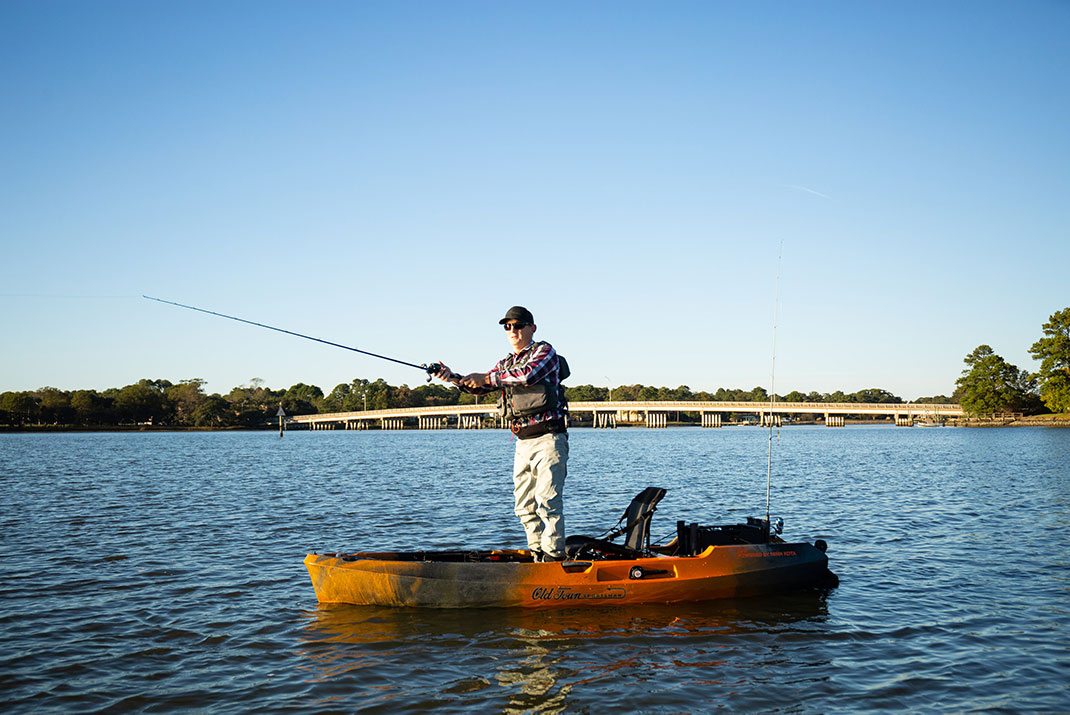 Fishing Kayak Review: Old Town Sportsman 106 Minn Kota
Fishing Kayak Review: Old Town Sportsman 106 Minn Kota Inflatable Pedal Kayak Review: BOTE LONO Aero Apex
Inflatable Pedal Kayak Review: BOTE LONO Aero Apex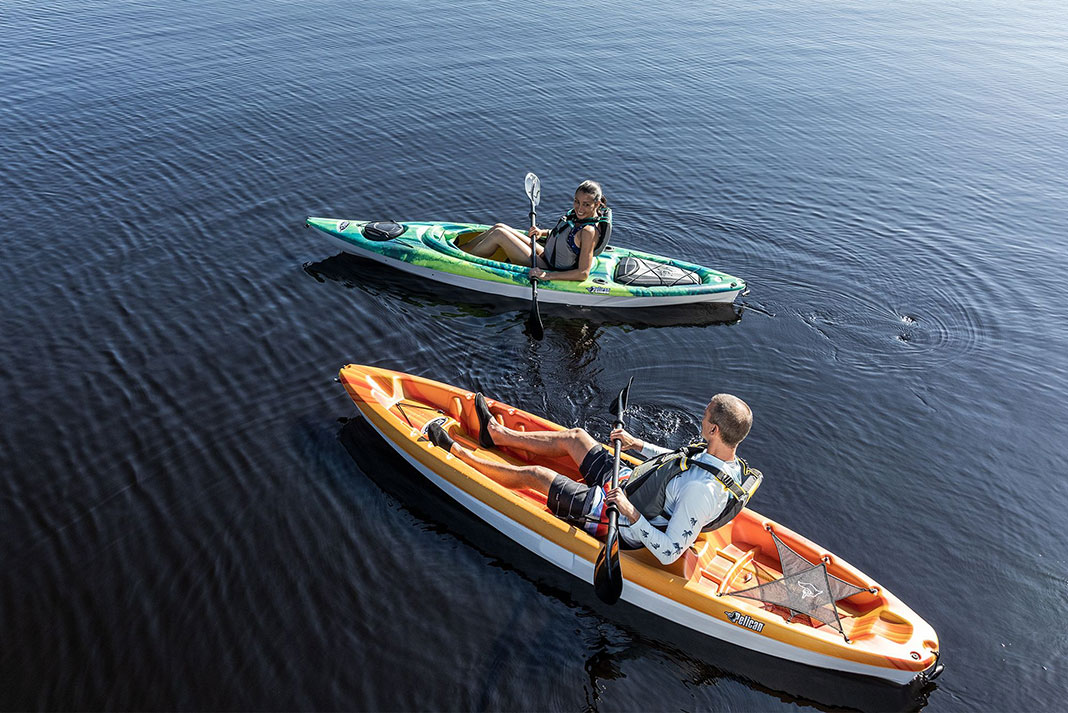 Recreational Kayak Review: Pelican Bandit NXT 100
Recreational Kayak Review: Pelican Bandit NXT 100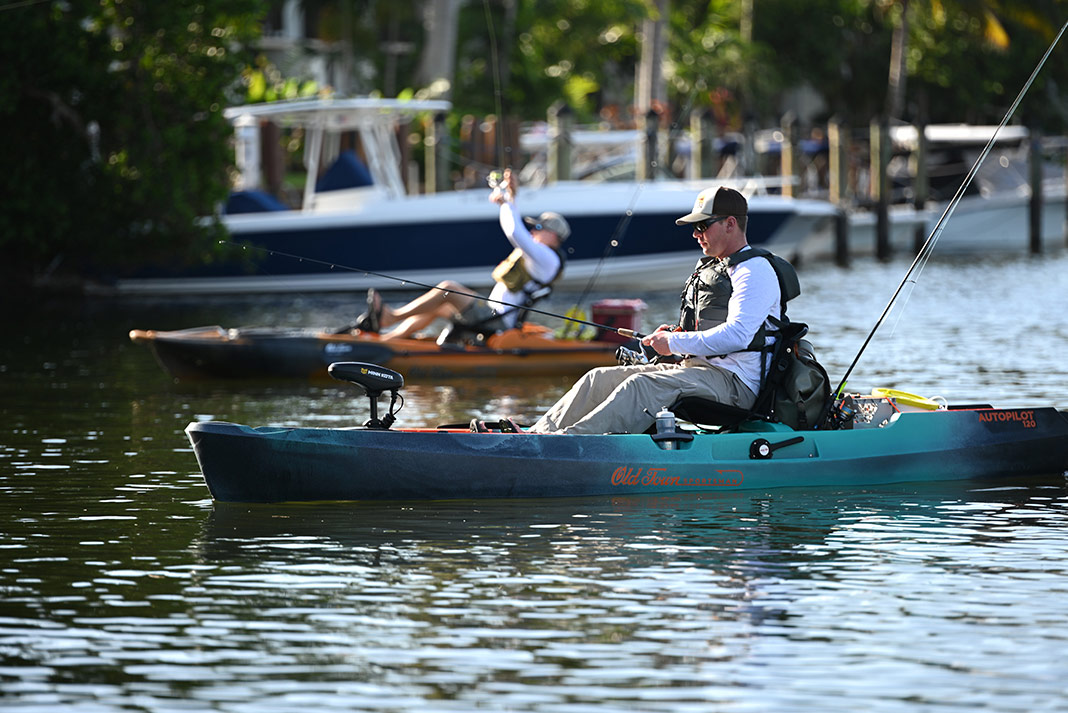 Review Of Old Town’s New Sportsman Line Of Fully Featured Fishing Crafts
Review Of Old Town’s New Sportsman Line Of Fully Featured Fishing Crafts Inflatable Kayak Review: Advanced Elements AdvancedFrame Convertible Elite
Inflatable Kayak Review: Advanced Elements AdvancedFrame Convertible Elite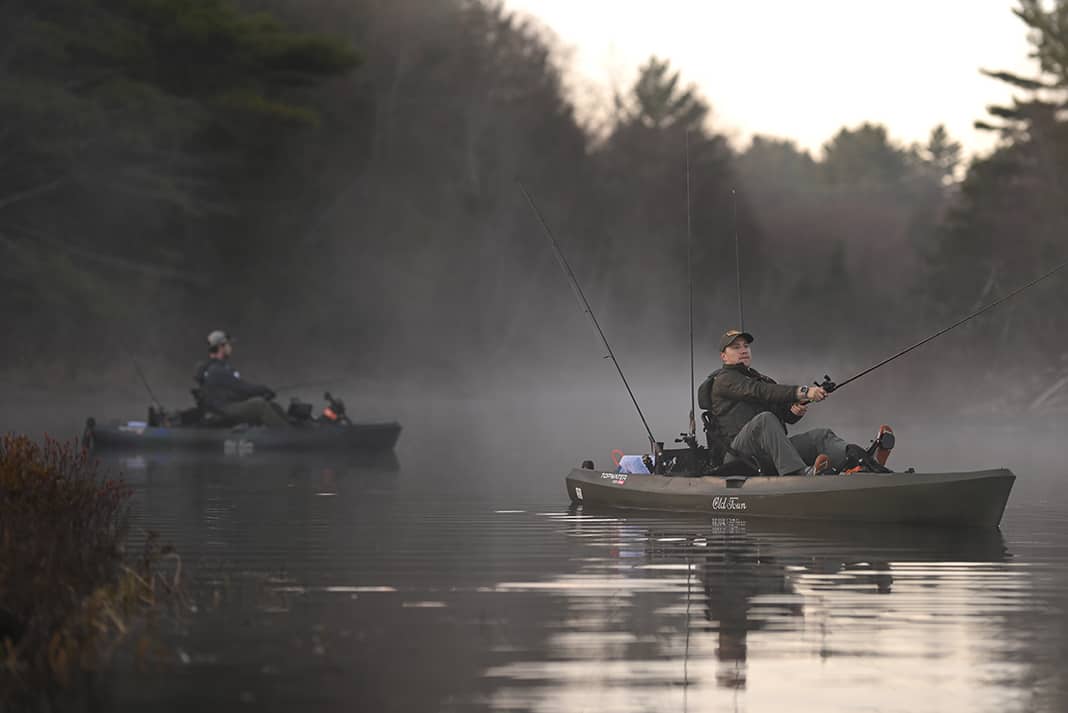 Old Town’s Topwater 120 PDL Pedal Kayak Review
Old Town’s Topwater 120 PDL Pedal Kayak Review
Foldable kayak reviews
Sit-on-top kayak reviews
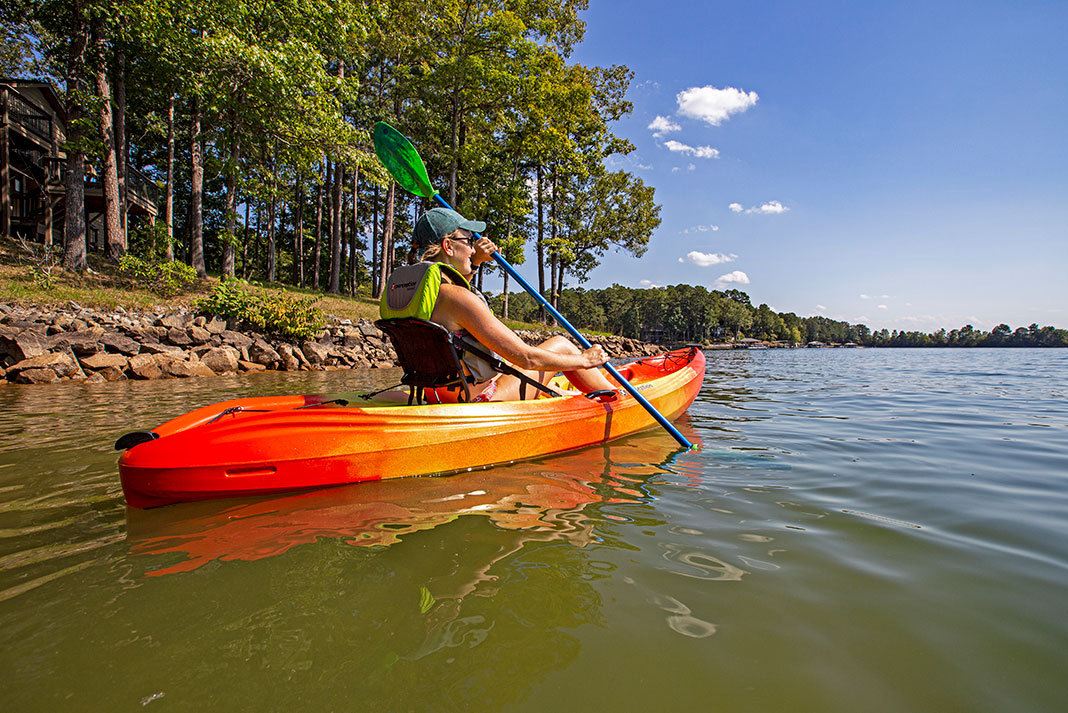 Recreational Kayak Review: Perception Tribe 9.5
Recreational Kayak Review: Perception Tribe 9.5 Recreational Kayak Review: Wilderness Systems Tarpon 100
Recreational Kayak Review: Wilderness Systems Tarpon 100 Fishing Kayak Review: SeaStream Angler 120 PD
Fishing Kayak Review: SeaStream Angler 120 PD Recreational Kayak Review: Ocean Kayak Frenzy
Recreational Kayak Review: Ocean Kayak Frenzy Fishing Kayak Review: Sun Dolphin Journey 10
Fishing Kayak Review: Sun Dolphin Journey 10 Fishing Kayak Review: Ascend 12t
Fishing Kayak Review: Ascend 12t Fishing Kayak Review: Sun Dolphin Boss 12 SS
Fishing Kayak Review: Sun Dolphin Boss 12 SS Fishing Kayak Review: Ascend 10t
Fishing Kayak Review: Ascend 10t Fishing Kayak Review: Lifetime Tamarack Angler 100
Fishing Kayak Review: Lifetime Tamarack Angler 100 Fishing Kayak Review: Ascend 128t
Fishing Kayak Review: Ascend 128t Fishing Kayak Review: Wilderness Systems Recon 120 HD
Fishing Kayak Review: Wilderness Systems Recon 120 HD Fishing Kayak Review: Perception Pescador 12
Fishing Kayak Review: Perception Pescador 12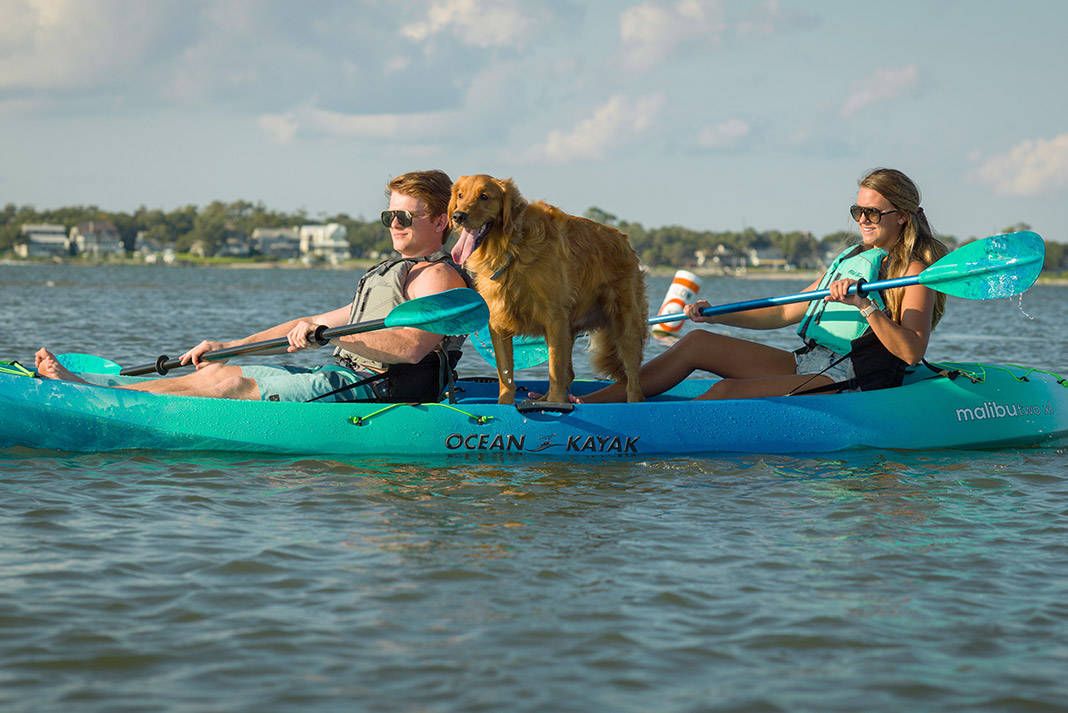 Tandem Recreational Kayak Review: Ocean Kayak Malibu Two
Tandem Recreational Kayak Review: Ocean Kayak Malibu Two Hybrid Fishing SUP Review: Vibe Cubera 120
Hybrid Fishing SUP Review: Vibe Cubera 120 Fishing Kayak Review: Sun Dolphin Journey 12 SS
Fishing Kayak Review: Sun Dolphin Journey 12 SS Recreational Kayak Review: Sun Dolphin Bali 10 SS
Recreational Kayak Review: Sun Dolphin Bali 10 SS Fishing Kayak Review: Vibe Shearwater 125
Fishing Kayak Review: Vibe Shearwater 125 Fishing Kayak Review: Old Town Sportsman 106 Minn Kota
Fishing Kayak Review: Old Town Sportsman 106 Minn Kota Recreational Kayak Review: Lifetime Wave Youth
Recreational Kayak Review: Lifetime Wave Youth Inflatable Pedal Kayak Review: BOTE LONO Aero Apex
Inflatable Pedal Kayak Review: BOTE LONO Aero Apex Recreational Kayak Review: Pelican Bandit NXT 100
Recreational Kayak Review: Pelican Bandit NXT 100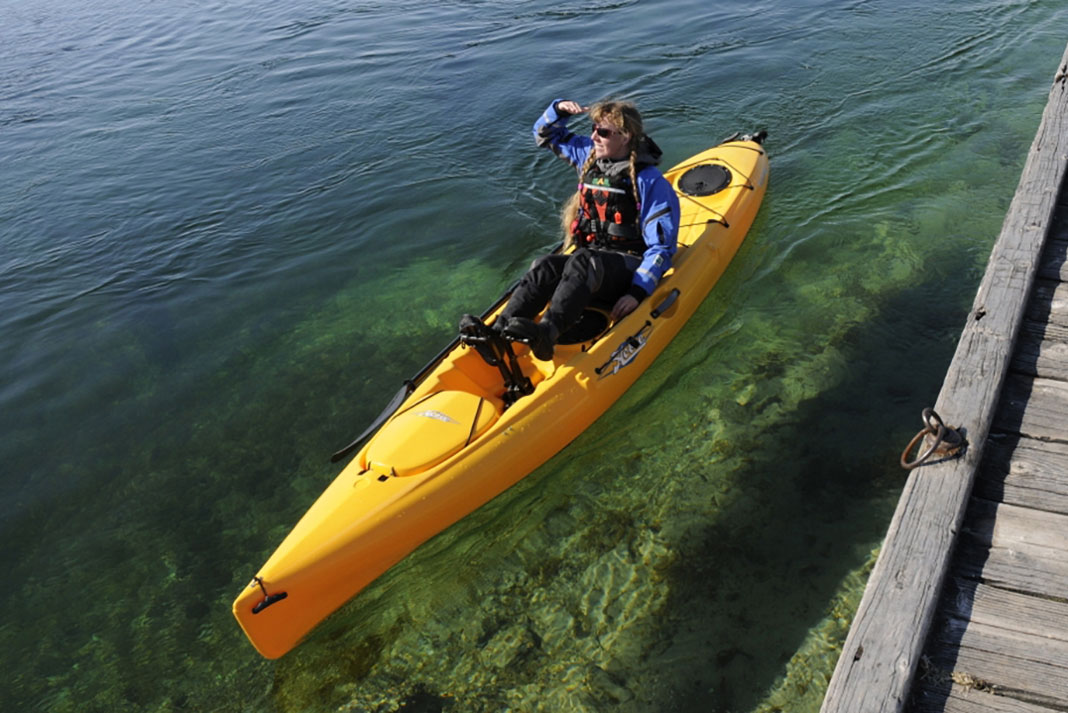 Boat Review: Hobie Mirage Revolution 13 Kayak
Boat Review: Hobie Mirage Revolution 13 Kayak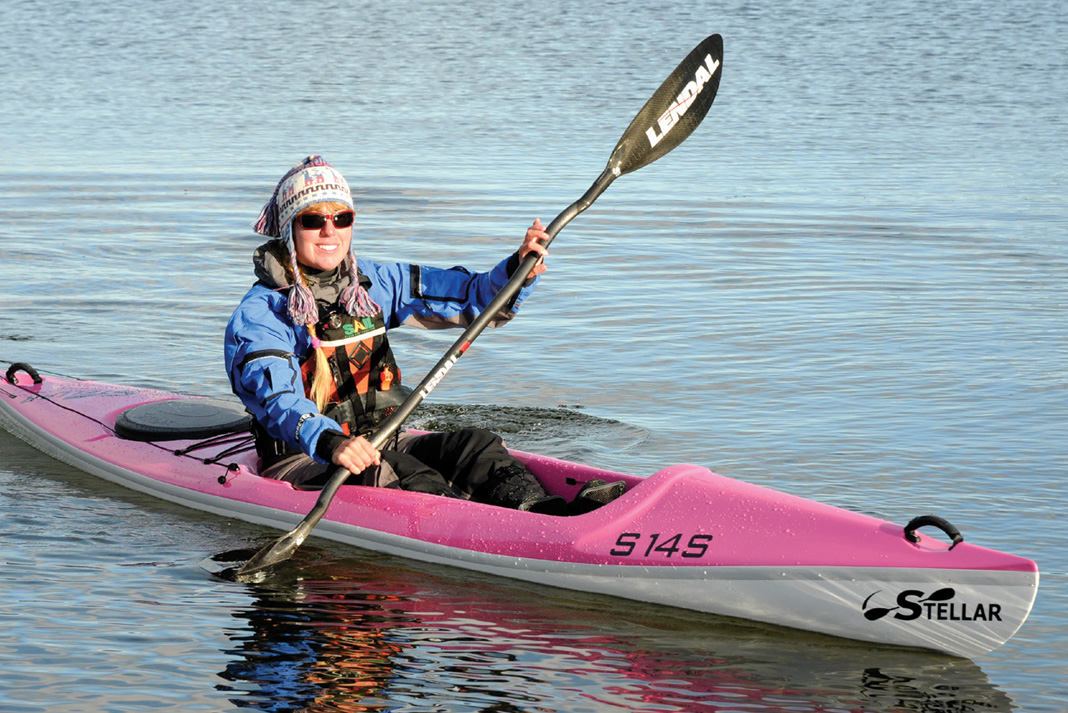 Boat Review: Stellar S14S Surfski
Boat Review: Stellar S14S Surfski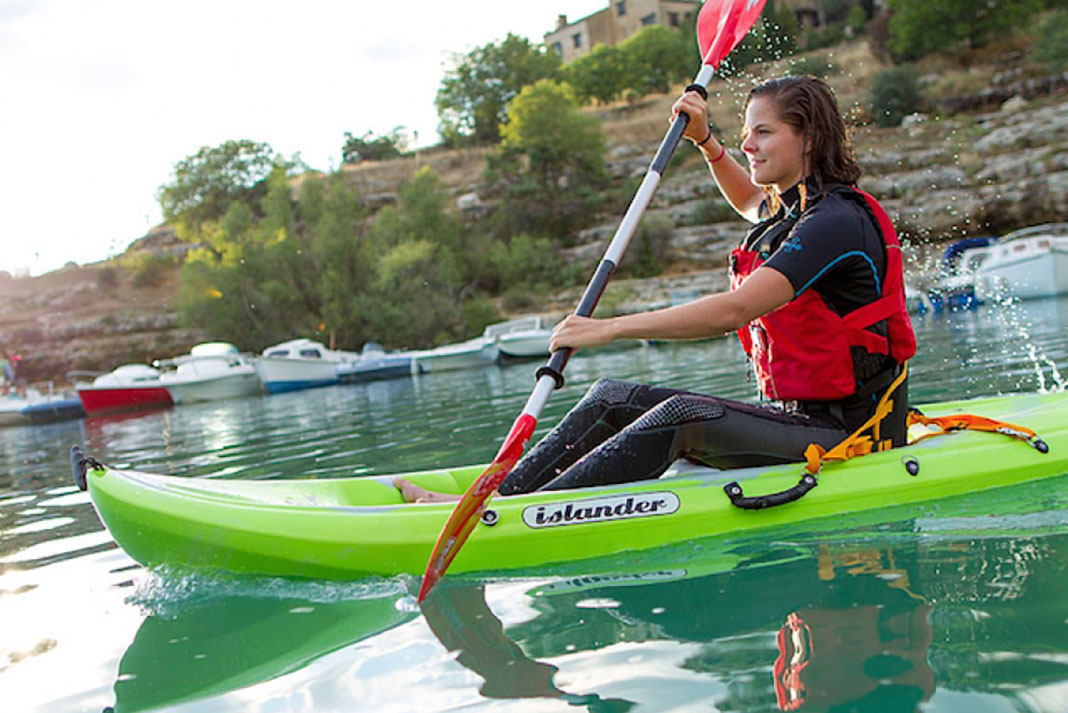 Boat Review: Islander Hula Sit-On-Top Kayak
Boat Review: Islander Hula Sit-On-Top Kayak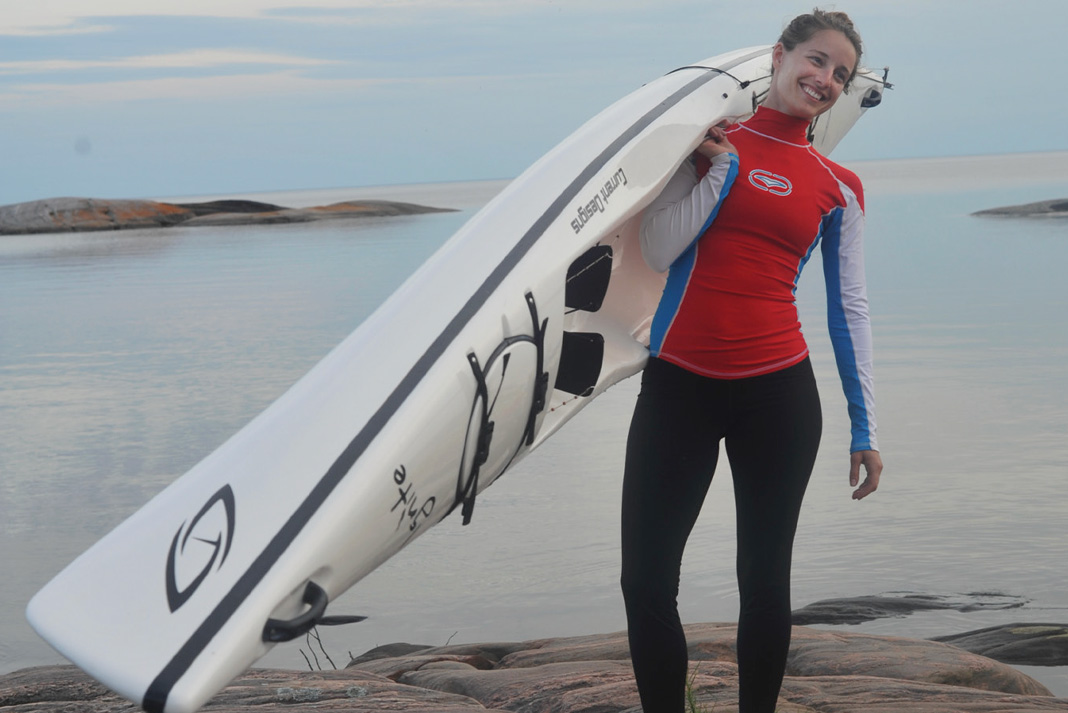 Boat Review: Current Designs Ignite Kayak
Boat Review: Current Designs Ignite Kayak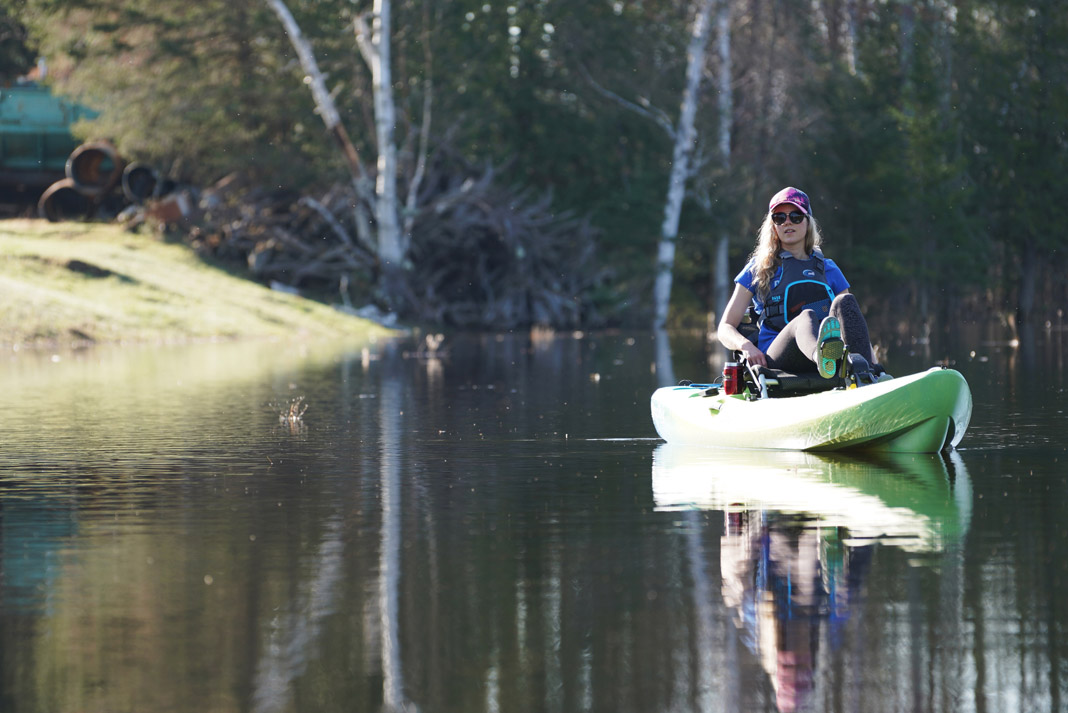 Boat Review: Ocean Kayak Malibu Pedal
Boat Review: Ocean Kayak Malibu Pedal Old Town’s Topwater 120 PDL Pedal Kayak Review
Old Town’s Topwater 120 PDL Pedal Kayak Review Inflatable Kayak Review: Hobie Mirage i9S
Inflatable Kayak Review: Hobie Mirage i9S
Sit-inside kayak reviews
 Kayak Review: Sun Dolphin Excursion 10
Kayak Review: Sun Dolphin Excursion 10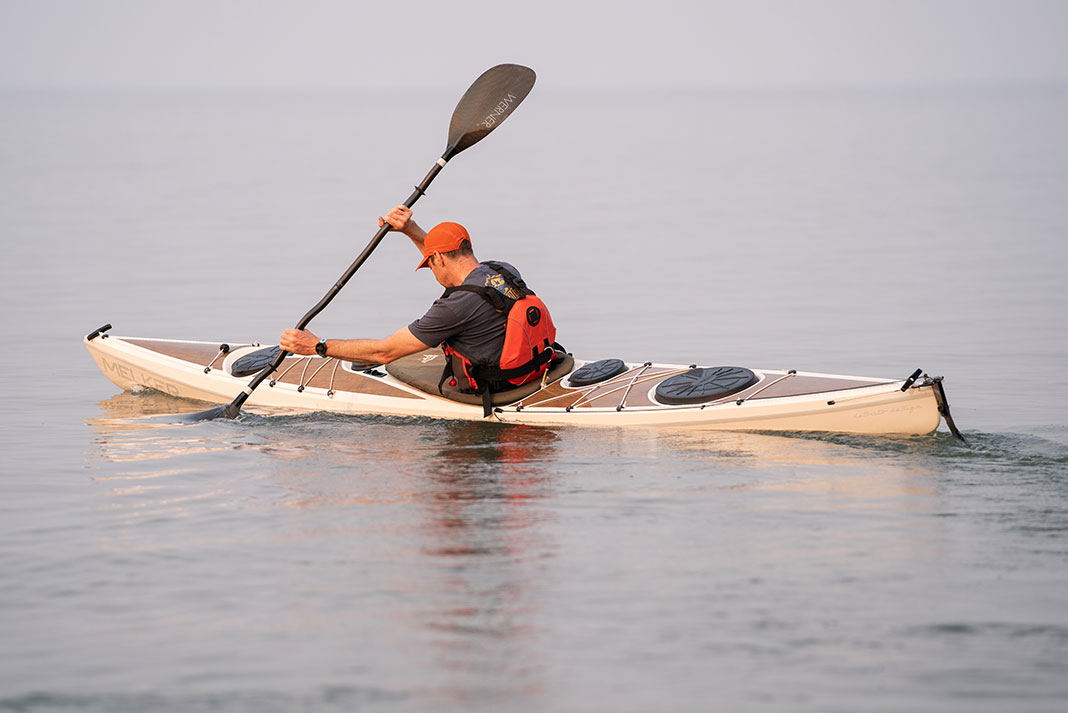 Sea Kayak Review: Melker Rödlöga HV
Sea Kayak Review: Melker Rödlöga HV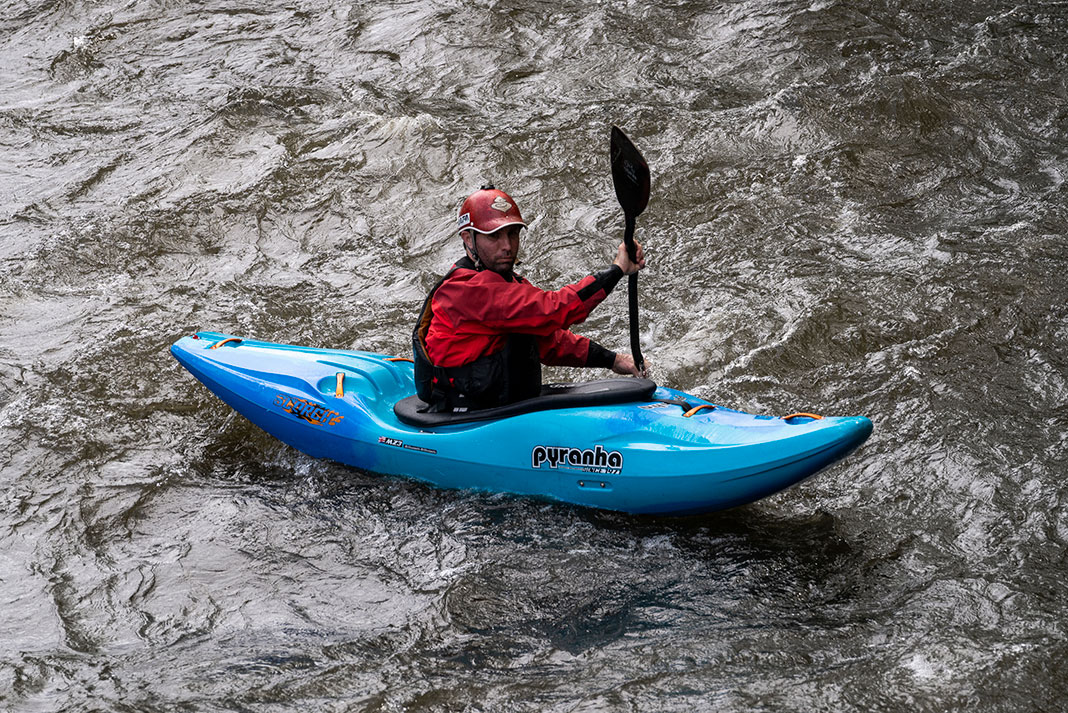 Whitewater Kayak Review: Pyranha Scorch
Whitewater Kayak Review: Pyranha Scorch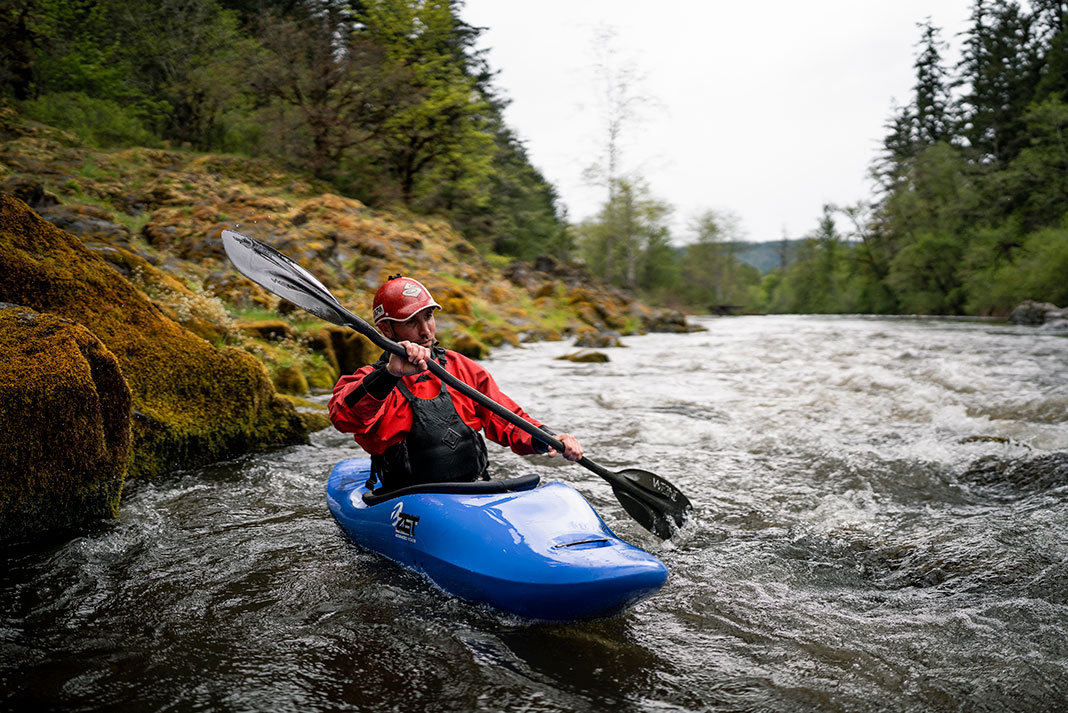 Whitewater Kayak Review: Zet Chili
Whitewater Kayak Review: Zet Chili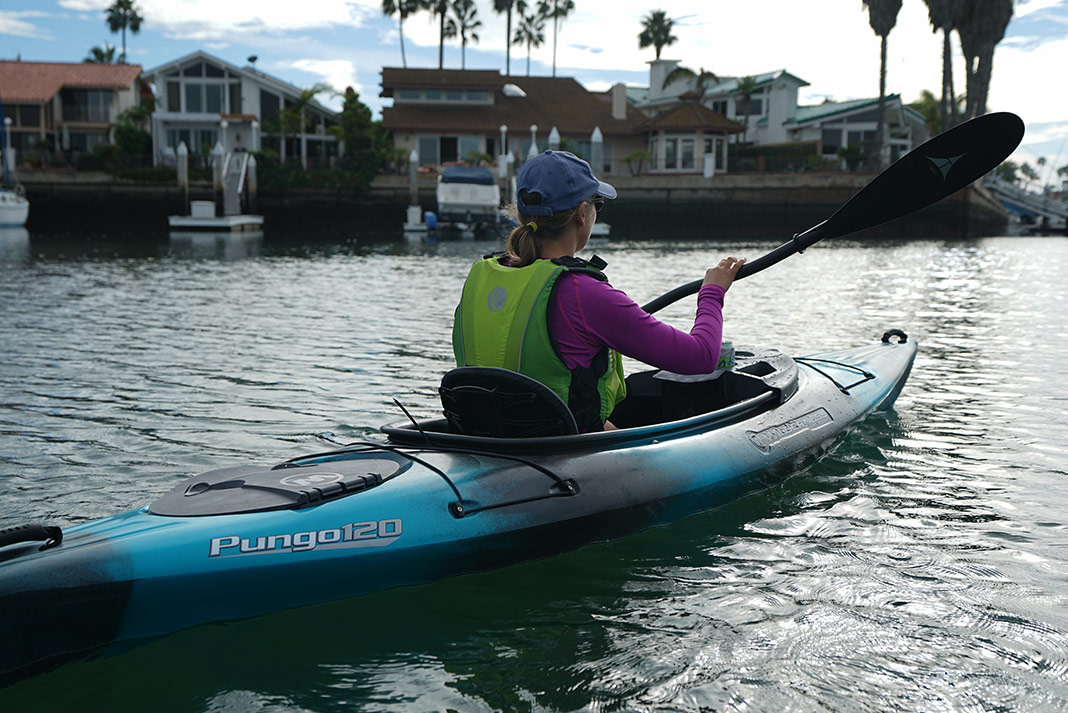 Recreational Kayak Review: Wilderness Systems Pungo 120
Recreational Kayak Review: Wilderness Systems Pungo 120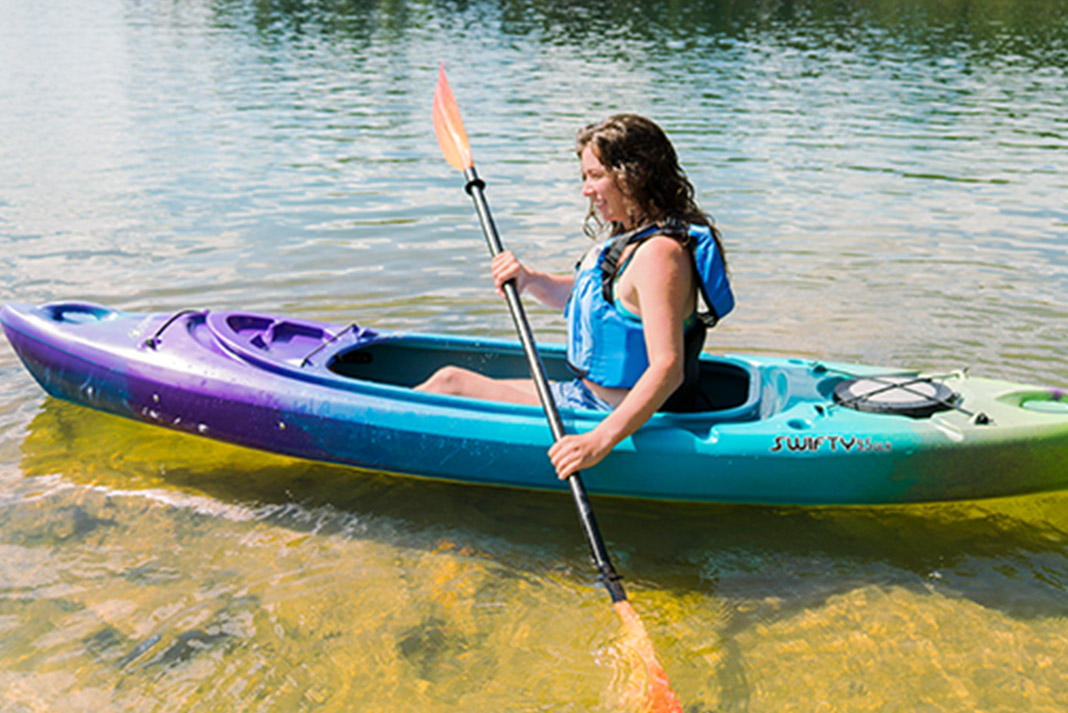 Recreational Kayak Review: Perception Swifty Deluxe 9.5
Recreational Kayak Review: Perception Swifty Deluxe 9.5 Fishing Kayak Review: Ascend FS10
Fishing Kayak Review: Ascend FS10 Whitewater Kayak Review: Jackson Antix 2.0
Whitewater Kayak Review: Jackson Antix 2.0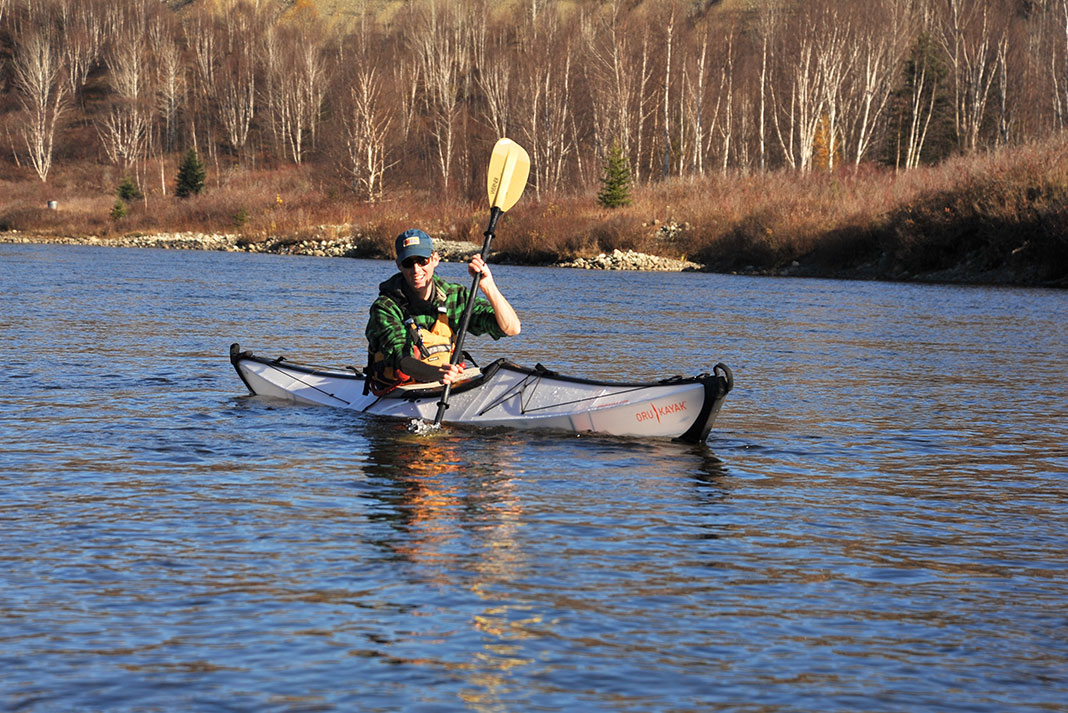 Folding Kayak Review: Oru Bay ST
Folding Kayak Review: Oru Bay ST Recreational Kayak Review: Pelican Trailblazer 100 NXT
Recreational Kayak Review: Pelican Trailblazer 100 NXT Fishing Kayak Review: Old Town Vapor 10
Fishing Kayak Review: Old Town Vapor 10 Recreational Kayak Review: Sun Dolphin Aruba 10
Recreational Kayak Review: Sun Dolphin Aruba 10 Fishing Kayak Review: Pelican Mustang 100x
Fishing Kayak Review: Pelican Mustang 100x Recreational Kayak Review: Old Town Otter
Recreational Kayak Review: Old Town Otter Folding Kayak Review: Oru Inlet
Folding Kayak Review: Oru Inlet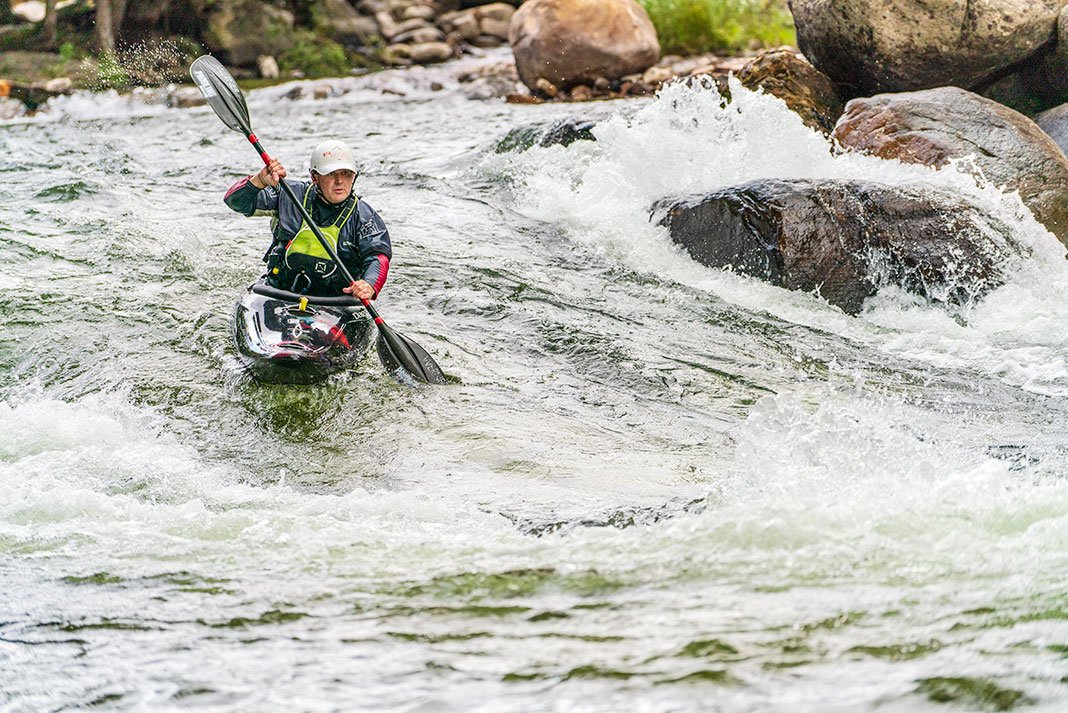 Whitewater Kayak Review: Dagger Rewind
Whitewater Kayak Review: Dagger Rewind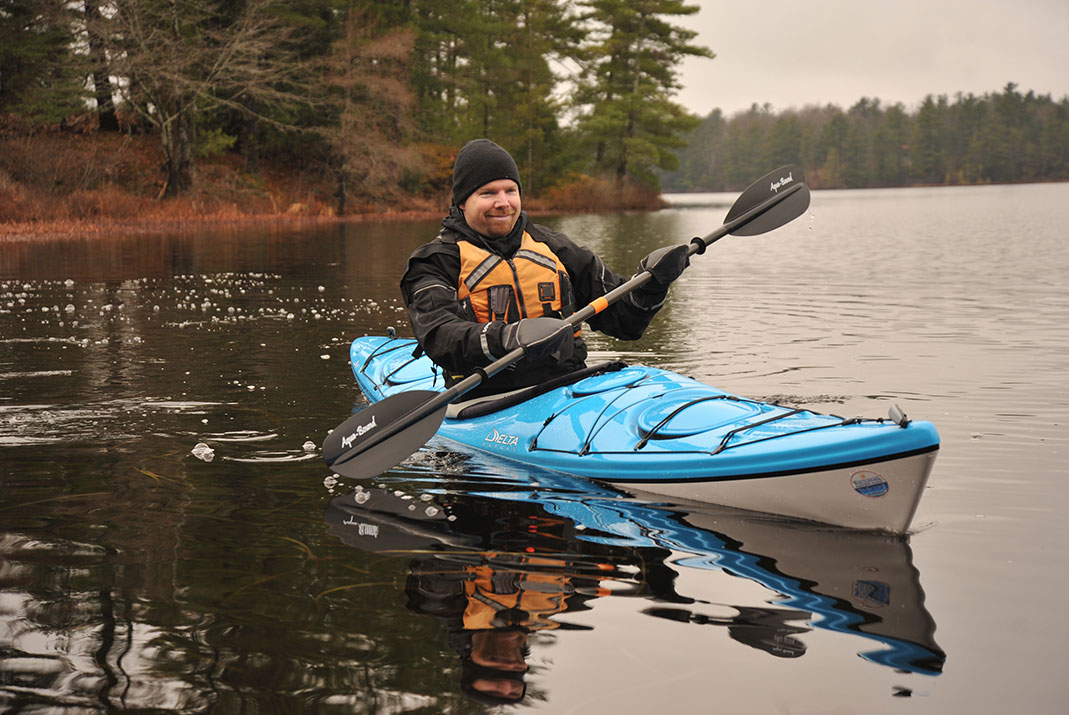 Touring Kayak Review: Delta Kayaks 14
Touring Kayak Review: Delta Kayaks 14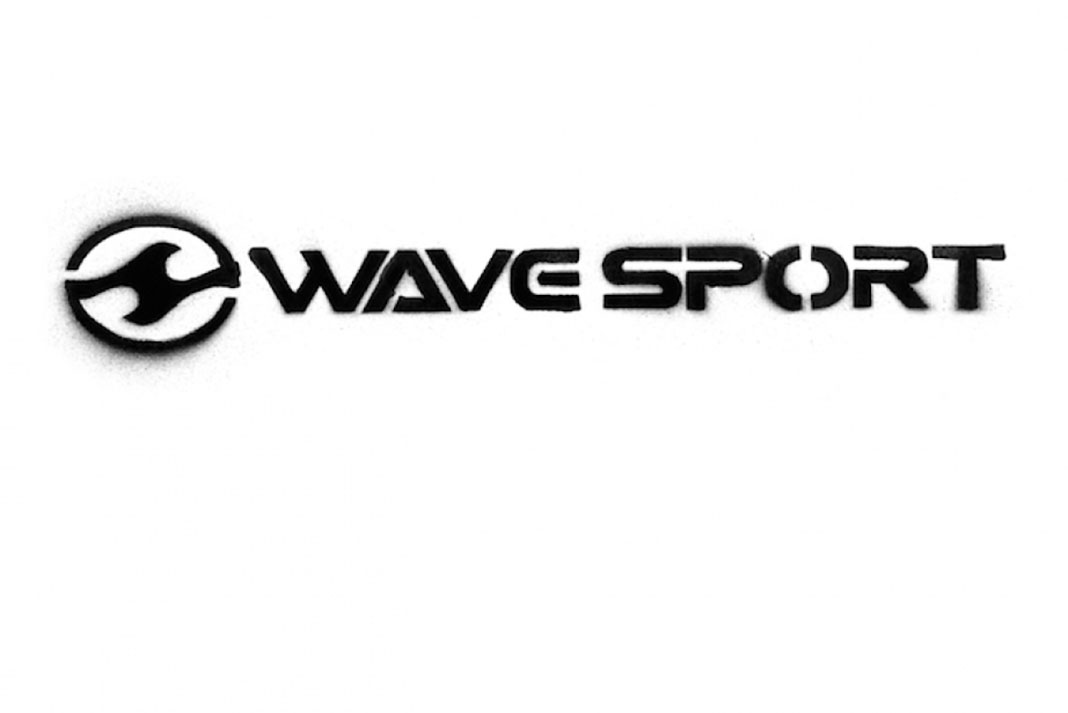 Boat Review: WaveSport ACE Kayak
Boat Review: WaveSport ACE Kayak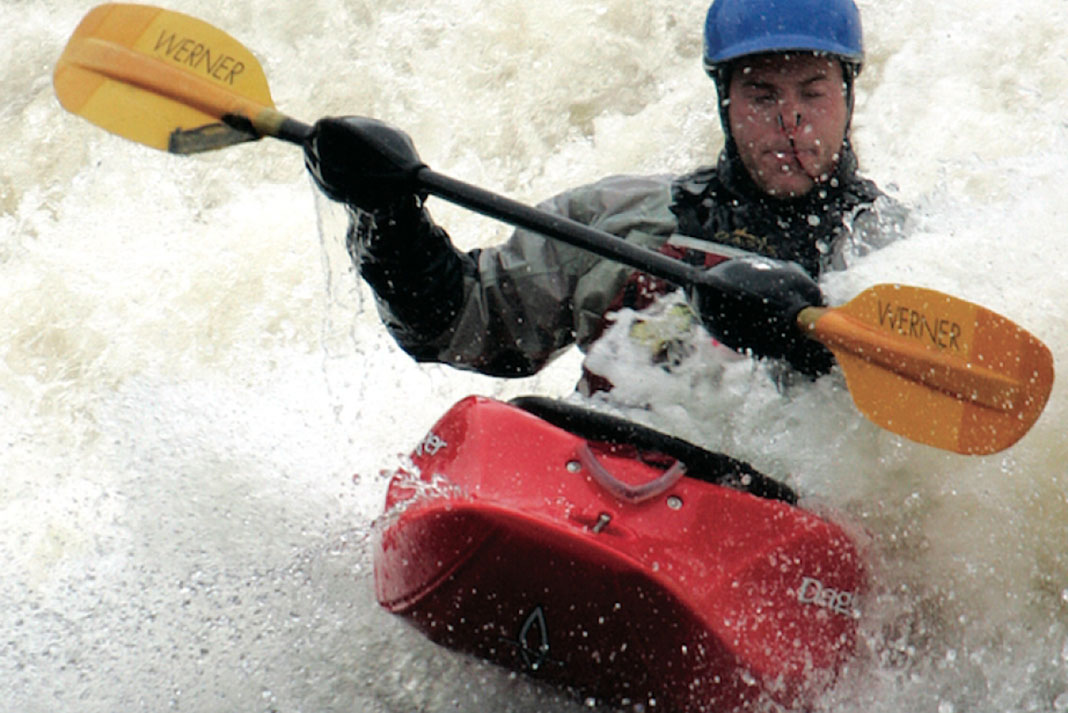 Boat Review: Dagger Crazy 88 Kayak
Boat Review: Dagger Crazy 88 Kayak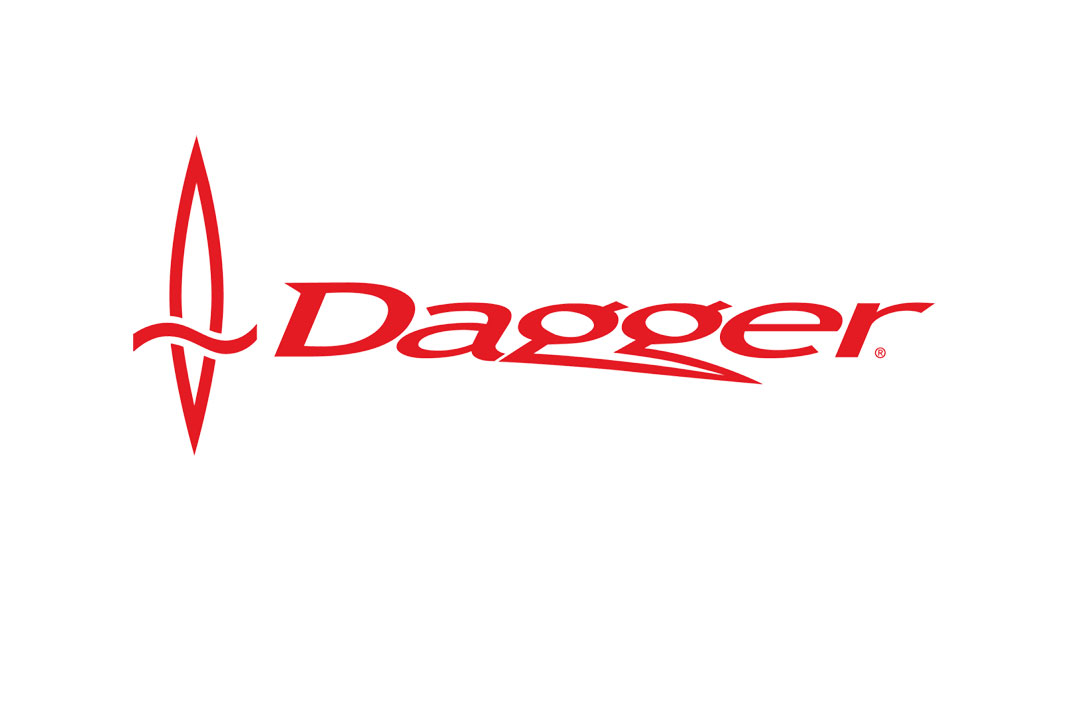 Boat Review: Dagger Super Ego Kayak
Boat Review: Dagger Super Ego Kayak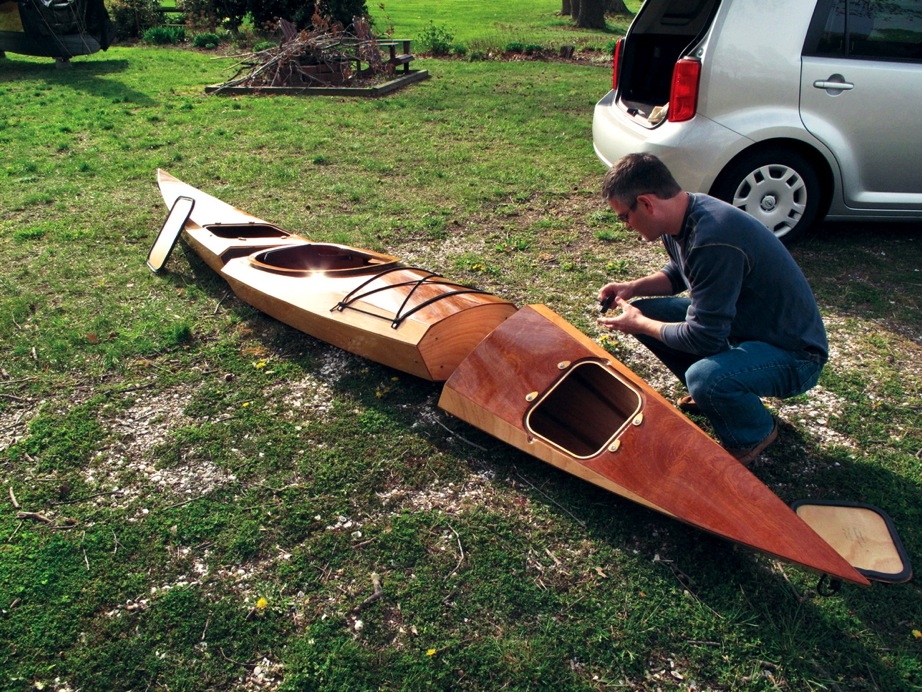 Boat Review: Chesapeake Shearwater 14 Sectional Kayak
Boat Review: Chesapeake Shearwater 14 Sectional Kayak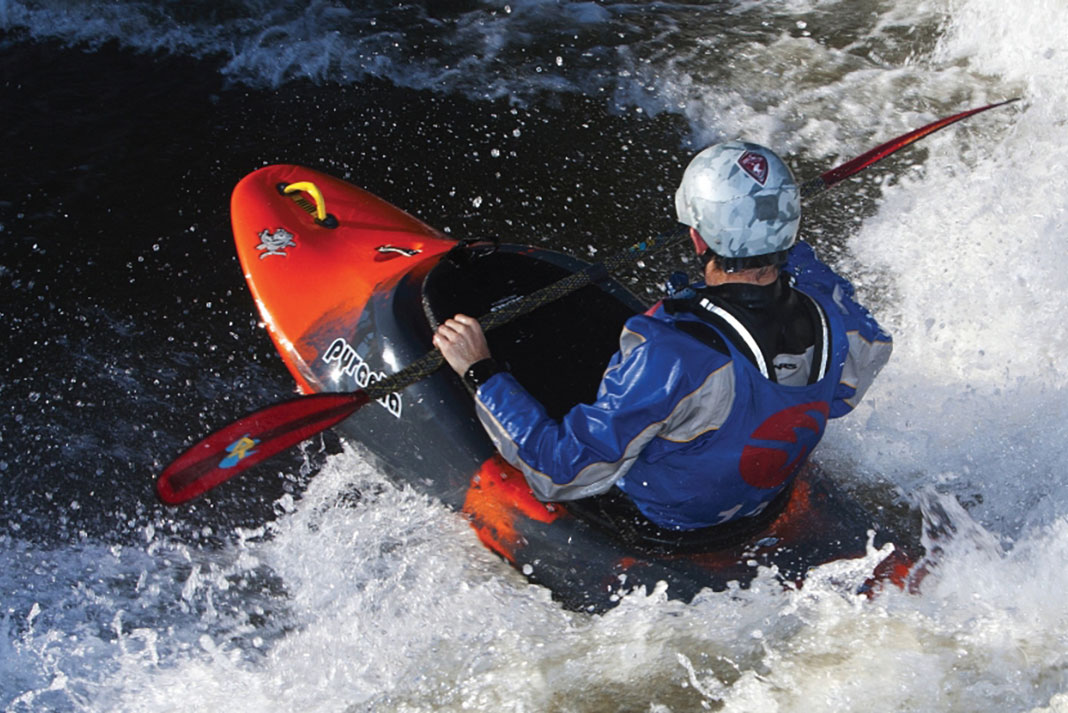 Boat Review: Pyranha Varun Kayak
Boat Review: Pyranha Varun Kayak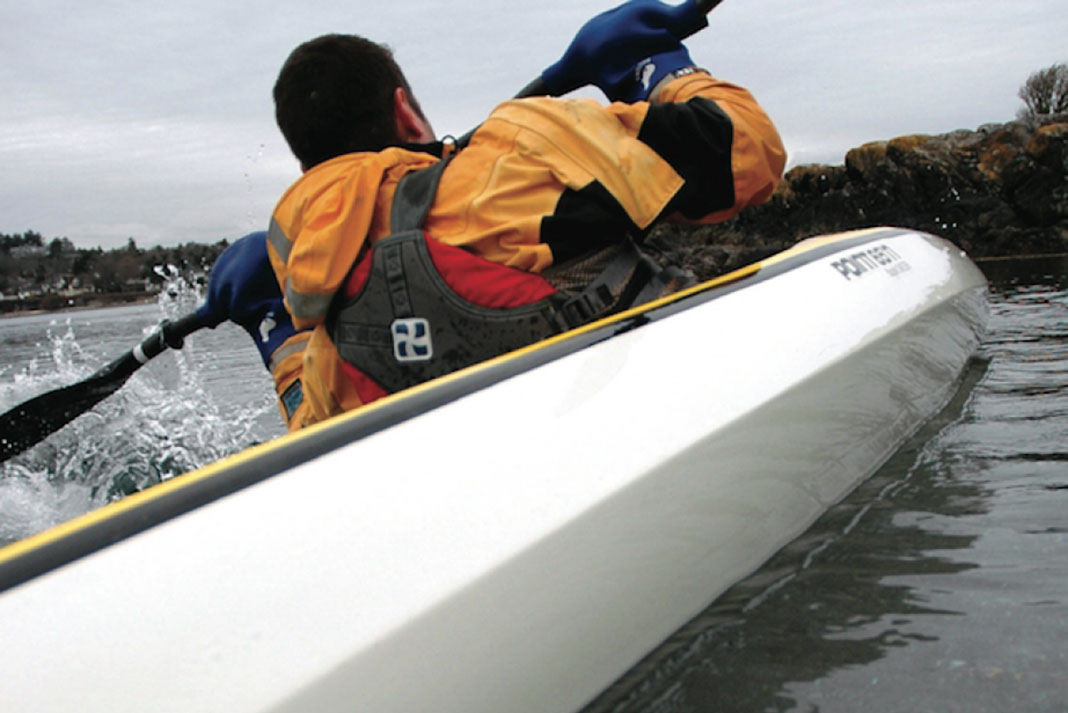 Boat Review: Point 65 Whisky 16 Kayak
Boat Review: Point 65 Whisky 16 Kayak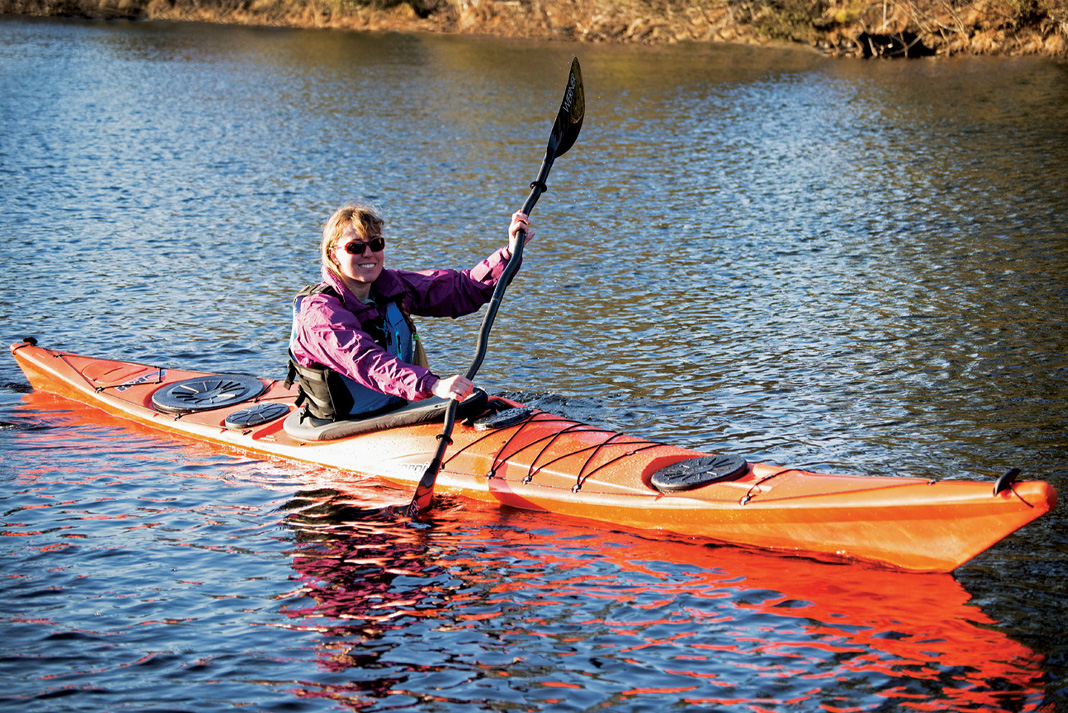 Boat Review: P&H Scorpio MKII LV Kayak
Boat Review: P&H Scorpio MKII LV Kayak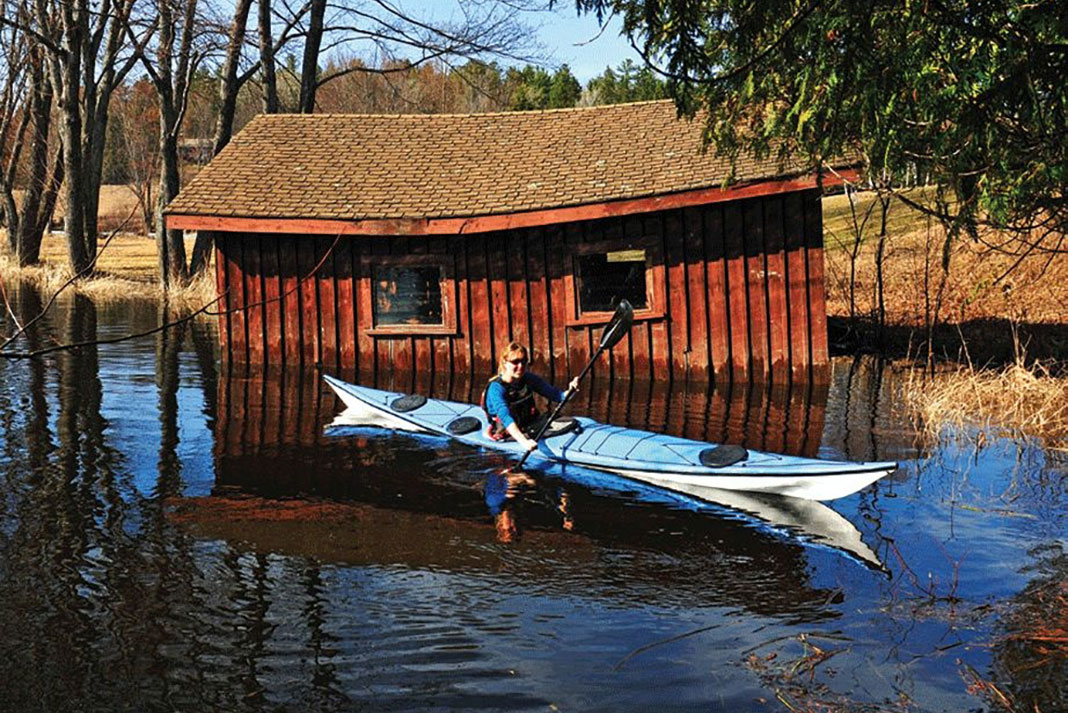 Boat Review: Nigel Dennis Pilgrim Expedition Kayak
Boat Review: Nigel Dennis Pilgrim Expedition Kayak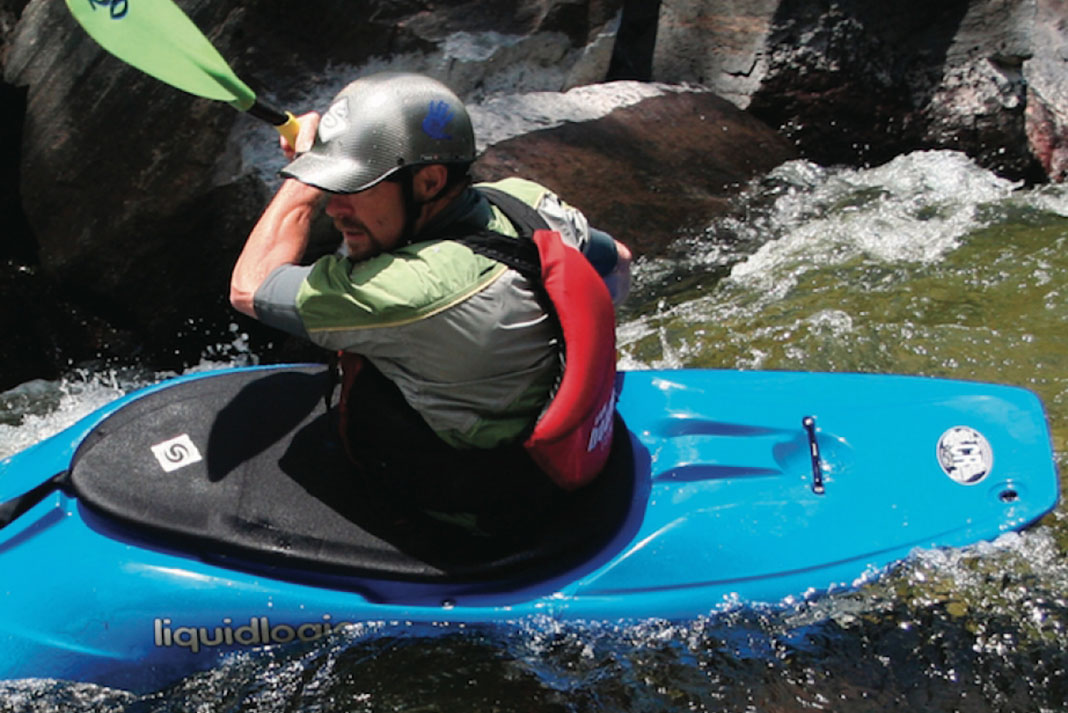 Boat Review: LiquidLogic CR125 and CR250 Kayaks
Boat Review: LiquidLogic CR125 and CR250 Kayaks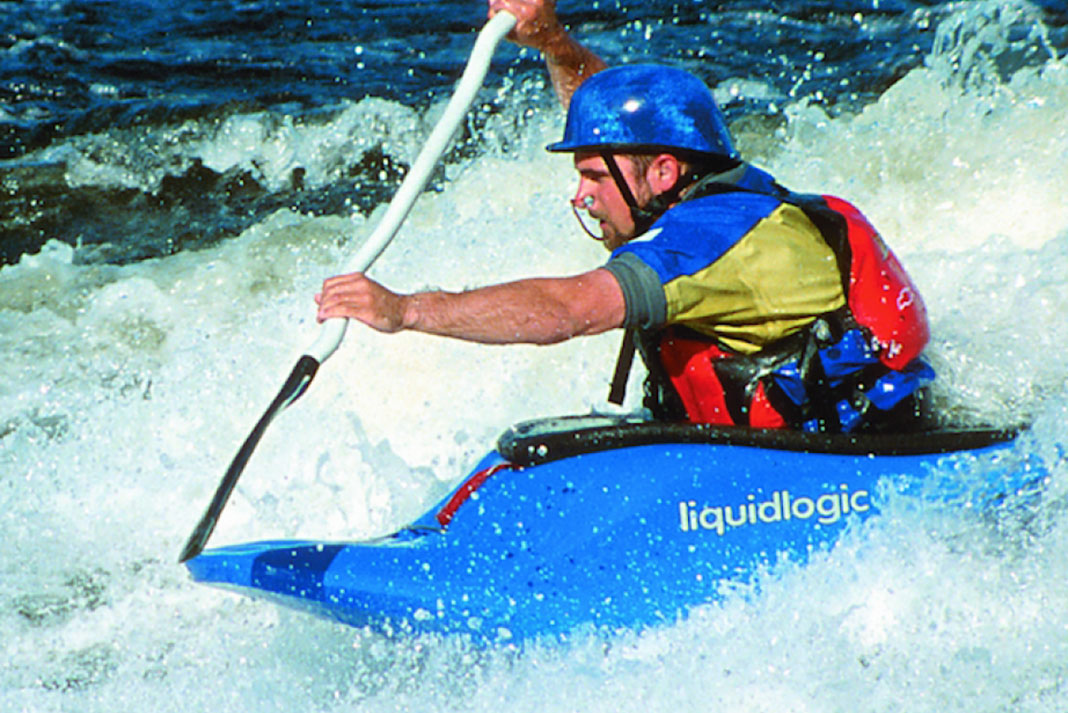 Boat Review: Liquidlogic Skip And Pop Kayaks
Boat Review: Liquidlogic Skip And Pop Kayaks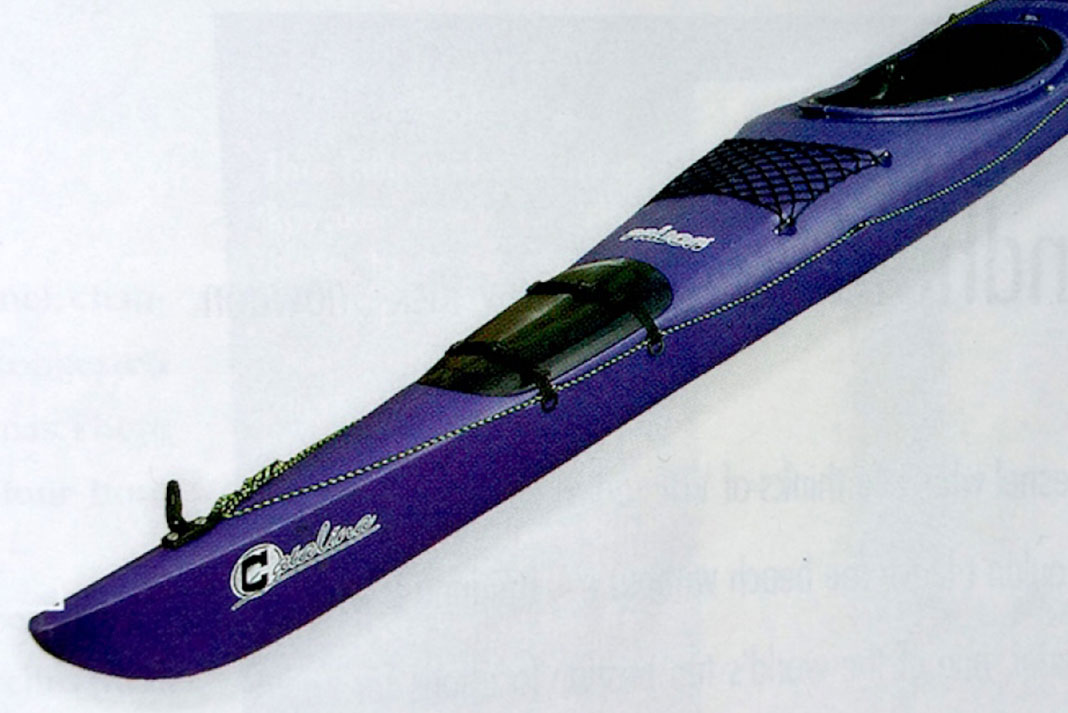 Boat Review: Prijon Catalina Kayak
Boat Review: Prijon Catalina Kayak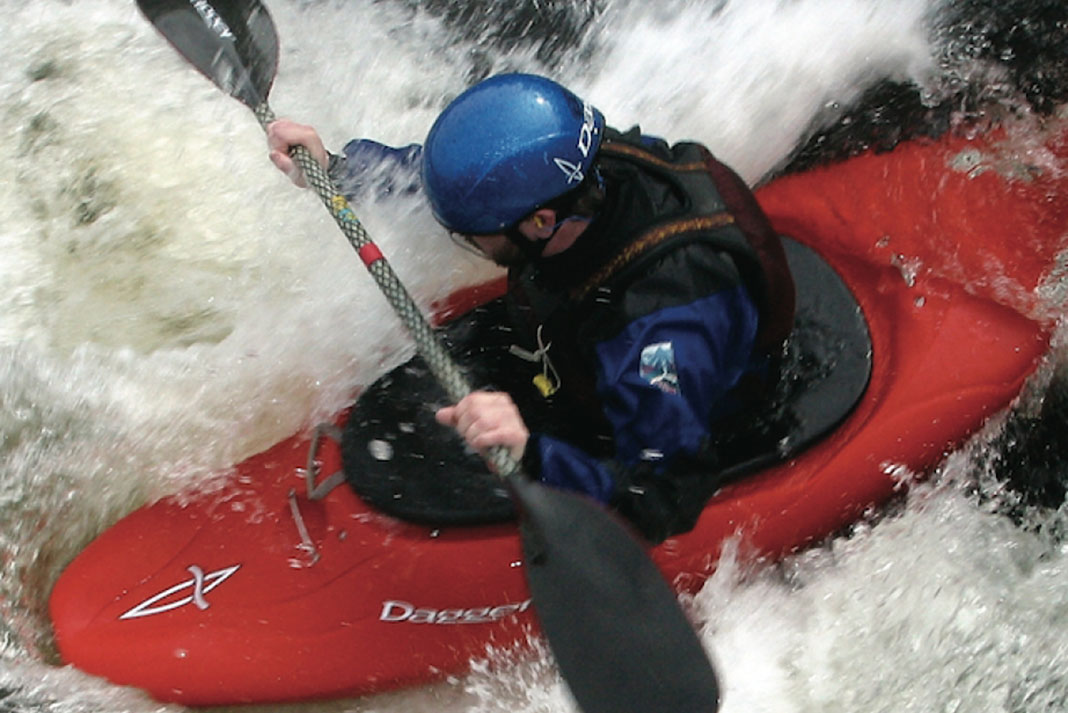 Boat Review: Dagger Juice Kayak
Boat Review: Dagger Juice Kayak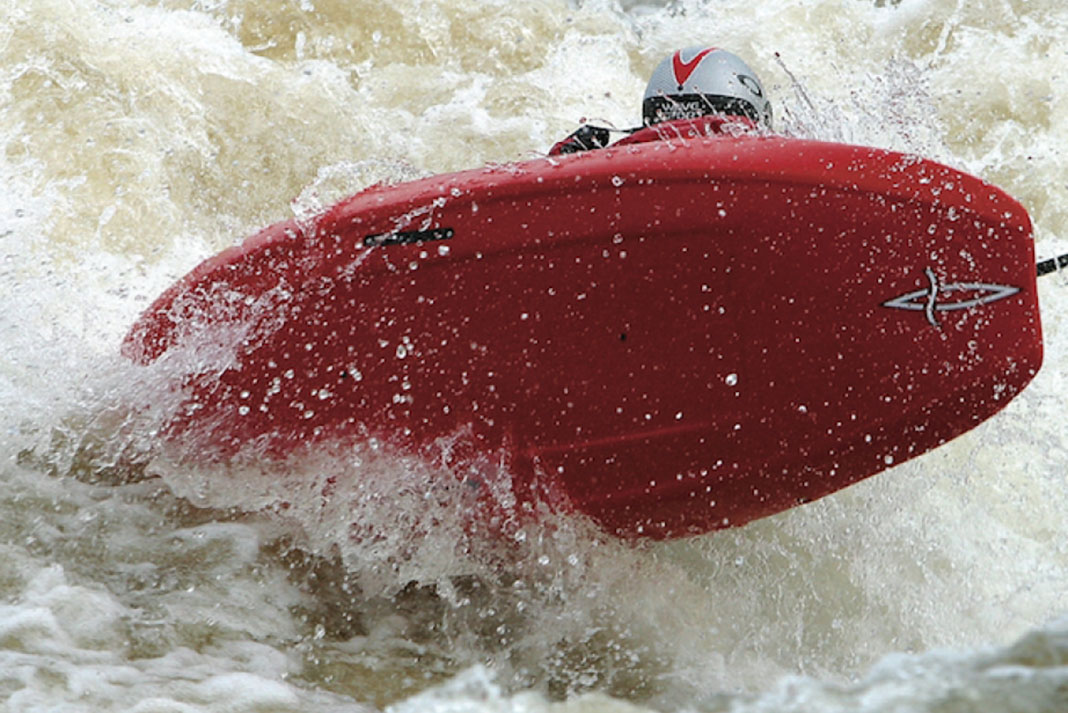 Boat Review: Dagger Kingpin Icon Kayak
Boat Review: Dagger Kingpin Icon Kayak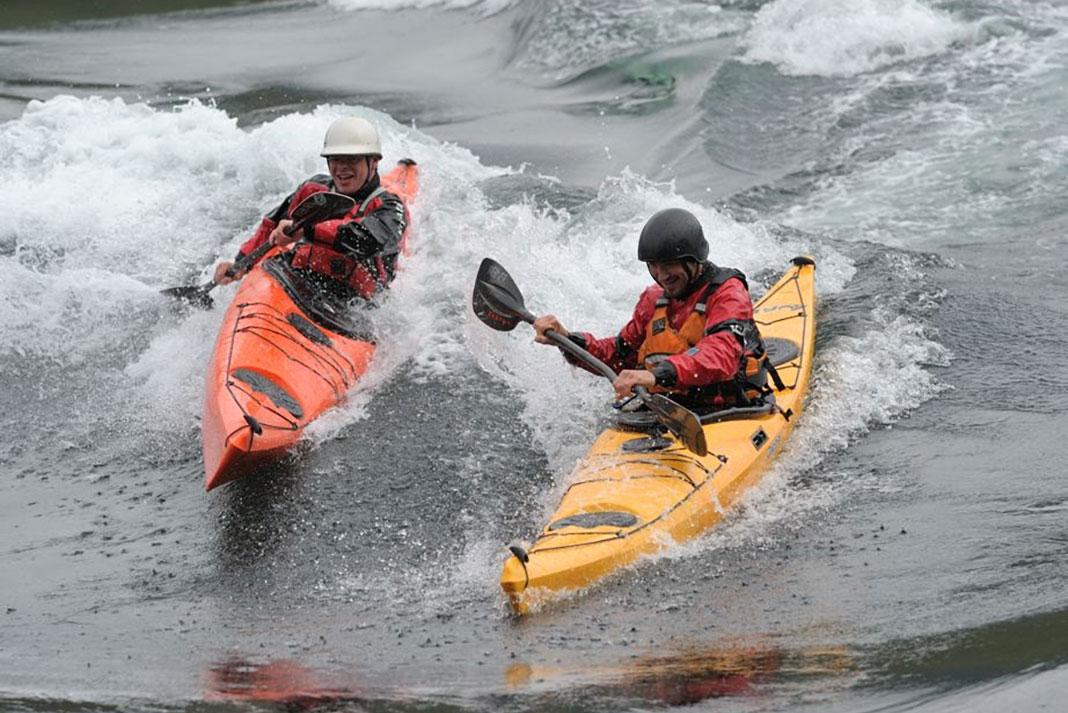 Boat Review: P&H Delphin Kayak
Boat Review: P&H Delphin Kayak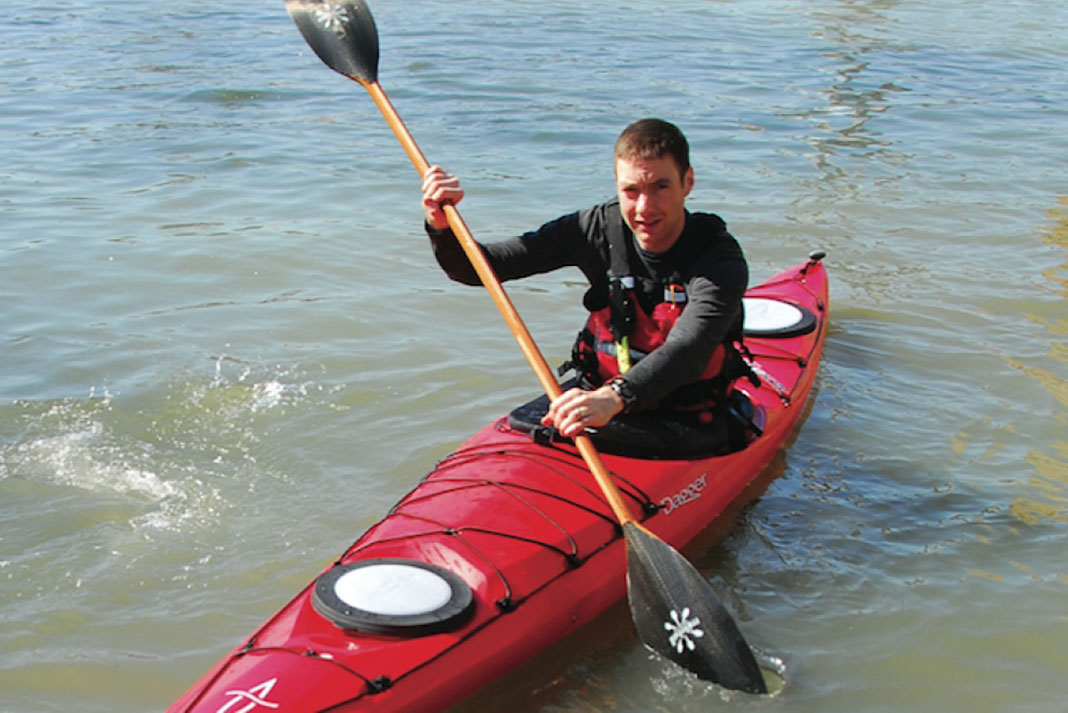 Boat Review: Dagger Alchemy 14.0
Boat Review: Dagger Alchemy 14.0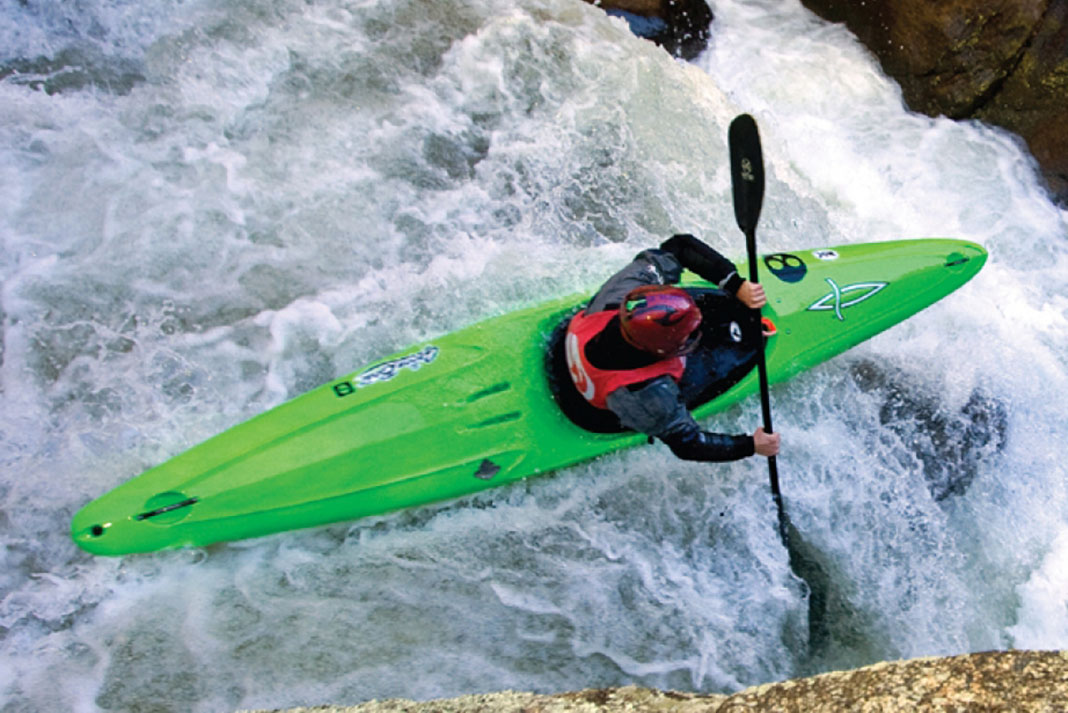 Boat Review: Dagger Green Boat Kayak
Boat Review: Dagger Green Boat Kayak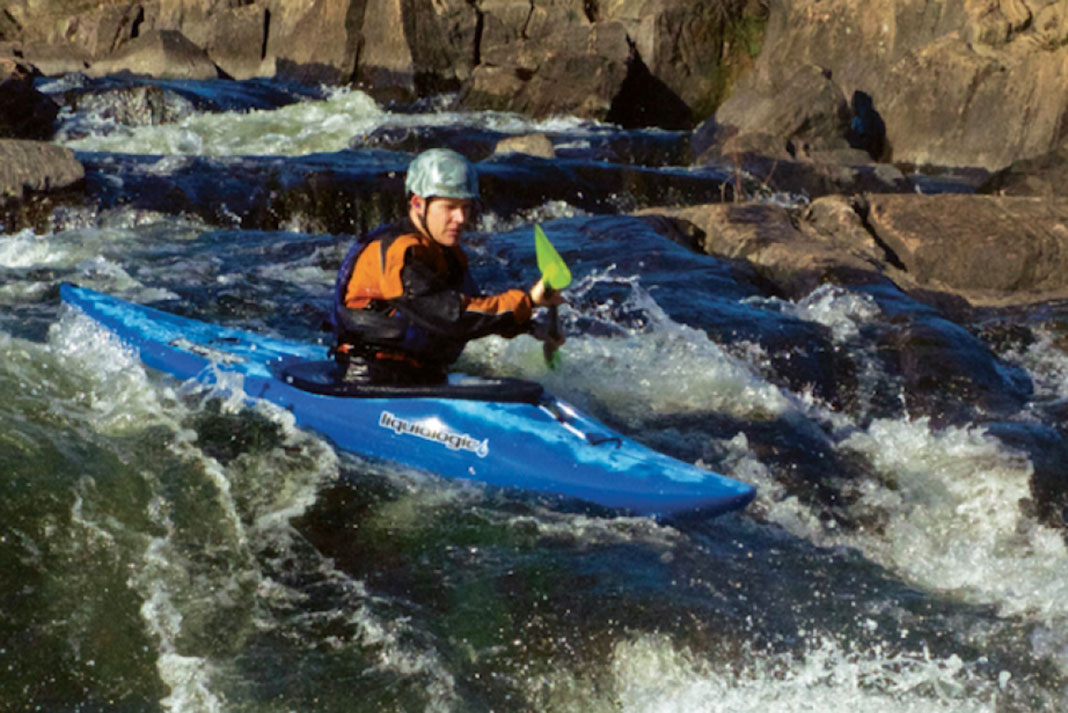 Boat Review: Liquidlogic Braaap Kayak
Boat Review: Liquidlogic Braaap Kayak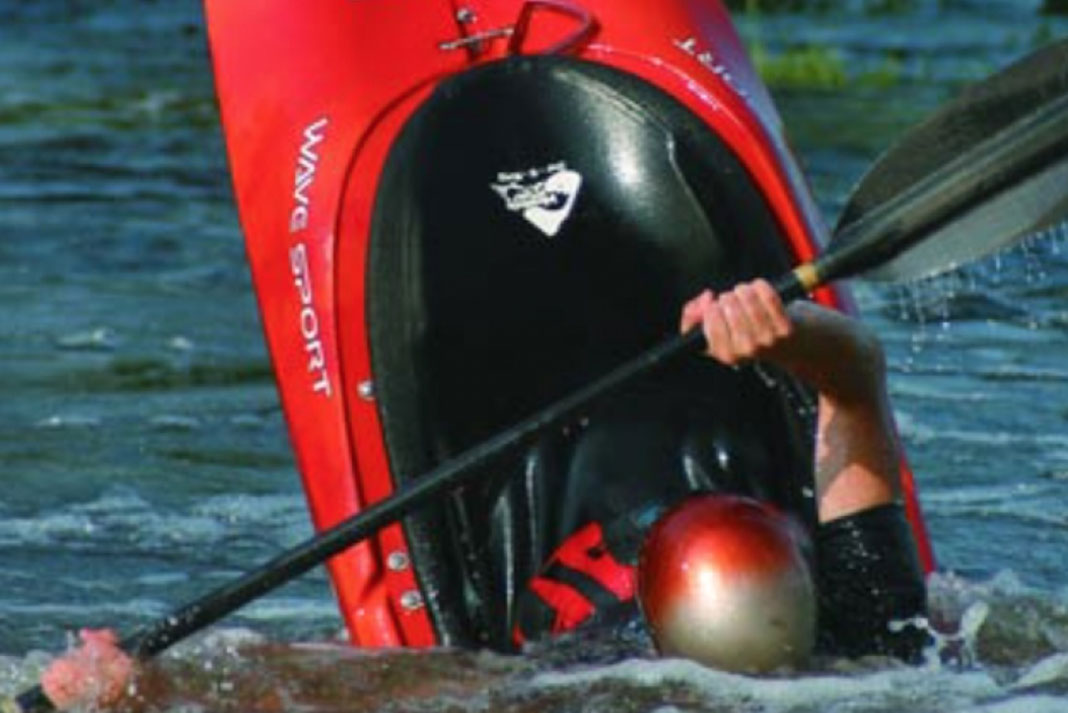 Boat Review: WaveSport Super EZ Kayak
Boat Review: WaveSport Super EZ Kayak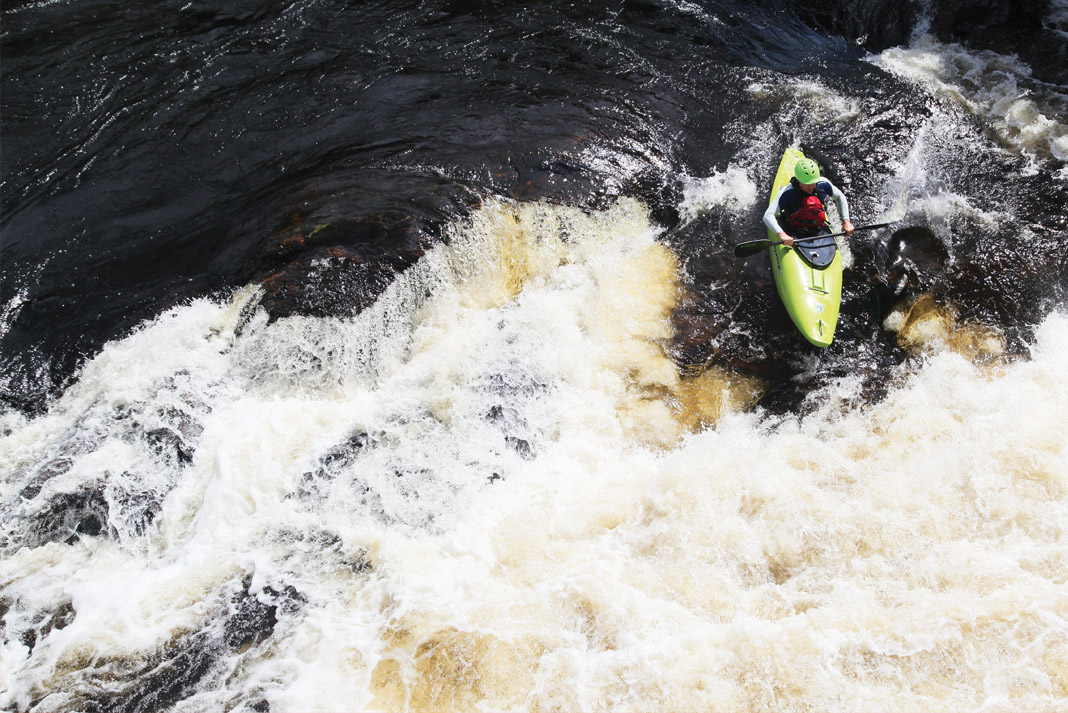 Creek Boat Review: Liquidlogic Mullet Kayak
Creek Boat Review: Liquidlogic Mullet Kayak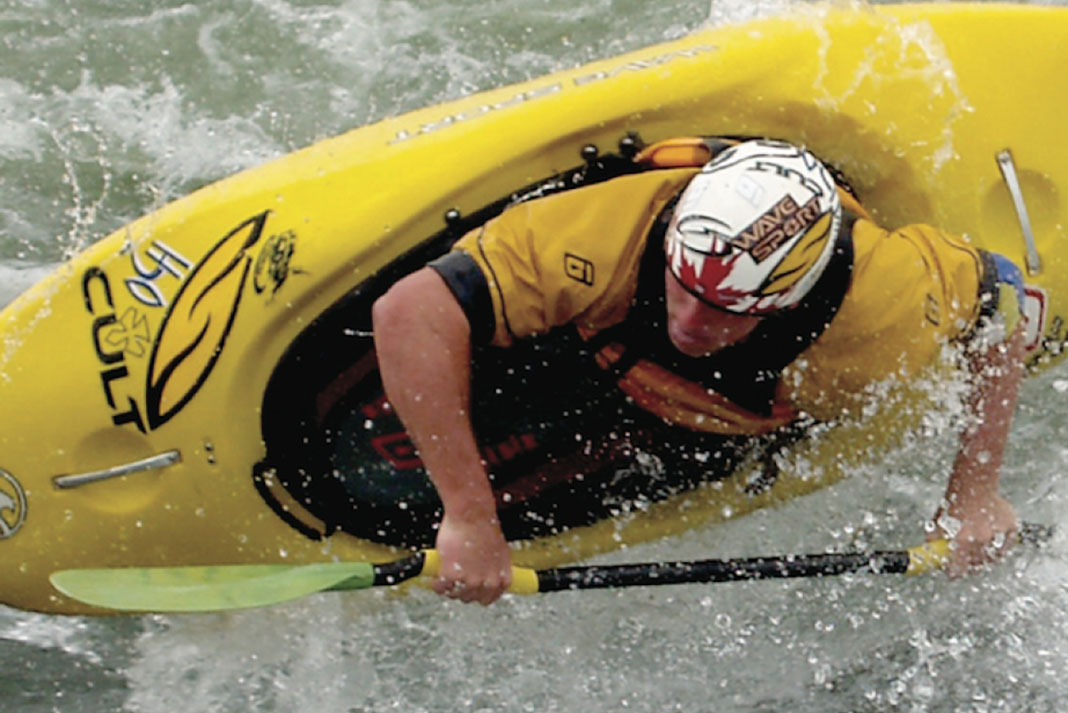 Boat Review: WaveSport Project Kayak
Boat Review: WaveSport Project Kayak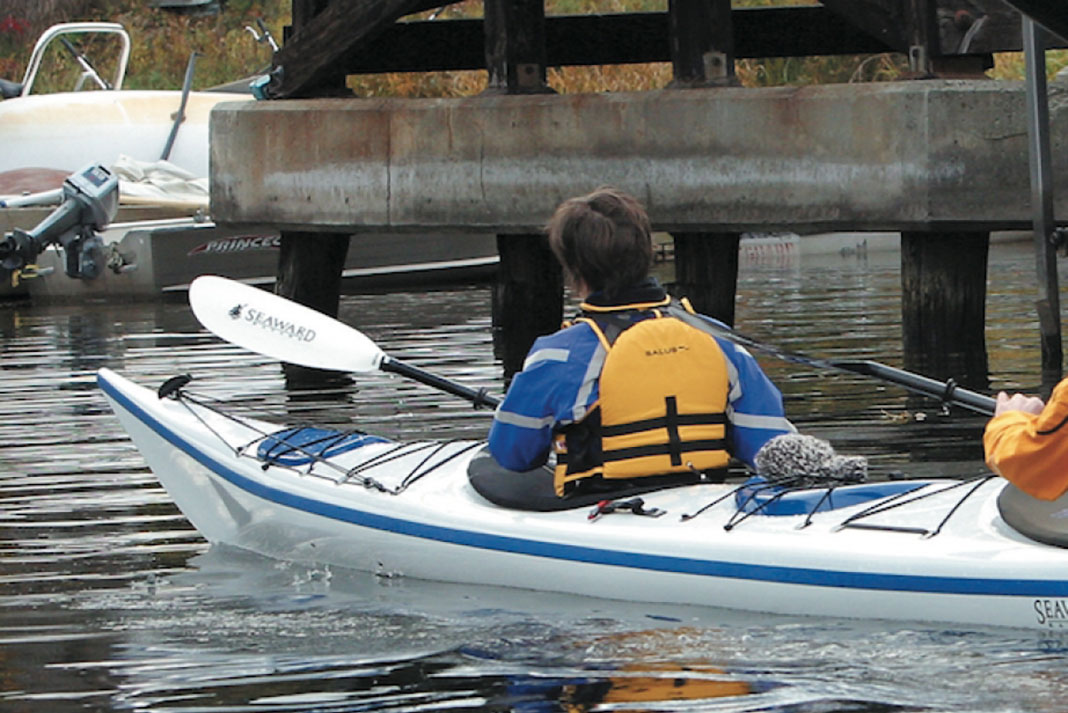 Boat Review: Seaward Passat G3 Kayak
Boat Review: Seaward Passat G3 Kayak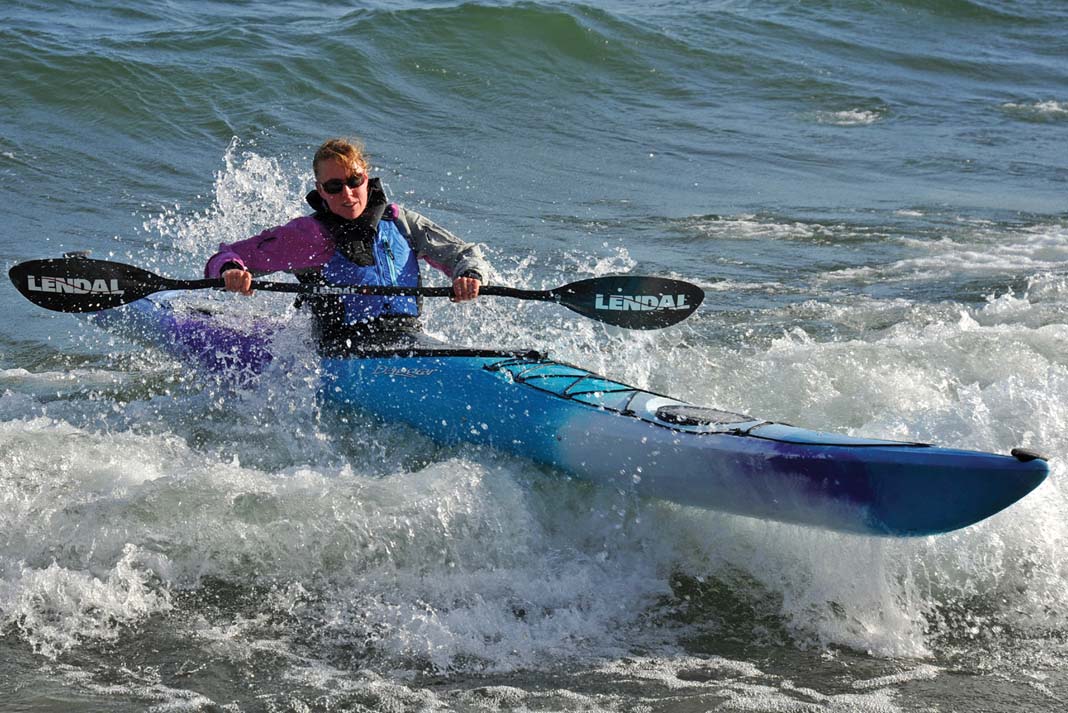 Boat Review: Dagger Stratos 14.5 Kayak
Boat Review: Dagger Stratos 14.5 Kayak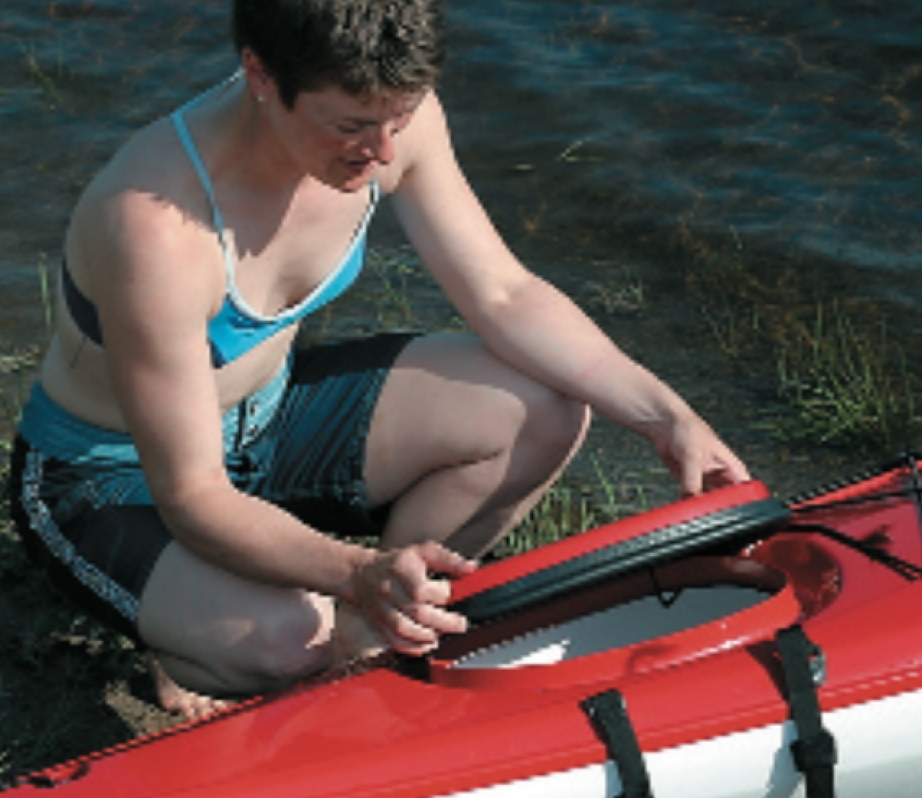 Boat Review: Perception Sonoma 13.5 Airalite Kayak
Boat Review: Perception Sonoma 13.5 Airalite Kayak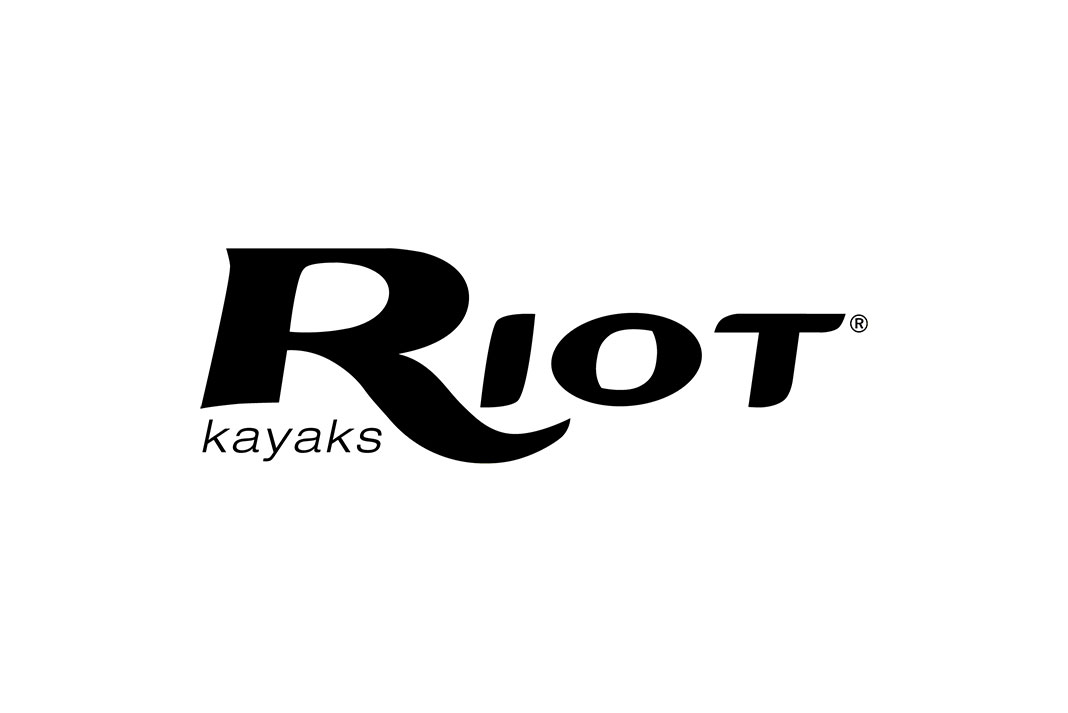 Boat Review: Riot Booster Kayak
Boat Review: Riot Booster Kayak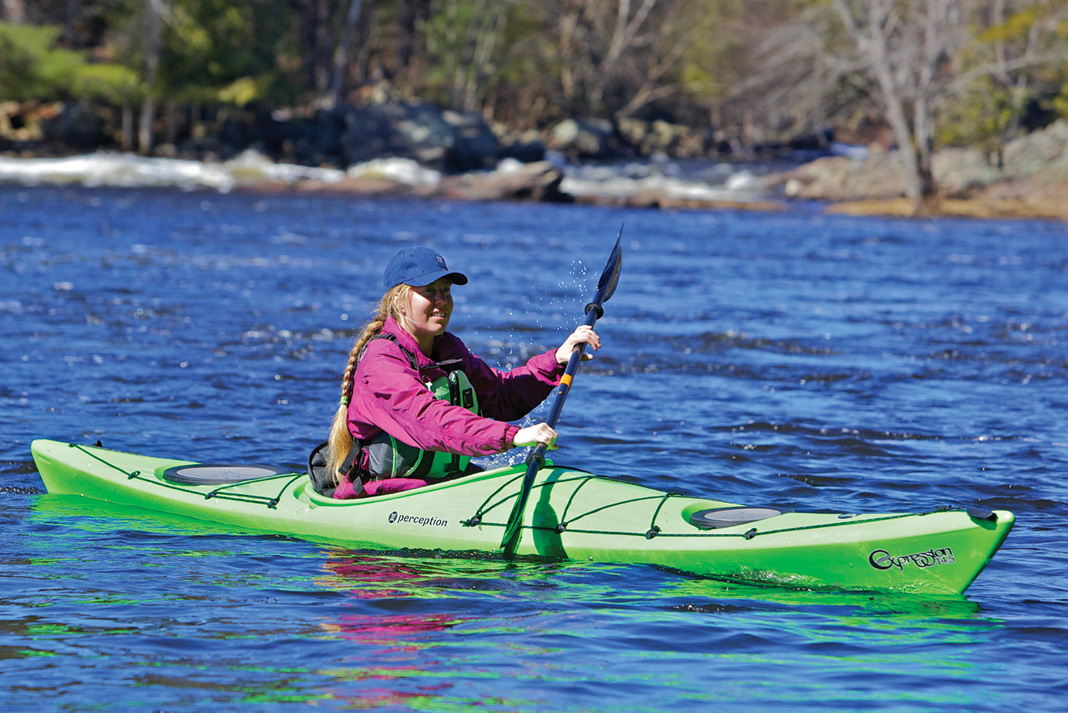 Boat Review: Perception Expression 14.5 Kayak
Boat Review: Perception Expression 14.5 Kayak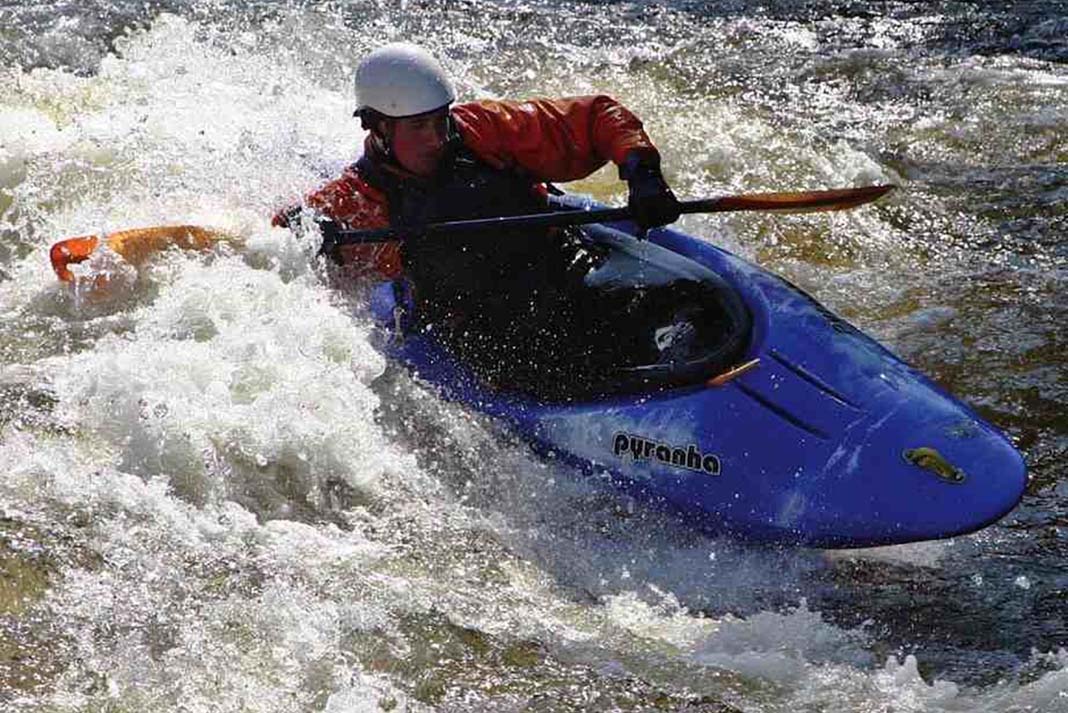 Boat Review: Pyranha Z.One Kayak
Boat Review: Pyranha Z.One Kayak Boat Review: Liquidlogic Remix Kayak
Boat Review: Liquidlogic Remix Kayak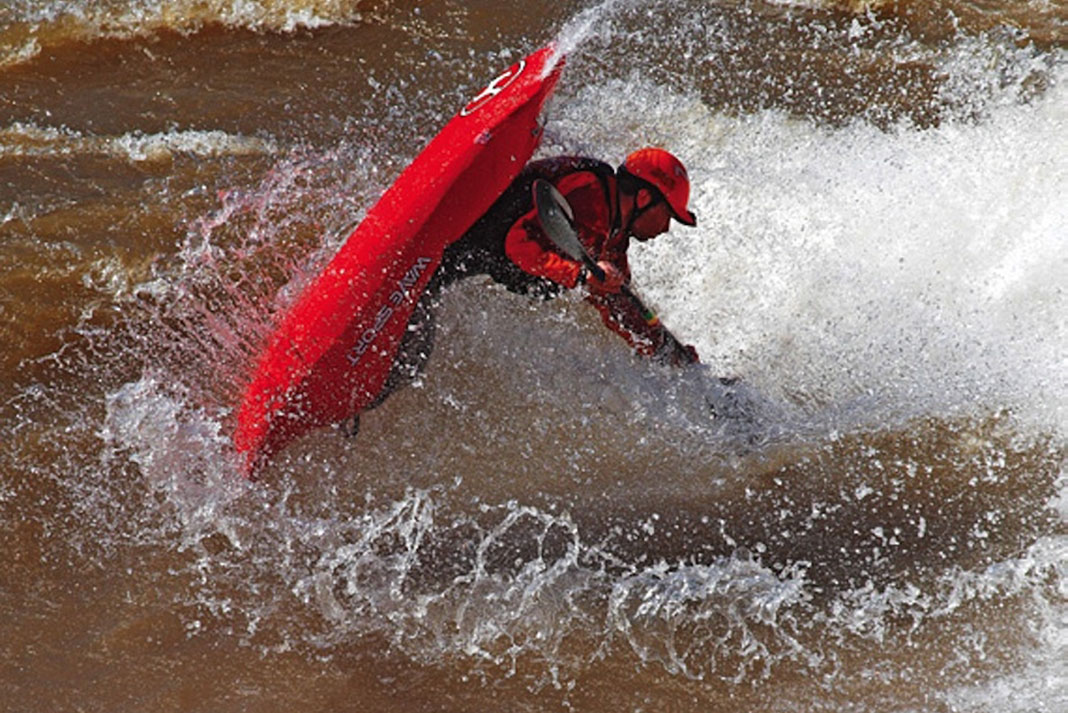 Boat Review: WaveSport Project X Kayak
Boat Review: WaveSport Project X Kayak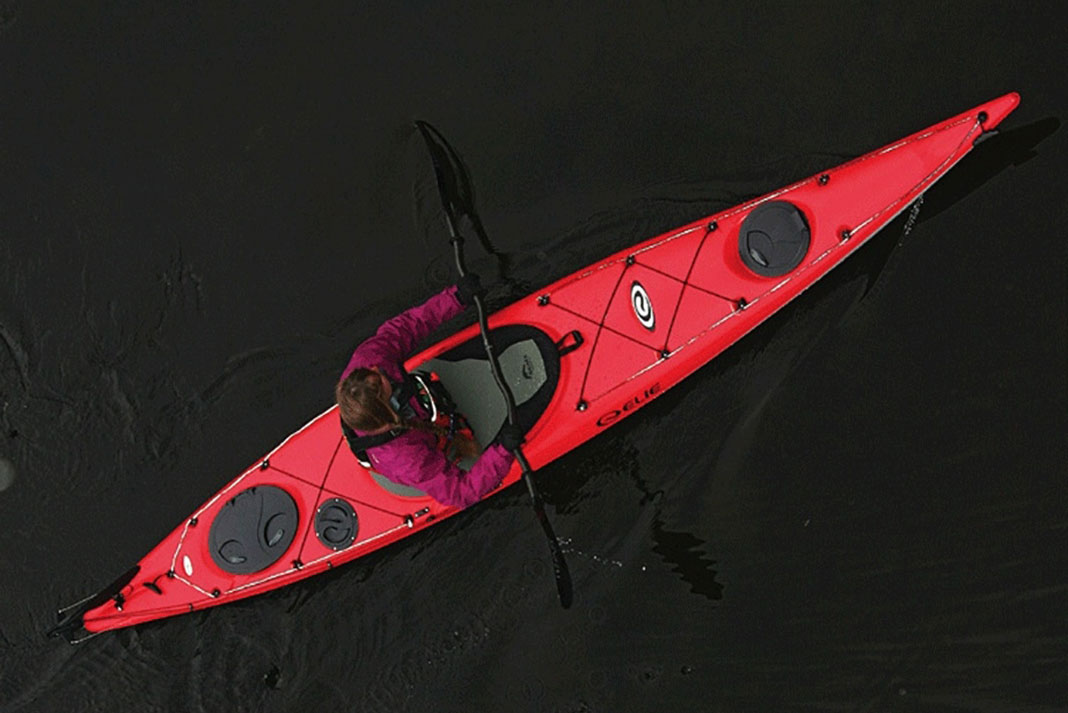 Boat Review: Elie Strait 140 XE Kayak
Boat Review: Elie Strait 140 XE Kayak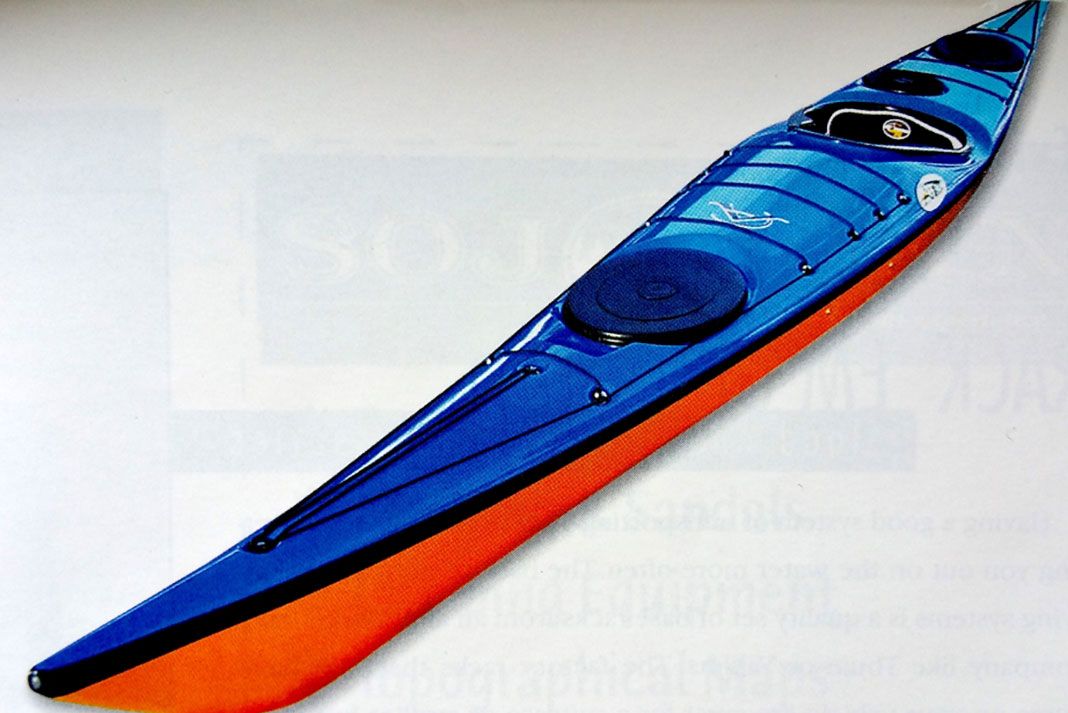 Boat Review: Azul Sultan Kayak
Boat Review: Azul Sultan Kayak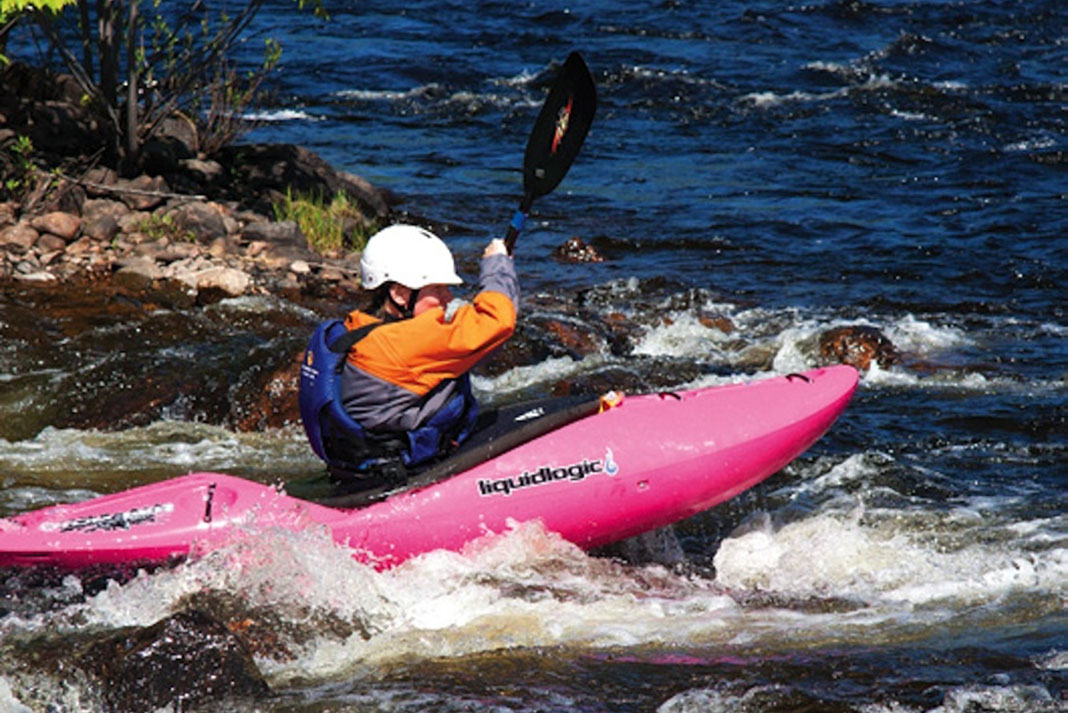 Boat Review: Liquidlogic Stomper Kayak
Boat Review: Liquidlogic Stomper Kayak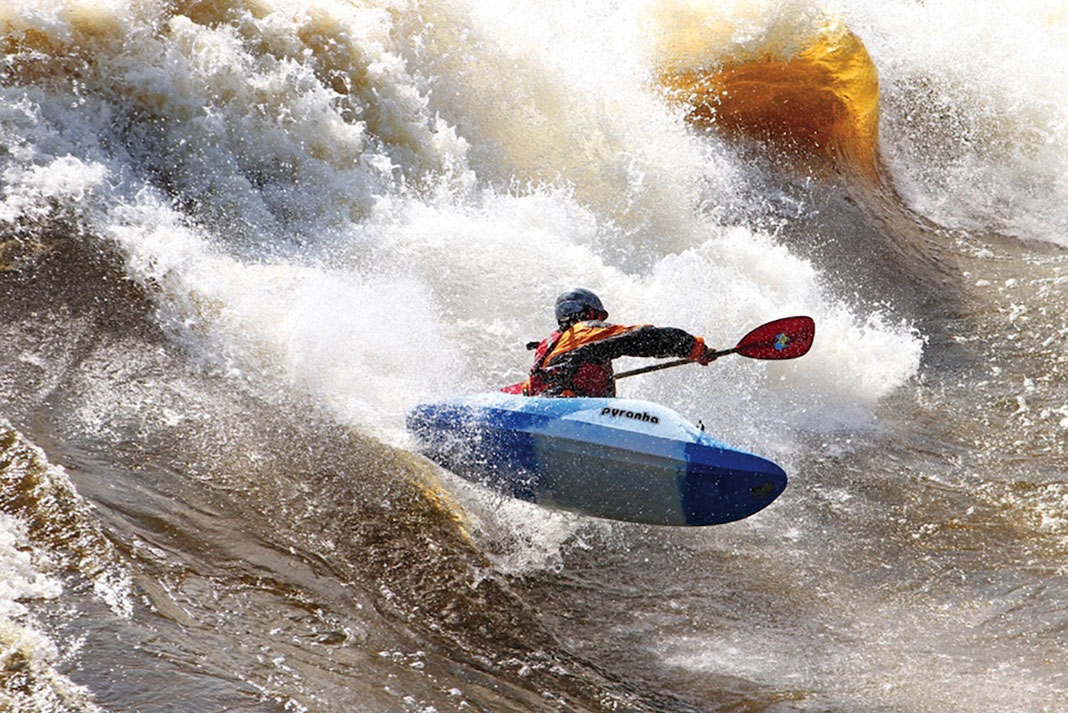 Boat Review: Pyranha JED Kayak
Boat Review: Pyranha JED Kayak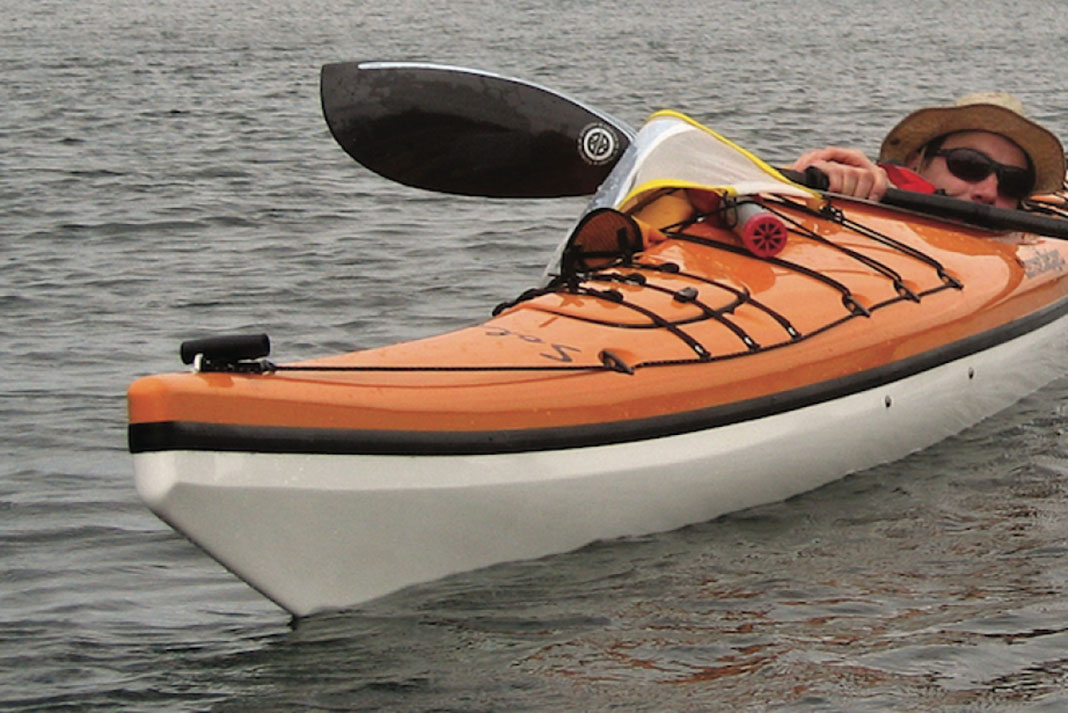 Boat Review: Solstice GT Titan by Current Designs
Boat Review: Solstice GT Titan by Current Designs
Tandem kayak reviews
 Inflatable Kayak Review: Tobin Wavebreak
Inflatable Kayak Review: Tobin Wavebreak Inflatable Kayak Review: Sevylor Colorado
Inflatable Kayak Review: Sevylor Colorado Tandem Recreational Kayak Review: Ocean Kayak Malibu Two
Tandem Recreational Kayak Review: Ocean Kayak Malibu Two Inflatable Recreational Kayak Review: Intex Challenger K2
Inflatable Recreational Kayak Review: Intex Challenger K2 Inflatable Recreational Kayak Review: Intex Explorer K2
Inflatable Recreational Kayak Review: Intex Explorer K2 Inflatable Kayak Review: Sea Eagle 370
Inflatable Kayak Review: Sea Eagle 370 Boat Review: Seaward Passat G3 Kayak
Boat Review: Seaward Passat G3 Kayak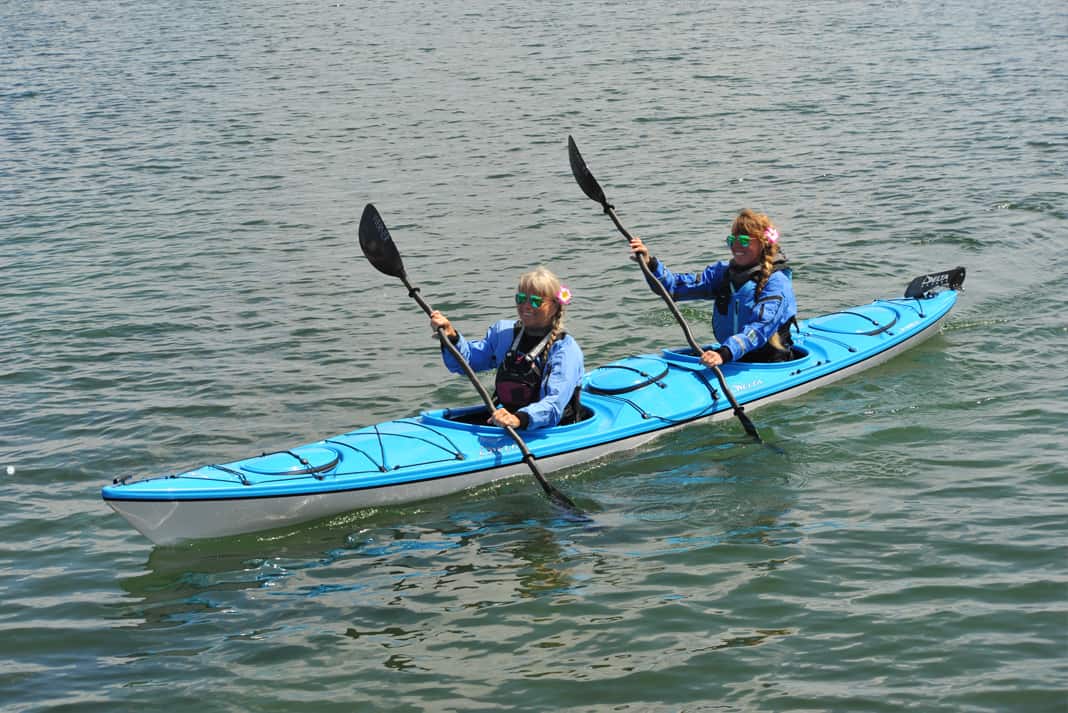 Delta Traverse 17.5 T Tandem Kayak Review
Delta Traverse 17.5 T Tandem Kayak Review Inflatable Recreational Kayak Review: Innova Thaya
Inflatable Recreational Kayak Review: Innova Thaya Inflatable Kayak Review: Advanced Elements AdvancedFrame Convertible Elite
Inflatable Kayak Review: Advanced Elements AdvancedFrame Convertible Elite Inflatable Kayak Review: Aquaglide Chelan 155 HB XL
Inflatable Kayak Review: Aquaglide Chelan 155 HB XL
Pedal kayak reviews
 Fishing Kayak Review: SeaStream Angler 120 PD
Fishing Kayak Review: SeaStream Angler 120 PD Fishing Kayak Review: NuCanoe Unlimited
Fishing Kayak Review: NuCanoe Unlimited Hybrid SUP Kayak Review: Hobie Mirage Lynx
Hybrid SUP Kayak Review: Hobie Mirage Lynx Fishing Kayak Review: Wilderness Systems Recon 120 HD
Fishing Kayak Review: Wilderness Systems Recon 120 HD Hybrid Fishing SUP Review: Vibe Cubera 120
Hybrid Fishing SUP Review: Vibe Cubera 120 Fishing Kayak Review: Vibe Shearwater 125
Fishing Kayak Review: Vibe Shearwater 125 Inflatable Pedal Kayak Review: BOTE LONO Aero Apex
Inflatable Pedal Kayak Review: BOTE LONO Aero Apex Boat Review: Hobie Mirage Revolution 13 Kayak
Boat Review: Hobie Mirage Revolution 13 Kayak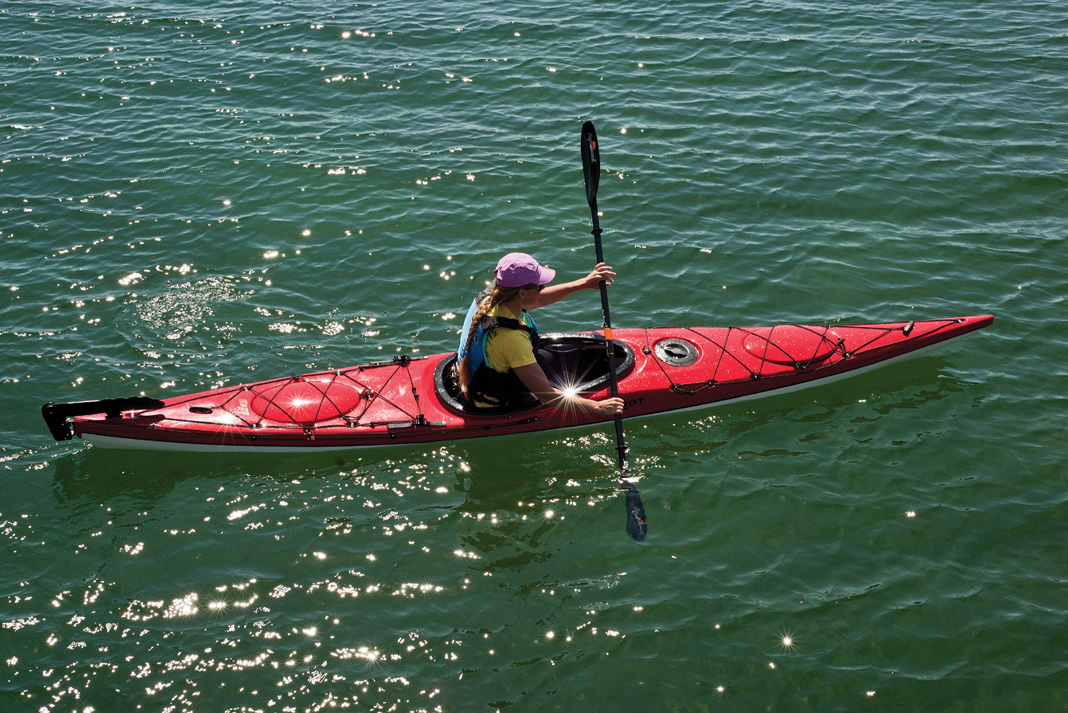 Boat Review: Riot Edge 14.5 Thermo
Boat Review: Riot Edge 14.5 Thermo Boat Review: Ocean Kayak Malibu Pedal
Boat Review: Ocean Kayak Malibu Pedal Old Town’s Topwater 120 PDL Pedal Kayak Review
Old Town’s Topwater 120 PDL Pedal Kayak Review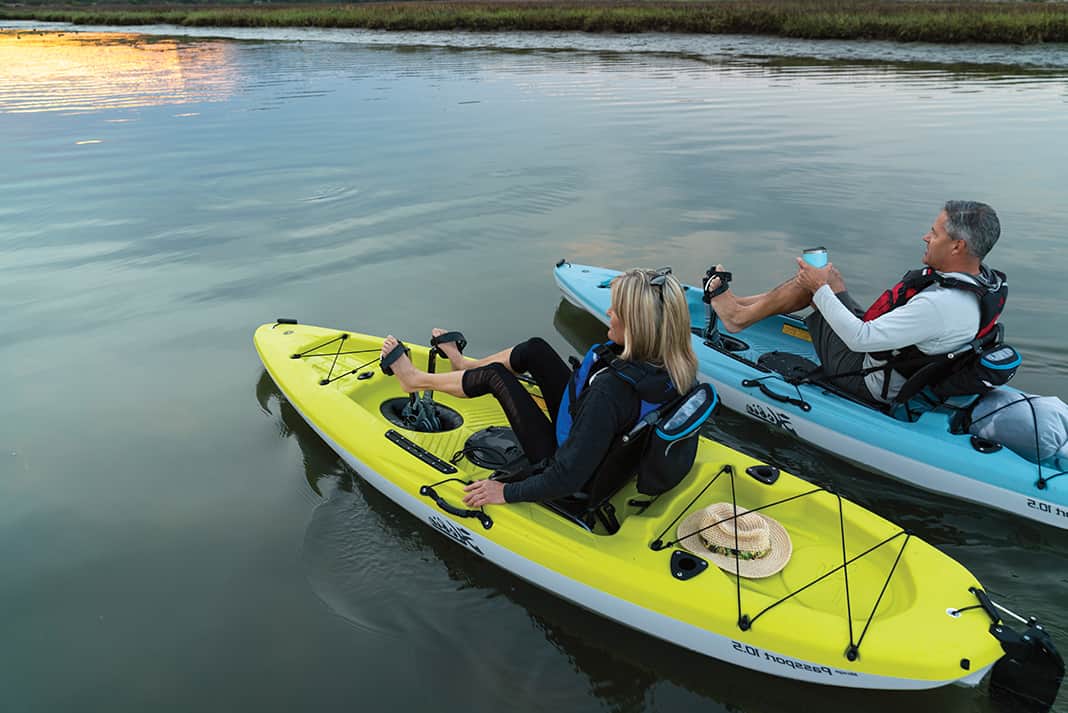 Pedal Kayak Review: Hobie’s Mirage Passport
Pedal Kayak Review: Hobie’s Mirage Passport Inflatable Kayak Review: Hobie Mirage i9S
Inflatable Kayak Review: Hobie Mirage i9S
Lightweight kayak reviews
 Fishing Kayak Review: Pelican Mustang 100x
Fishing Kayak Review: Pelican Mustang 100x Hybrid SUP Kayak Review: Hobie Mirage Lynx
Hybrid SUP Kayak Review: Hobie Mirage Lynx Folding Kayak Review: Oru Inlet
Folding Kayak Review: Oru Inlet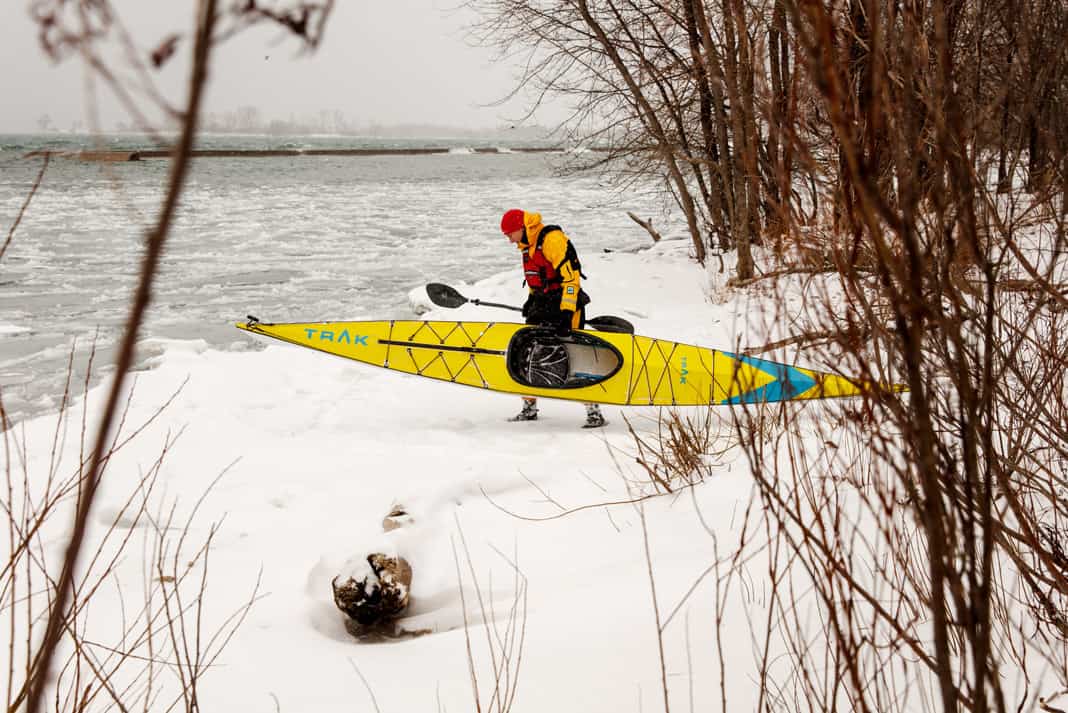 Folding Kayak Review: TRAK 2.0 Touring Kayak
Folding Kayak Review: TRAK 2.0 Touring Kayak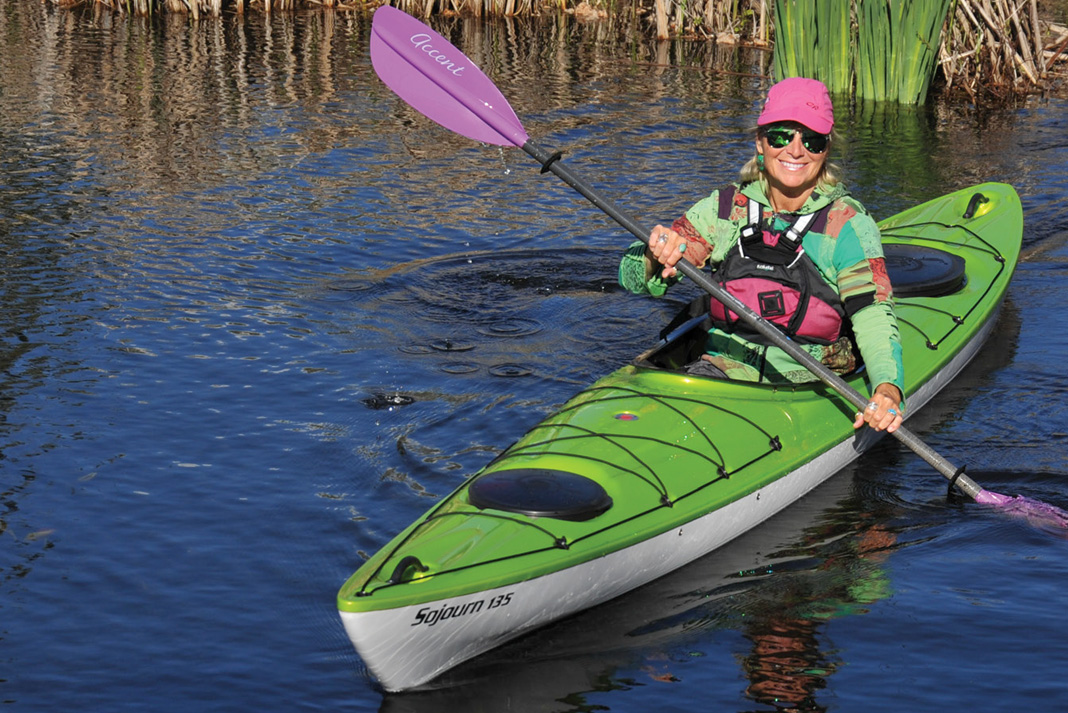 Lightweight Touring Kayak Review: Hurricane Kayaks Sojourn 135
Lightweight Touring Kayak Review: Hurricane Kayaks Sojourn 135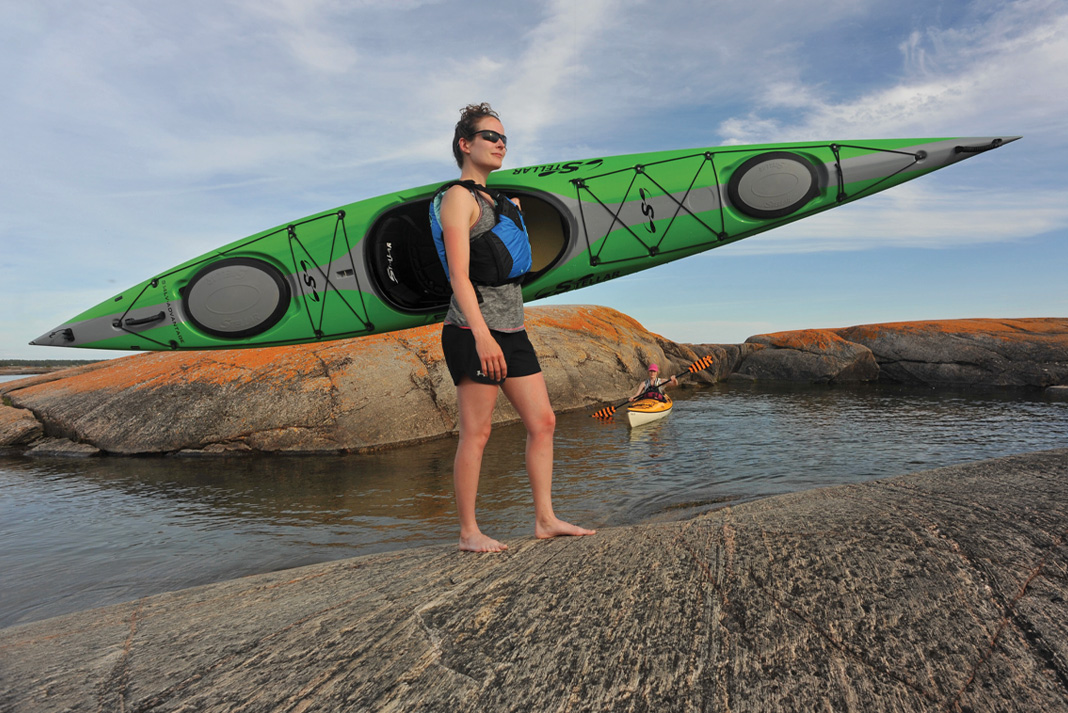 Lightweight Touring Kayak Review: Stellar Kayaks S14-LV
Lightweight Touring Kayak Review: Stellar Kayaks S14-LV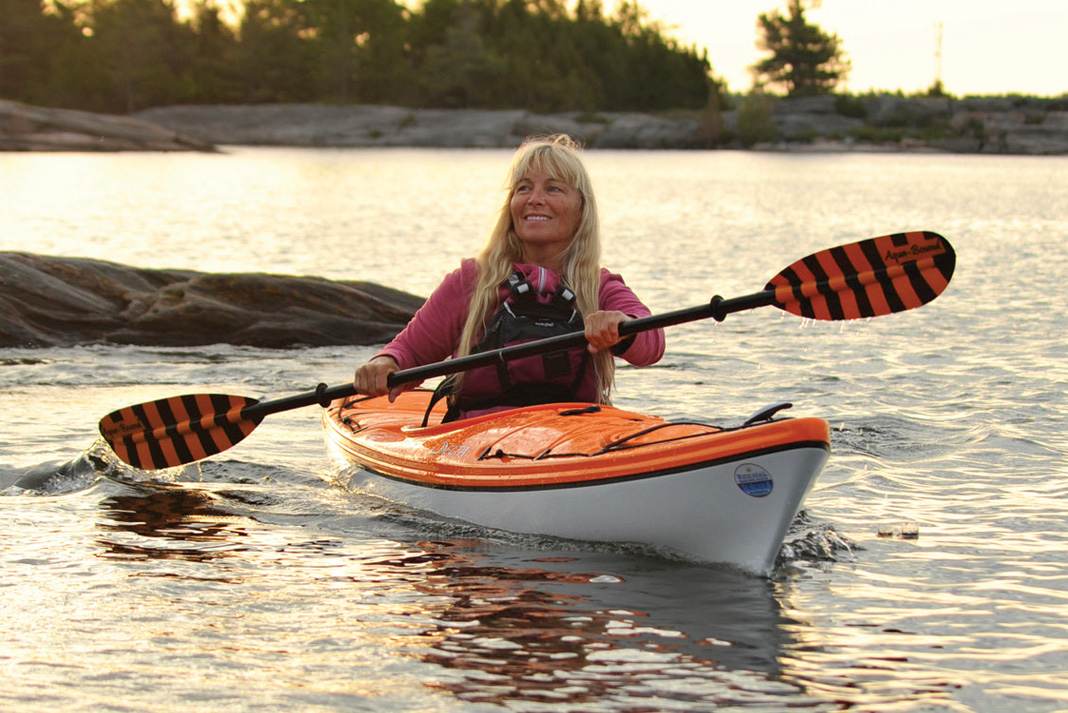 Lightweight Touring Kayak Review: Delta Kayaks 12S
Lightweight Touring Kayak Review: Delta Kayaks 12S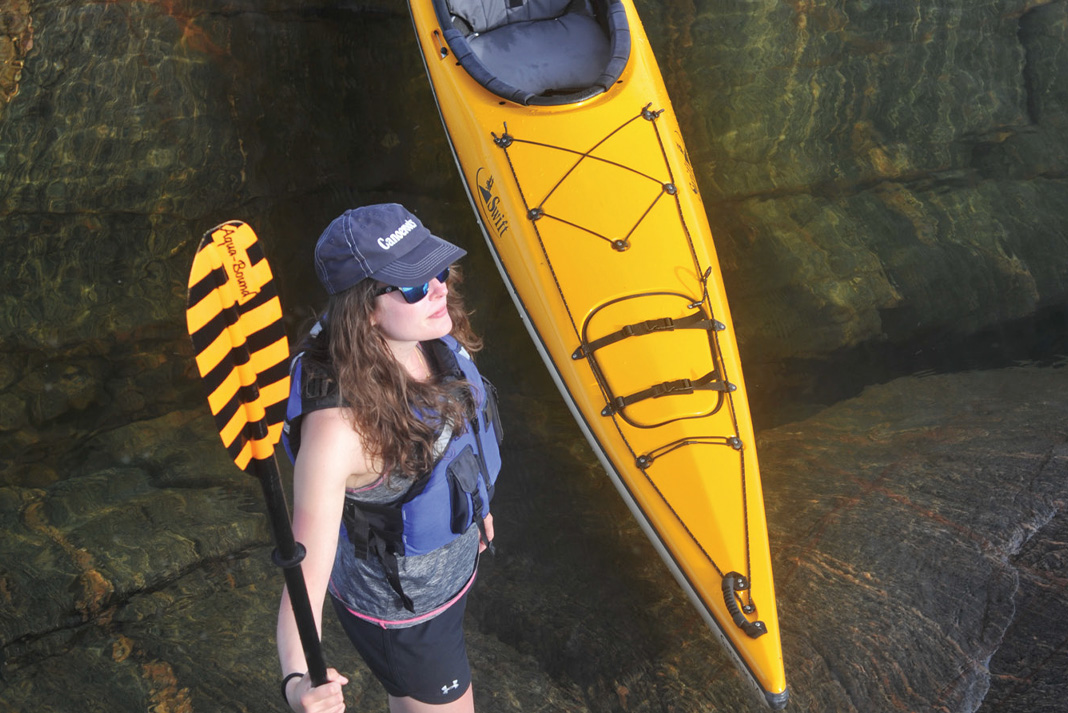 Lightweight Touring Kayak Review: Swift Saranac 14
Lightweight Touring Kayak Review: Swift Saranac 14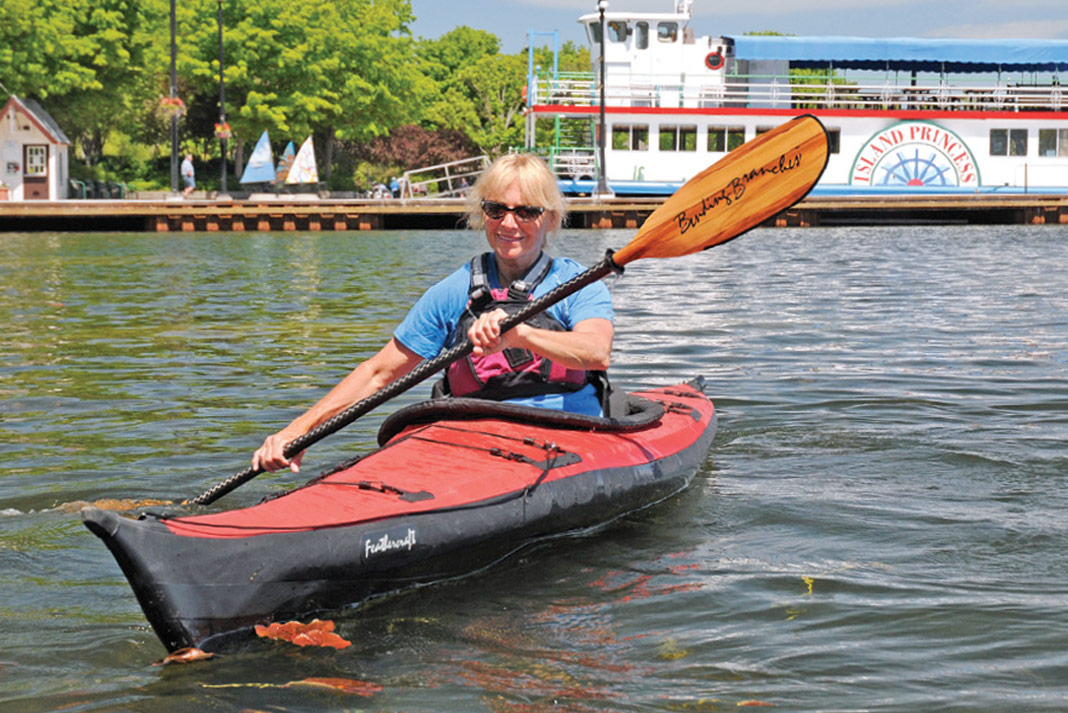 Folding Kayak Review: Feathercraft Kurrent
Folding Kayak Review: Feathercraft Kurrent Folding Kayak Review: Pakboats Quest 135
Folding Kayak Review: Pakboats Quest 135
Beginner kayak reviews
 Inflatable Kayak Review: Tobin Wavebreak
Inflatable Kayak Review: Tobin Wavebreak Kayak Review: Sun Dolphin Excursion 10
Kayak Review: Sun Dolphin Excursion 10 Recreational Kayak Review: Perception Tribe 9.5
Recreational Kayak Review: Perception Tribe 9.5 Recreational Kayak Review: Wilderness Systems Pungo 120
Recreational Kayak Review: Wilderness Systems Pungo 120 Fishing Kayak Review: SeaStream Angler 120 PD
Fishing Kayak Review: SeaStream Angler 120 PD Recreational Kayak Review: Perception Swifty Deluxe 9.5
Recreational Kayak Review: Perception Swifty Deluxe 9.5 Inflatable Recreational Kayak Review: Intex Challenger K1
Inflatable Recreational Kayak Review: Intex Challenger K1 Fishing Kayak Review: Sun Dolphin Journey 10
Fishing Kayak Review: Sun Dolphin Journey 10 Recreational Kayak Review: Pelican Trailblazer 100 NXT
Recreational Kayak Review: Pelican Trailblazer 100 NXT Fishing Kayak Review: Sun Dolphin Boss 12 SS
Fishing Kayak Review: Sun Dolphin Boss 12 SS Inflatable Kayak Review: Sevylor Colorado
Inflatable Kayak Review: Sevylor Colorado Recreational Kayak Review: Sun Dolphin Aruba 10
Recreational Kayak Review: Sun Dolphin Aruba 10 Fishing Kayak Review: Pelican Mustang 100x
Fishing Kayak Review: Pelican Mustang 100x Fishing Kayak Review: Lifetime Tamarack Angler 100
Fishing Kayak Review: Lifetime Tamarack Angler 100 Recreational Kayak Review: Old Town Otter
Recreational Kayak Review: Old Town Otter Fishing Kayak Review: Sun Dolphin Journey 12 SS
Fishing Kayak Review: Sun Dolphin Journey 12 SS Recreational Kayak Review: Sun Dolphin Bali 10 SS
Recreational Kayak Review: Sun Dolphin Bali 10 SS Inflatable Recreational Kayak Review: Intex Challenger K2
Inflatable Recreational Kayak Review: Intex Challenger K2 Inflatable Recreational Kayak Review: Intex Explorer K2
Inflatable Recreational Kayak Review: Intex Explorer K2 Recreational Kayak Review: Lifetime Wave Youth
Recreational Kayak Review: Lifetime Wave Youth Recreational Kayak Review: Pelican Bandit NXT 100
Recreational Kayak Review: Pelican Bandit NXT 100 Inflatable Kayak Review: Sea Eagle 370
Inflatable Kayak Review: Sea Eagle 370 Boat Review: Stellar S14S Surfski
Boat Review: Stellar S14S Surfski Boat Review: Islander Hula Sit-On-Top Kayak
Boat Review: Islander Hula Sit-On-Top Kayak Boat Review: Riot Edge 14.5 Thermo
Boat Review: Riot Edge 14.5 Thermo Lightweight Touring Kayak Review: Hurricane Kayaks Sojourn 135
Lightweight Touring Kayak Review: Hurricane Kayaks Sojourn 135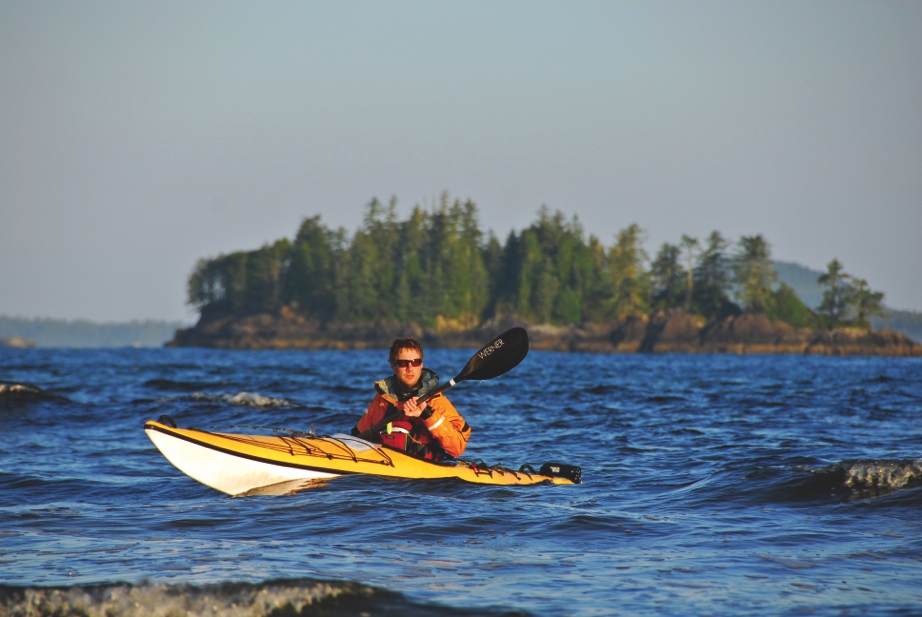 Seaward Chinook TX Kayak Review
Seaward Chinook TX Kayak Review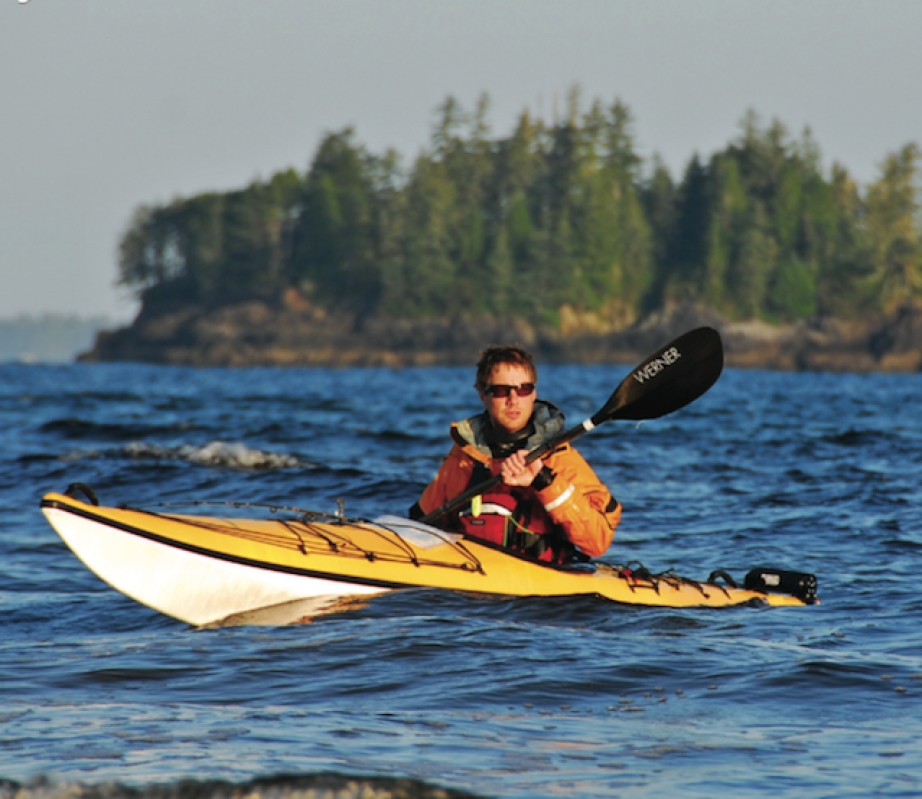 Boat Review: The Chinook TX by Seaward Kayaks
Boat Review: The Chinook TX by Seaward Kayaks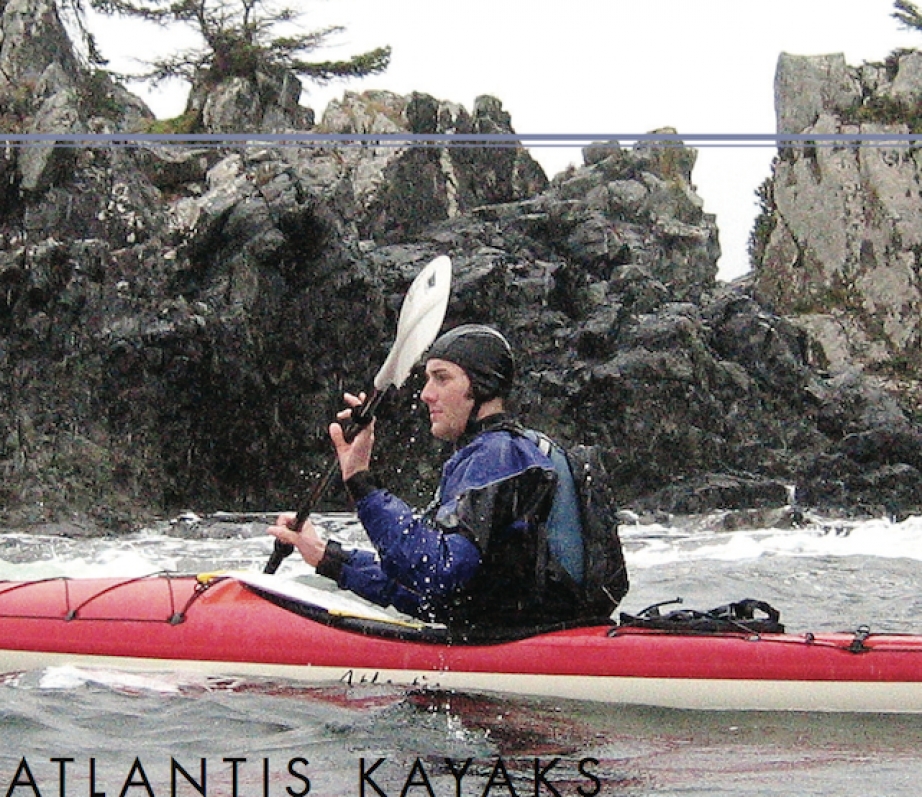 Sea Kayak Review: Atlantis Titan VI
Sea Kayak Review: Atlantis Titan VI
Touring kayak reviews
 Sea Kayak Review: Melker Rödlöga HV
Sea Kayak Review: Melker Rödlöga HV Folding Kayak Review: Oru Bay ST
Folding Kayak Review: Oru Bay ST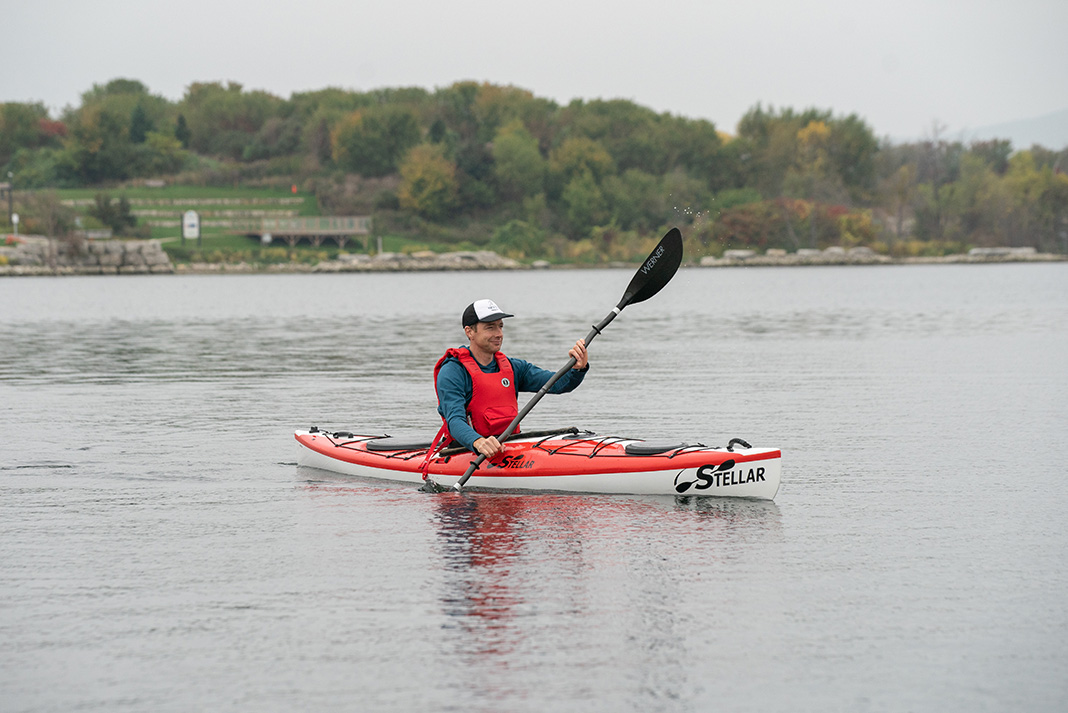 Touring Kayak Review: Stellar S14 G2
Touring Kayak Review: Stellar S14 G2 Touring Kayak Review: Delta Kayaks 14
Touring Kayak Review: Delta Kayaks 14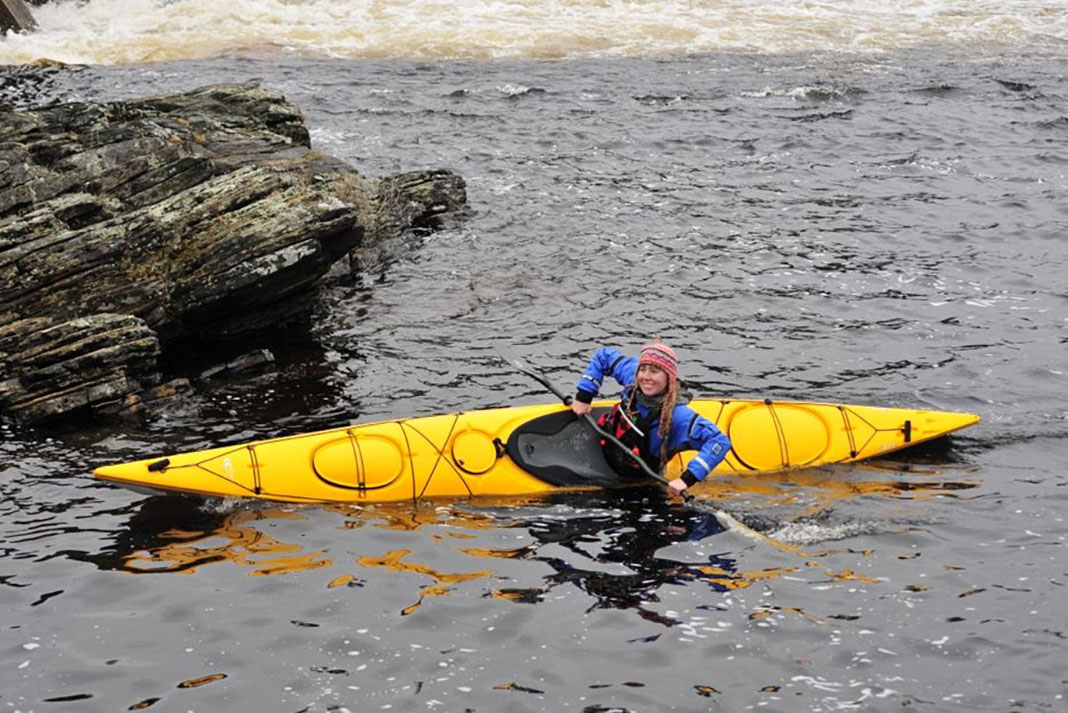 Boat Review: Delta 15S Kayak
Boat Review: Delta 15S Kayak Boat Review: Chesapeake Shearwater 14 Sectional Kayak
Boat Review: Chesapeake Shearwater 14 Sectional Kayak Boat Review: Point 65 Whisky 16 Kayak
Boat Review: Point 65 Whisky 16 Kayak Boat Review: P&H Scorpio MKII LV Kayak
Boat Review: P&H Scorpio MKII LV Kayak Boat Review: Hobie Mirage Revolution 13 Kayak
Boat Review: Hobie Mirage Revolution 13 Kayak Boat Review: Nigel Dennis Pilgrim Expedition Kayak
Boat Review: Nigel Dennis Pilgrim Expedition Kayak Boat Review: Prijon Catalina Kayak
Boat Review: Prijon Catalina Kayak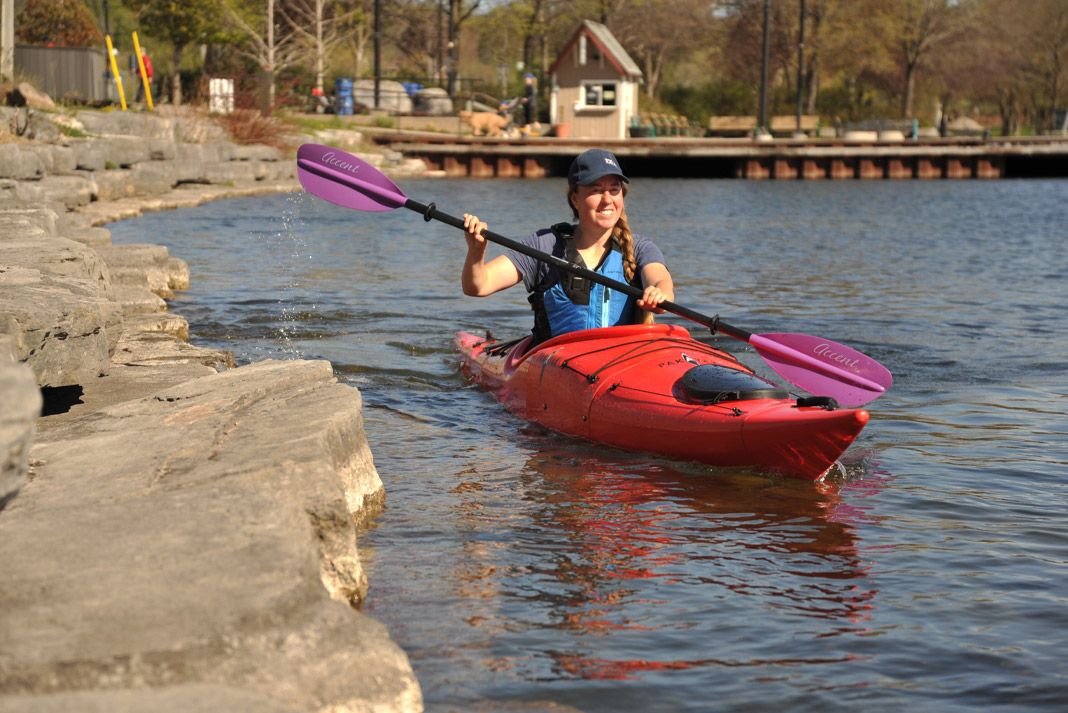 Boat Review: Pakayak Bluefin 14 Packable Kayak
Boat Review: Pakayak Bluefin 14 Packable Kayak Boat Review: P&H Delphin Kayak
Boat Review: P&H Delphin Kayak Boat Review: Dagger Alchemy 14.0
Boat Review: Dagger Alchemy 14.0 Boat Review: Stellar S14S Surfski
Boat Review: Stellar S14S Surfski Boat Review: Seaward Passat G3 Kayak
Boat Review: Seaward Passat G3 Kayak Boat Review: Dagger Stratos 14.5 Kayak
Boat Review: Dagger Stratos 14.5 Kayak Boat Review: Perception Sonoma 13.5 Airalite Kayak
Boat Review: Perception Sonoma 13.5 Airalite Kayak Boat Review: Perception Expression 14.5 Kayak
Boat Review: Perception Expression 14.5 Kayak Boat Review: Elie Strait 140 XE Kayak
Boat Review: Elie Strait 140 XE Kayak Boat Review: Azul Sultan Kayak
Boat Review: Azul Sultan Kayak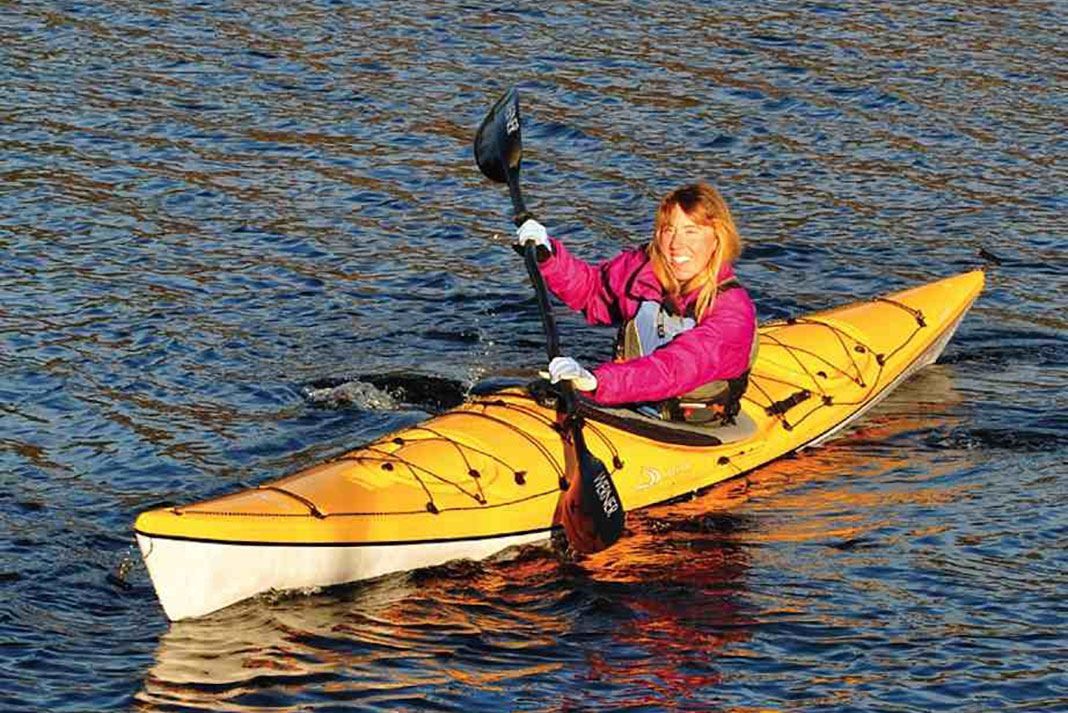 Boat Review: Delta 16 Kayak
Boat Review: Delta 16 Kayak Boat Review: Solstice GT Titan by Current Designs
Boat Review: Solstice GT Titan by Current Designs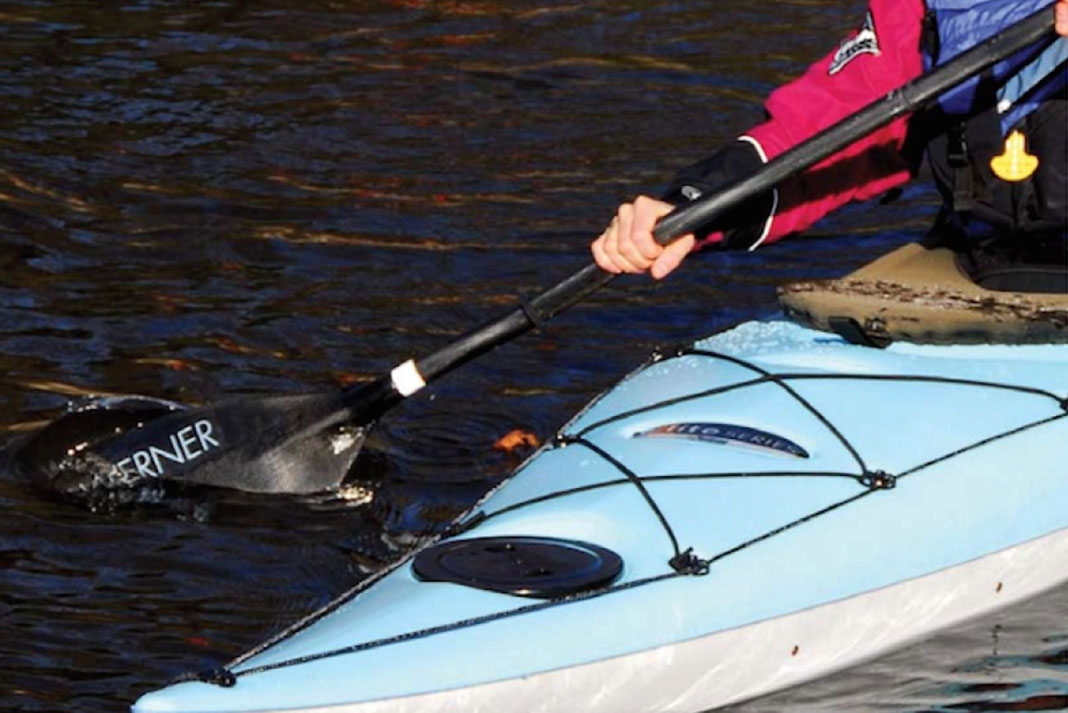 Boat Review: Pelican Strait 120 Kayak
Boat Review: Pelican Strait 120 Kayak Boat Review: Current Designs Ignite Kayak
Boat Review: Current Designs Ignite Kayak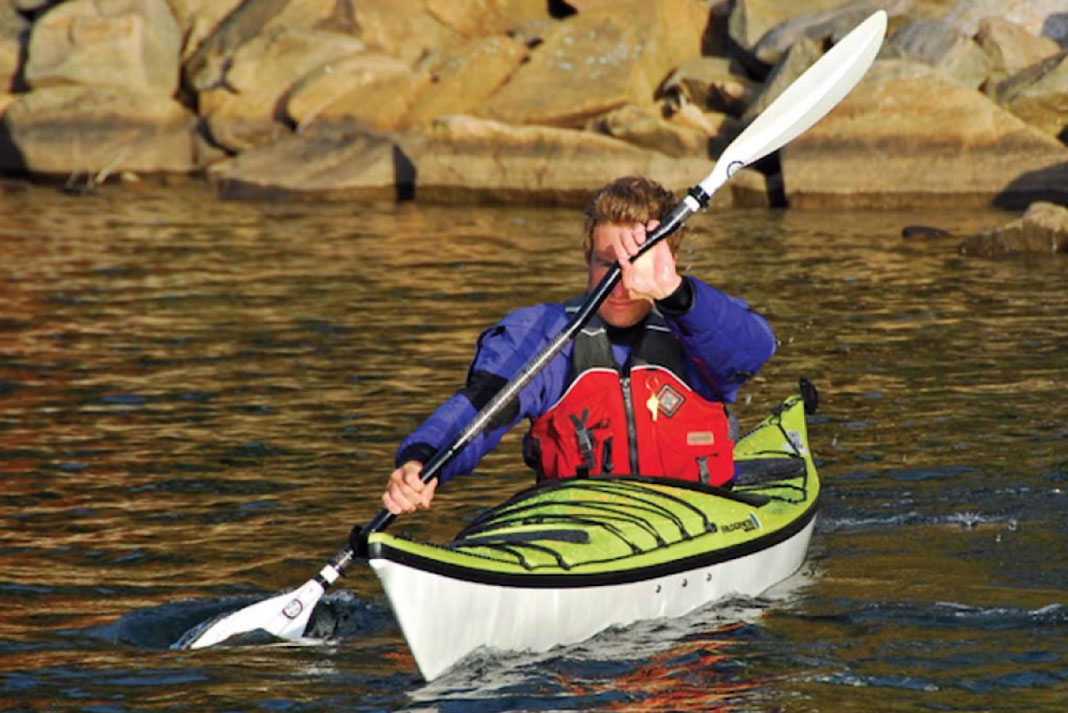 Boat Review: Zephyr 160 Pro by Wilderness Systems
Boat Review: Zephyr 160 Pro by Wilderness Systems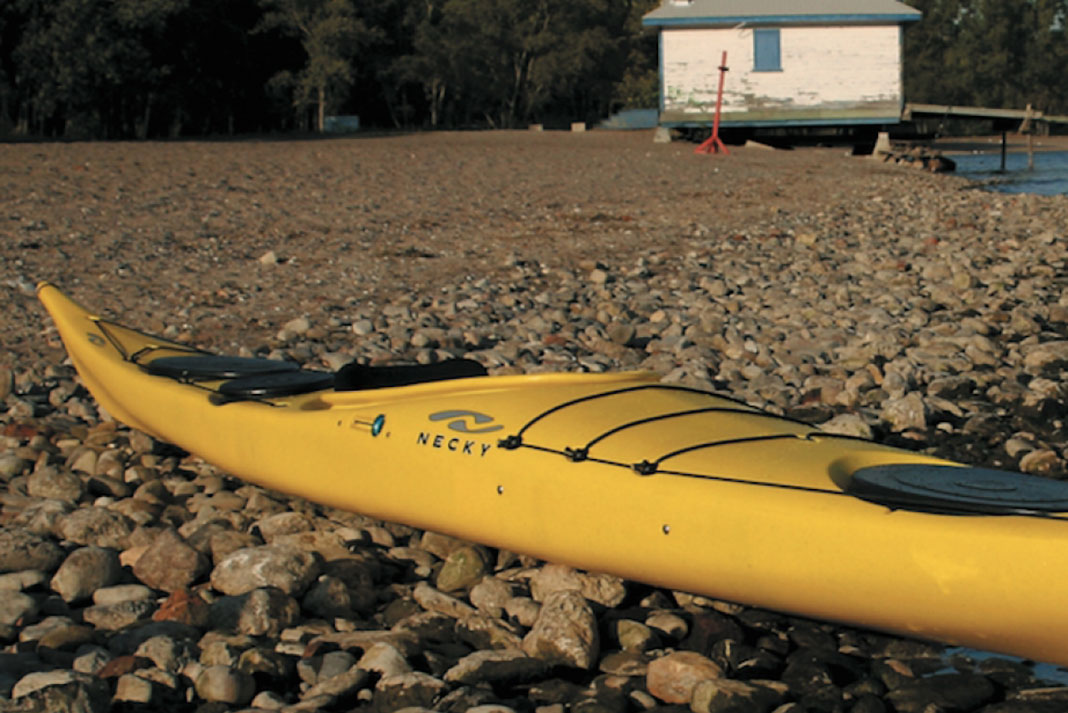 Boat Review: Necky Chatham 16 Kayak
Boat Review: Necky Chatham 16 Kayak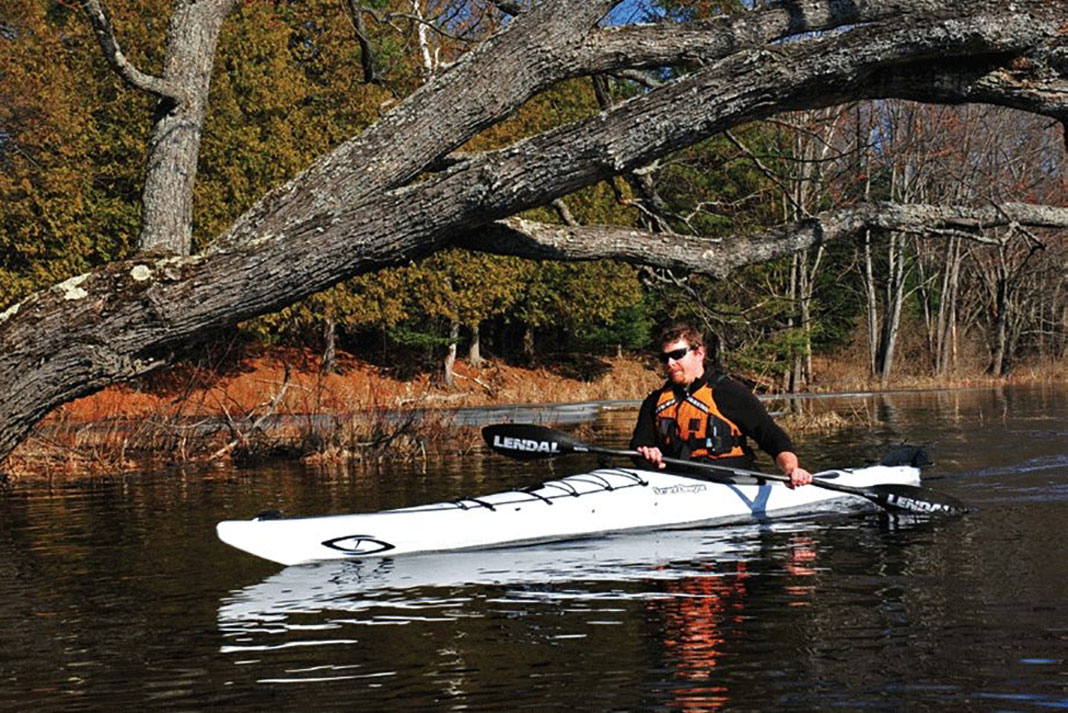 Boat Review: Current Designs Squall GTS Kayak
Boat Review: Current Designs Squall GTS Kayak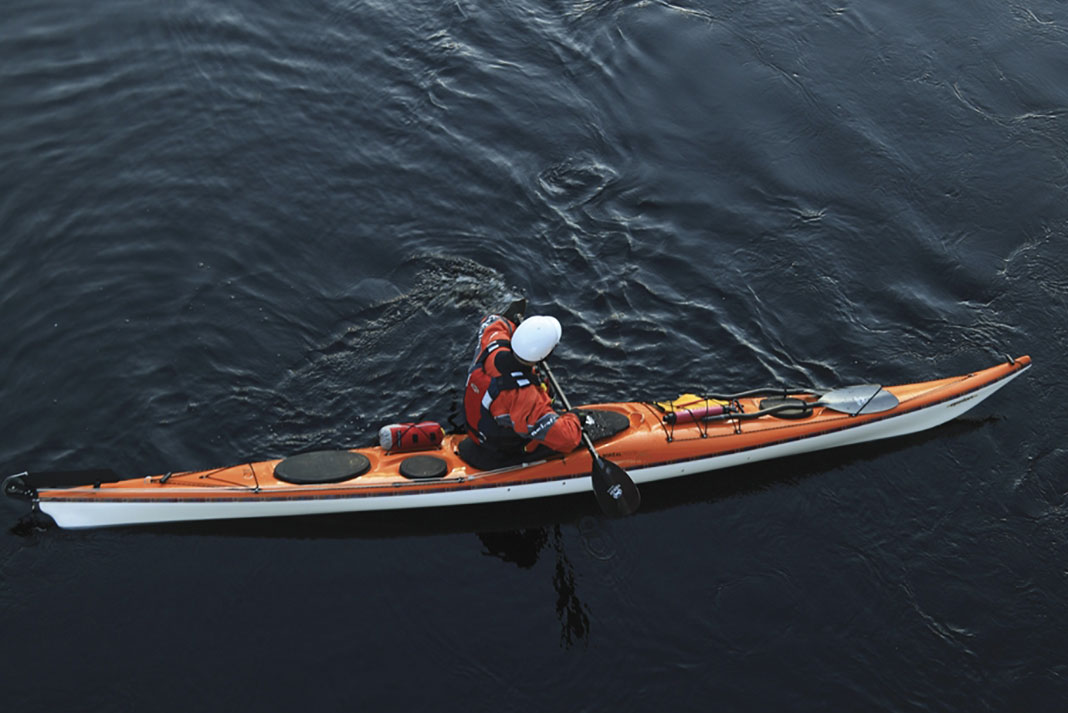 Boat Review: Boreal Design Epsilon C200
Boat Review: Boreal Design Epsilon C200 Boat Review: Riot Edge 14.5 Thermo
Boat Review: Riot Edge 14.5 Thermo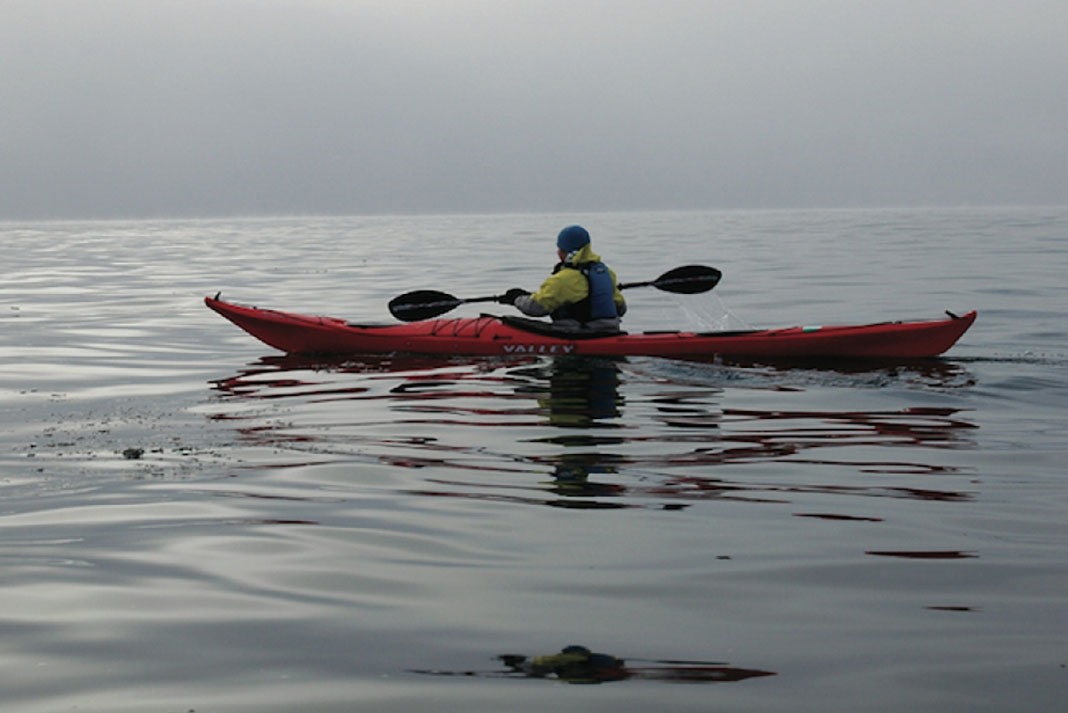 Boat Review: Valley Nordkapp RM Sea Kayak
Boat Review: Valley Nordkapp RM Sea Kayak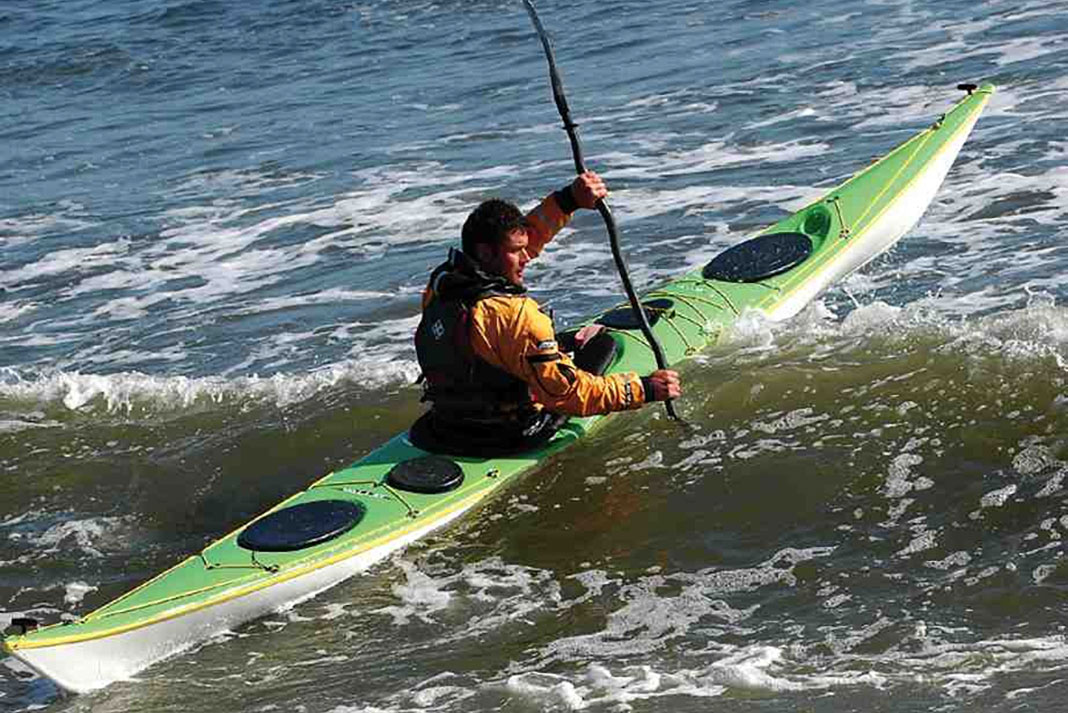 Boat Review: Valley Etain 17.5 Kayak
Boat Review: Valley Etain 17.5 Kayak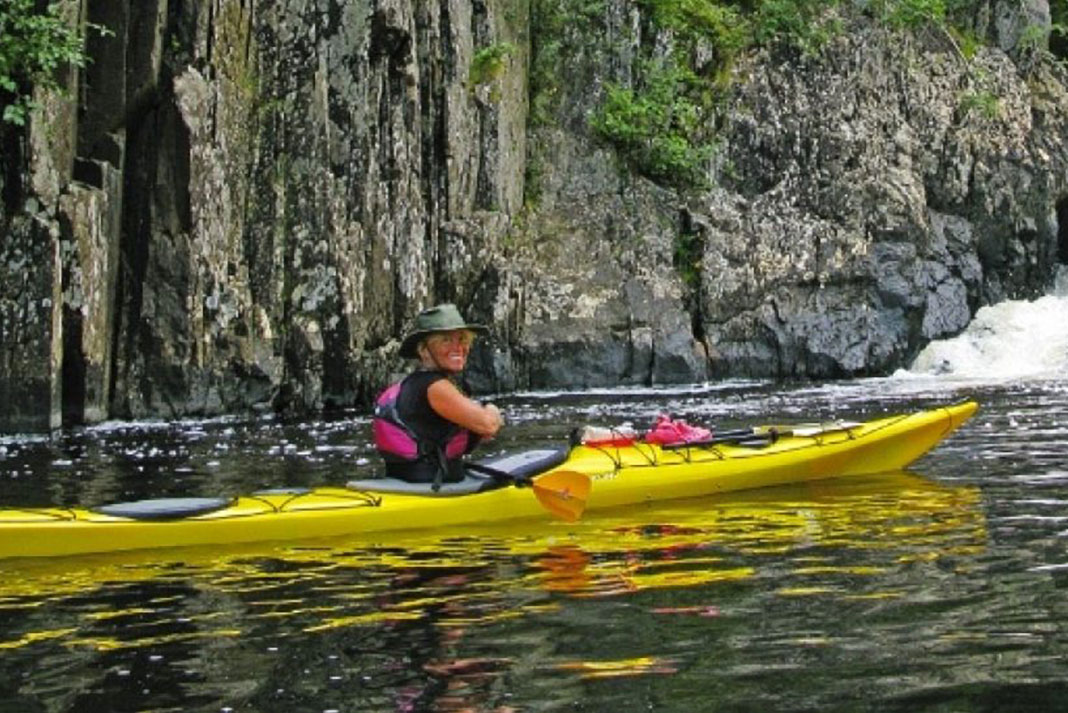 Boat Review: Wilderness Systems Tempest 165 Kayak
Boat Review: Wilderness Systems Tempest 165 Kayak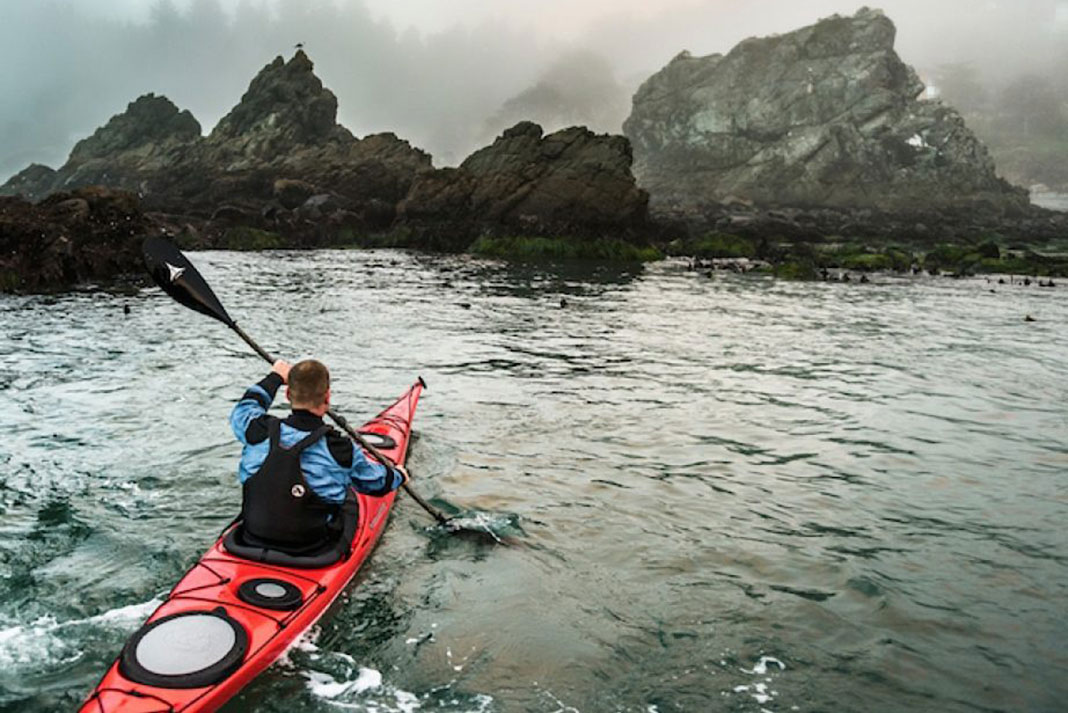 Boat Review: The Tempest 170 Composite by Wilderness Systems
Boat Review: The Tempest 170 Composite by Wilderness Systems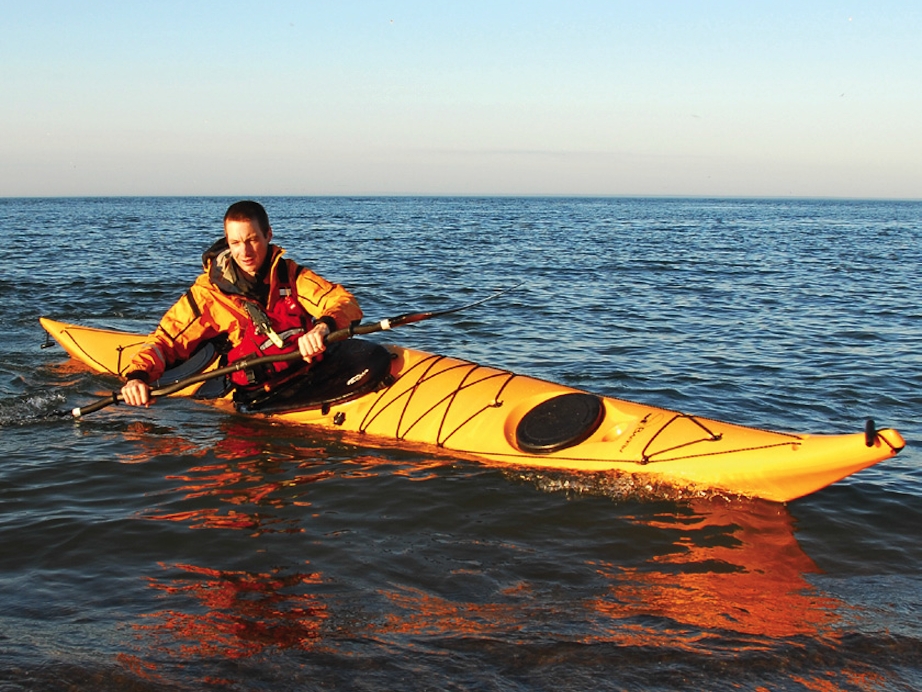 Boat Review: Boréal Design Baffin Kayak
Boat Review: Boréal Design Baffin Kayak Delta Traverse 17.5 T Tandem Kayak Review
Delta Traverse 17.5 T Tandem Kayak Review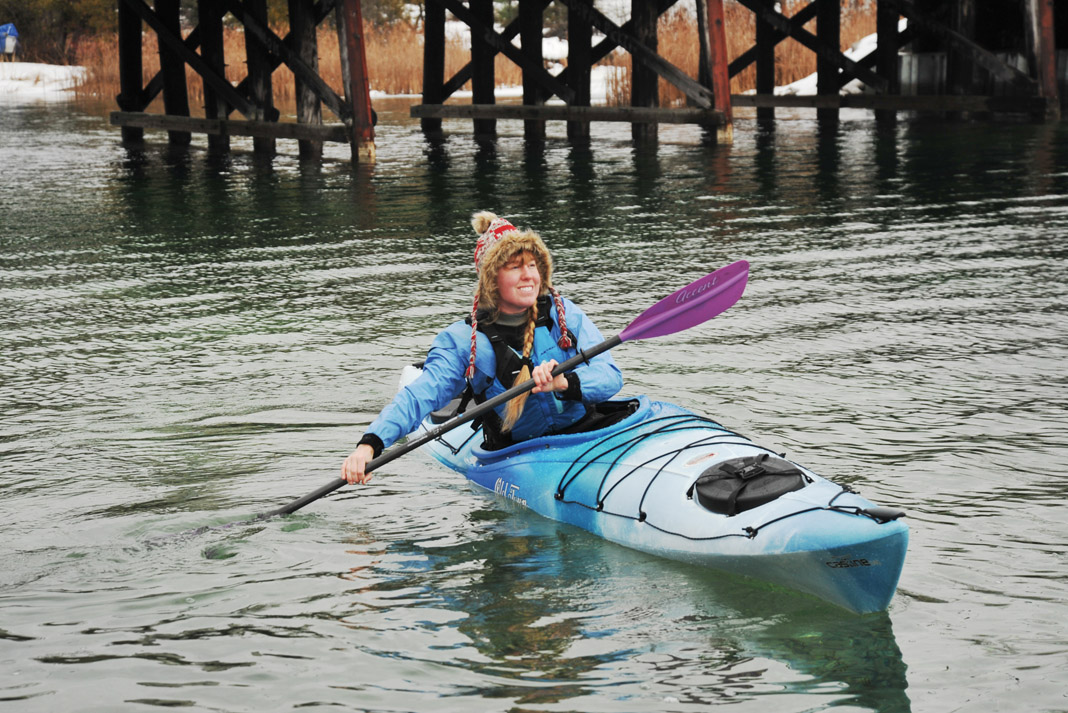 Kayak Review: Old Town’s Castine Touring Kayak
Kayak Review: Old Town’s Castine Touring Kayak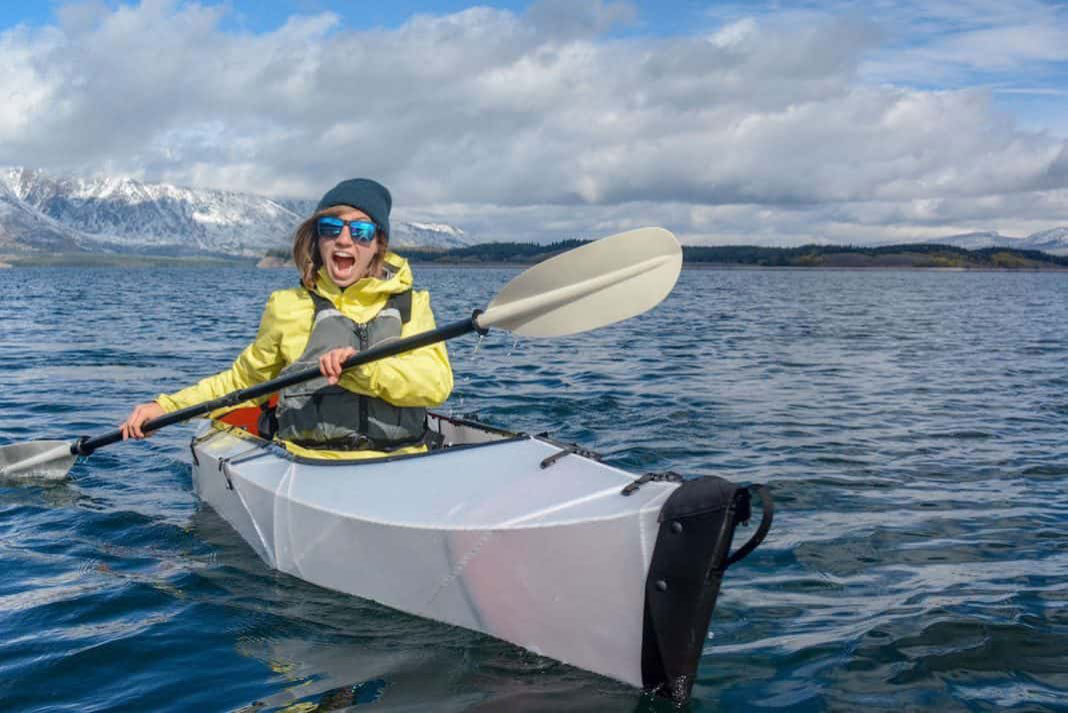 Oru Inlet Review—Exclusive First Look
Oru Inlet Review—Exclusive First Look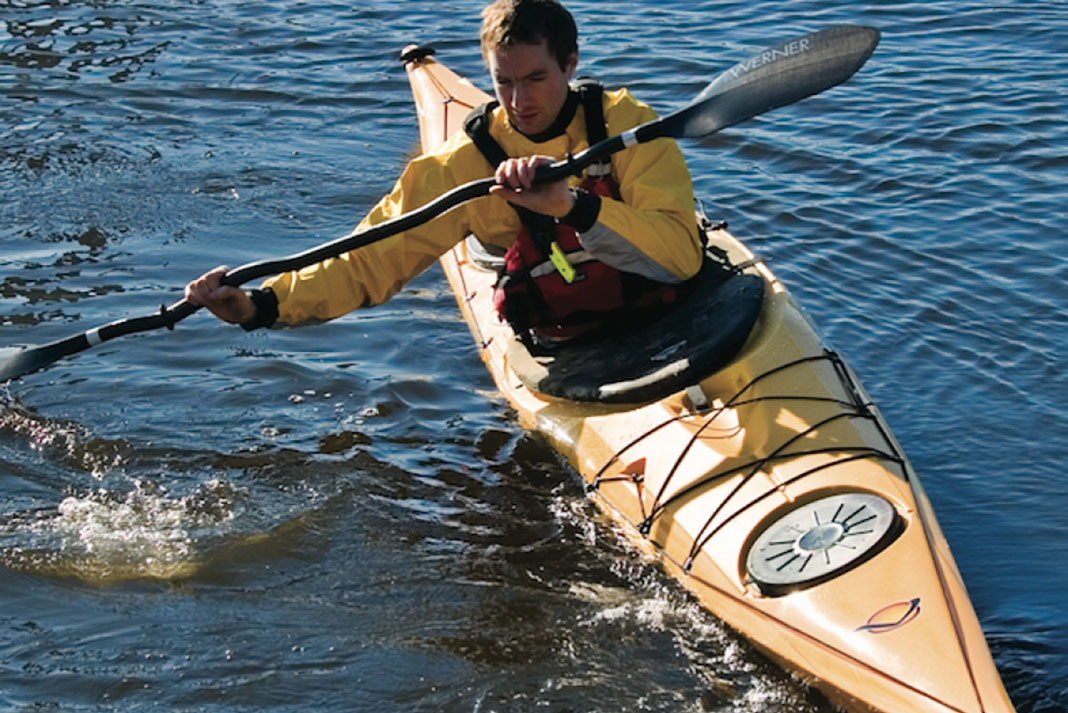 Boat Review: The Easky 15 By Venture Kayaks
Boat Review: The Easky 15 By Venture Kayaks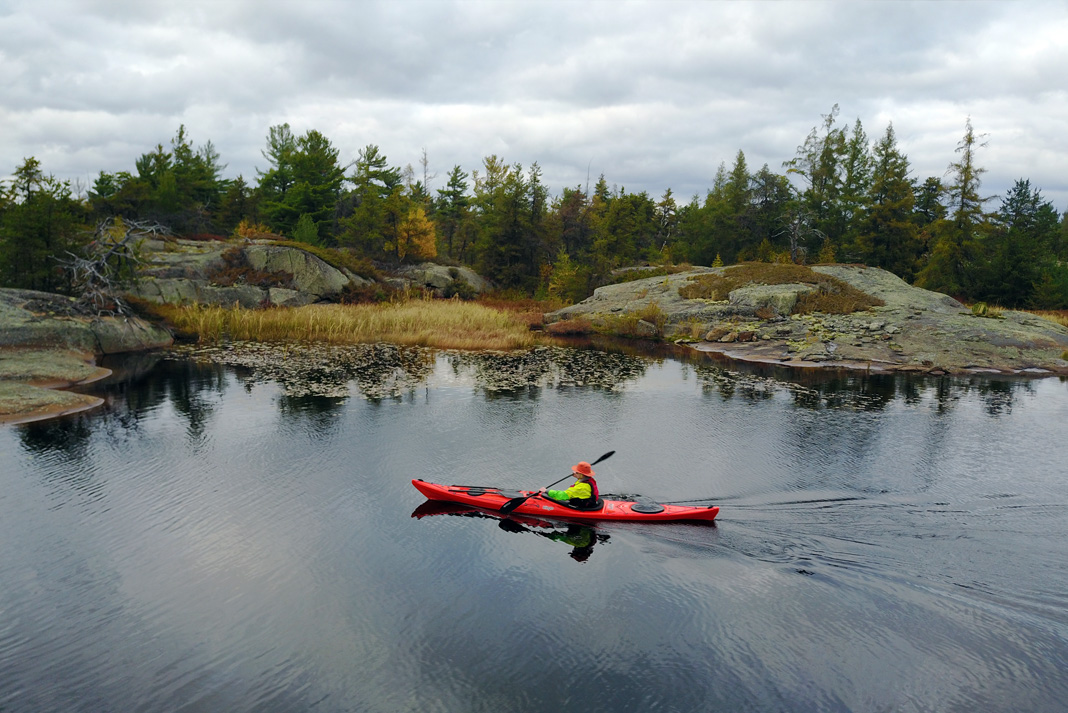 Sea Kayak Review: P&H Virgo
Sea Kayak Review: P&H Virgo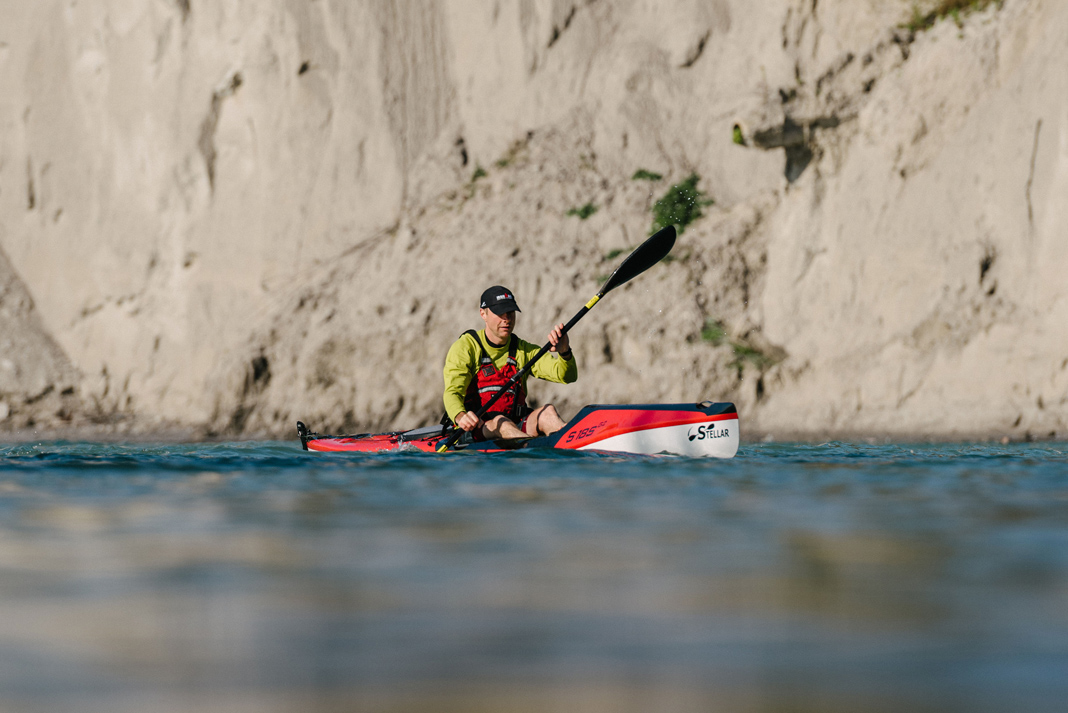 Sea Kayak Or Surf Ski?: Review Of The Stellar 18
Sea Kayak Or Surf Ski?: Review Of The Stellar 18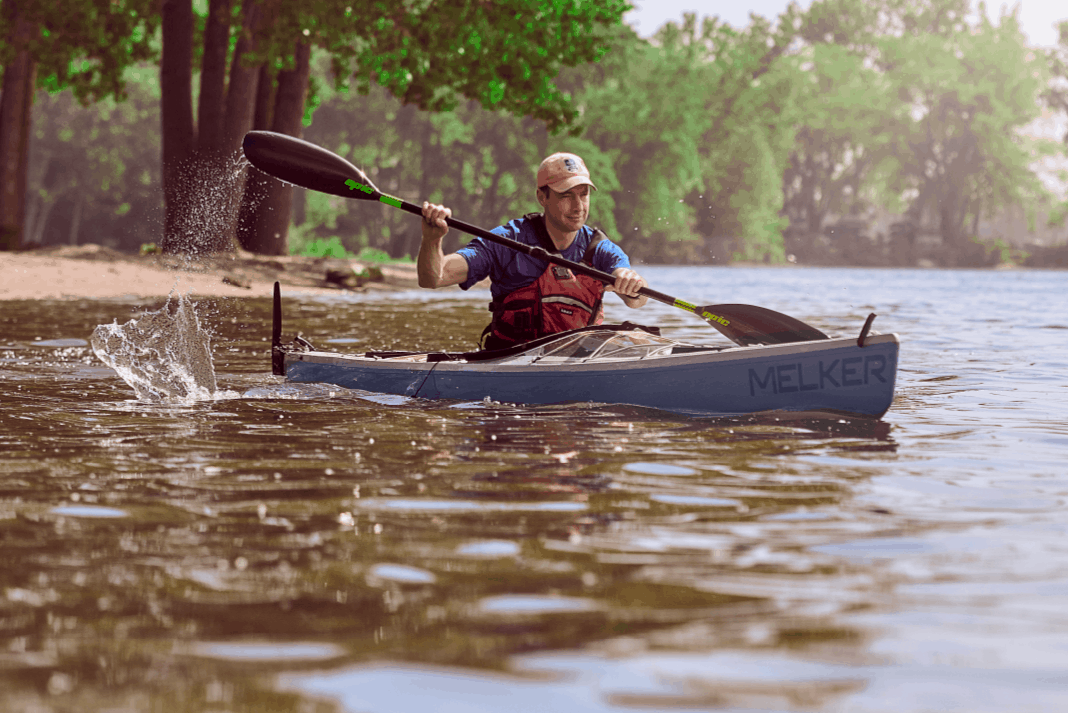 Touring Kayak Review: Melker Ulvön HV
Touring Kayak Review: Melker Ulvön HV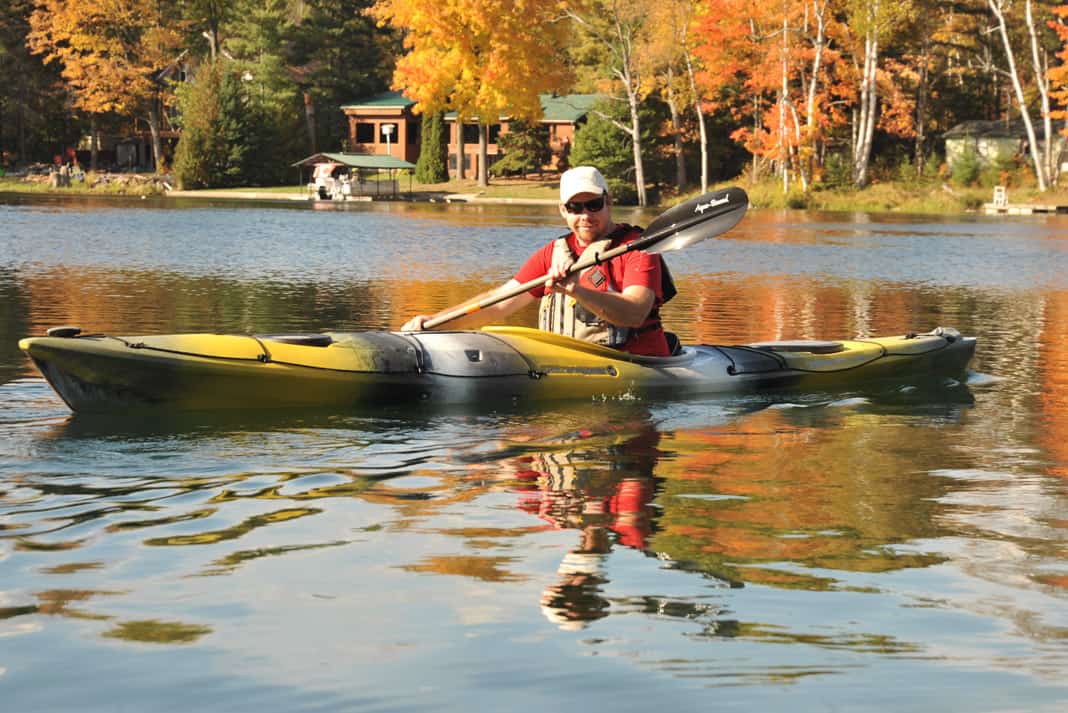 Touring Kayak Review: Wilderness Systems’ Tsunami 145
Touring Kayak Review: Wilderness Systems’ Tsunami 145 Folding Kayak Review: TRAK 2.0 Touring Kayak
Folding Kayak Review: TRAK 2.0 Touring Kayak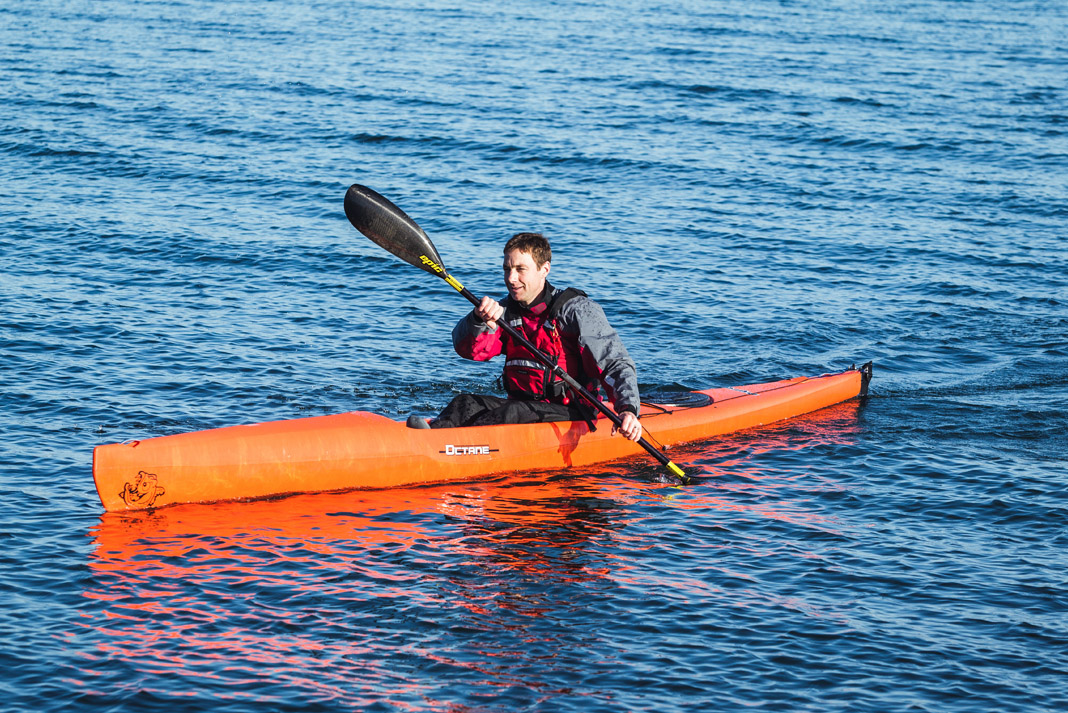 Boat Review: Pyranha’s High-Octane Surfski
Boat Review: Pyranha’s High-Octane Surfski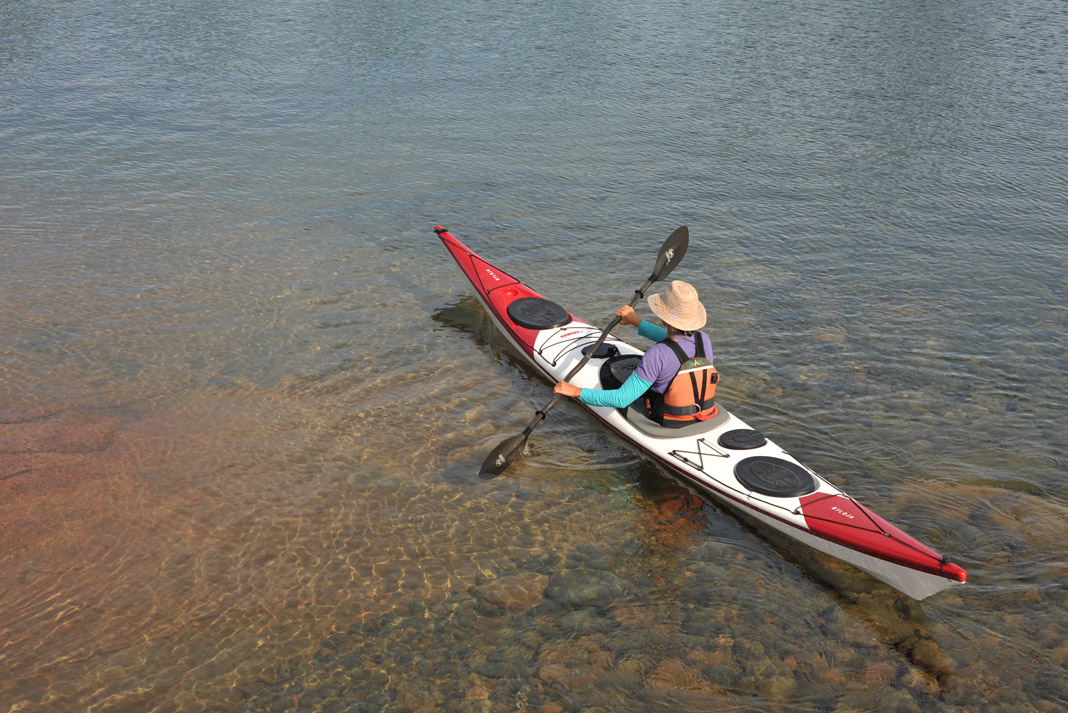 Sea Kayak Review: Norse Kayaks’ Bylgja Fiberglass Kayak
Sea Kayak Review: Norse Kayaks’ Bylgja Fiberglass Kayak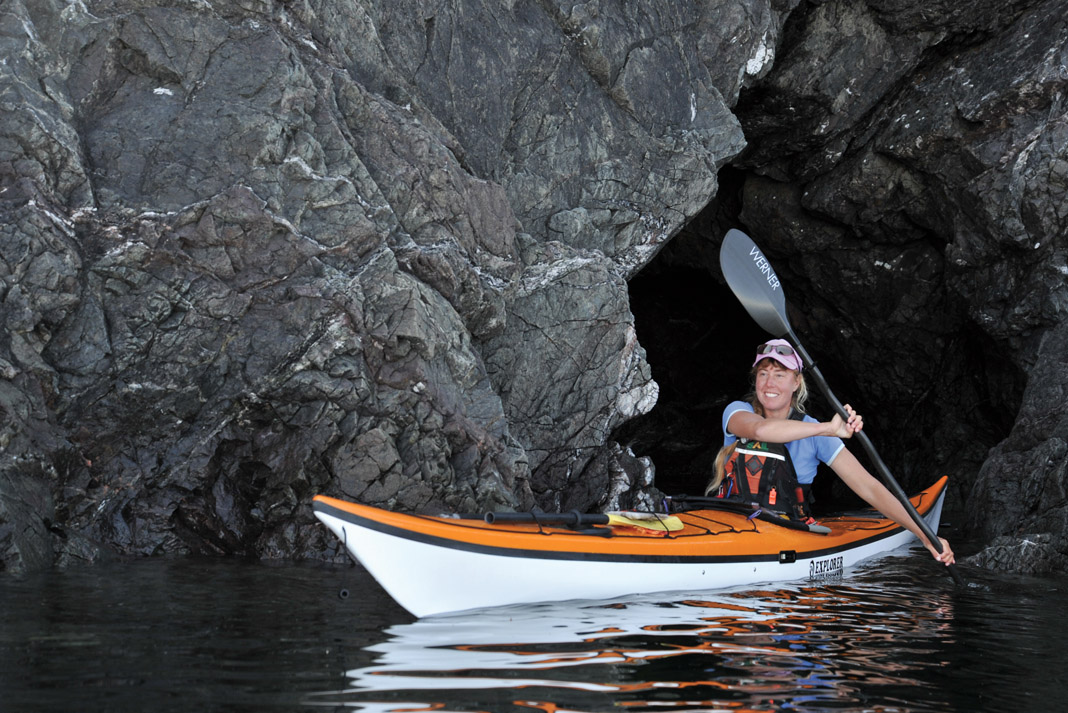 Sea Kayak Review: Nigel Dennis Explorer
Sea Kayak Review: Nigel Dennis Explorer Lightweight Touring Kayak Review: Hurricane Kayaks Sojourn 135
Lightweight Touring Kayak Review: Hurricane Kayaks Sojourn 135 Lightweight Touring Kayak Review: Stellar Kayaks S14-LV
Lightweight Touring Kayak Review: Stellar Kayaks S14-LV Lightweight Touring Kayak Review: Delta Kayaks 12S
Lightweight Touring Kayak Review: Delta Kayaks 12S
Recreational kayak reviews
 Inflatable Kayak Review: Tobin Wavebreak
Inflatable Kayak Review: Tobin Wavebreak Kayak Review: Sun Dolphin Excursion 10
Kayak Review: Sun Dolphin Excursion 10 Recreational Kayak Review: Perception Tribe 9.5
Recreational Kayak Review: Perception Tribe 9.5 Recreational Kayak Review: Wilderness Systems Pungo 120
Recreational Kayak Review: Wilderness Systems Pungo 120 Recreational Kayak Review: Wilderness Systems Tarpon 100
Recreational Kayak Review: Wilderness Systems Tarpon 100 Recreational Kayak Review: Ocean Kayak Frenzy
Recreational Kayak Review: Ocean Kayak Frenzy Recreational Kayak Review: Perception Swifty Deluxe 9.5
Recreational Kayak Review: Perception Swifty Deluxe 9.5 Inflatable Recreational Kayak Review: Intex Challenger K1
Inflatable Recreational Kayak Review: Intex Challenger K1 Fishing Kayak Review: Ascend FS10
Fishing Kayak Review: Ascend FS10 Fishing Kayak Review: Sun Dolphin Journey 10
Fishing Kayak Review: Sun Dolphin Journey 10 Recreational Kayak Review: Pelican Trailblazer 100 NXT
Recreational Kayak Review: Pelican Trailblazer 100 NXT Fishing Kayak Review: Old Town Vapor 10
Fishing Kayak Review: Old Town Vapor 10 Touring Kayak Review: Stellar S14 G2
Touring Kayak Review: Stellar S14 G2 Inflatable Kayak Review: Sevylor Colorado
Inflatable Kayak Review: Sevylor Colorado Recreational Kayak Review: Sun Dolphin Aruba 10
Recreational Kayak Review: Sun Dolphin Aruba 10 Fishing Kayak Review: Pelican Mustang 100x
Fishing Kayak Review: Pelican Mustang 100x Recreational Kayak Review: Old Town Otter
Recreational Kayak Review: Old Town Otter Tandem Recreational Kayak Review: Ocean Kayak Malibu Two
Tandem Recreational Kayak Review: Ocean Kayak Malibu Two Fishing Kayak Review: Sun Dolphin Journey 12 SS
Fishing Kayak Review: Sun Dolphin Journey 12 SS Recreational Kayak Review: Sun Dolphin Bali 10 SS
Recreational Kayak Review: Sun Dolphin Bali 10 SS Inflatable Recreational Kayak Review: Intex Challenger K2
Inflatable Recreational Kayak Review: Intex Challenger K2 Inflatable Recreational Kayak Review: Intex Explorer K2
Inflatable Recreational Kayak Review: Intex Explorer K2 Recreational Kayak Review: Lifetime Wave Youth
Recreational Kayak Review: Lifetime Wave Youth Recreational Kayak Review: Pelican Bandit NXT 100
Recreational Kayak Review: Pelican Bandit NXT 100 Inflatable Kayak Review: Sea Eagle 370
Inflatable Kayak Review: Sea Eagle 370 Boat Review: Islander Hula Sit-On-Top Kayak
Boat Review: Islander Hula Sit-On-Top Kayak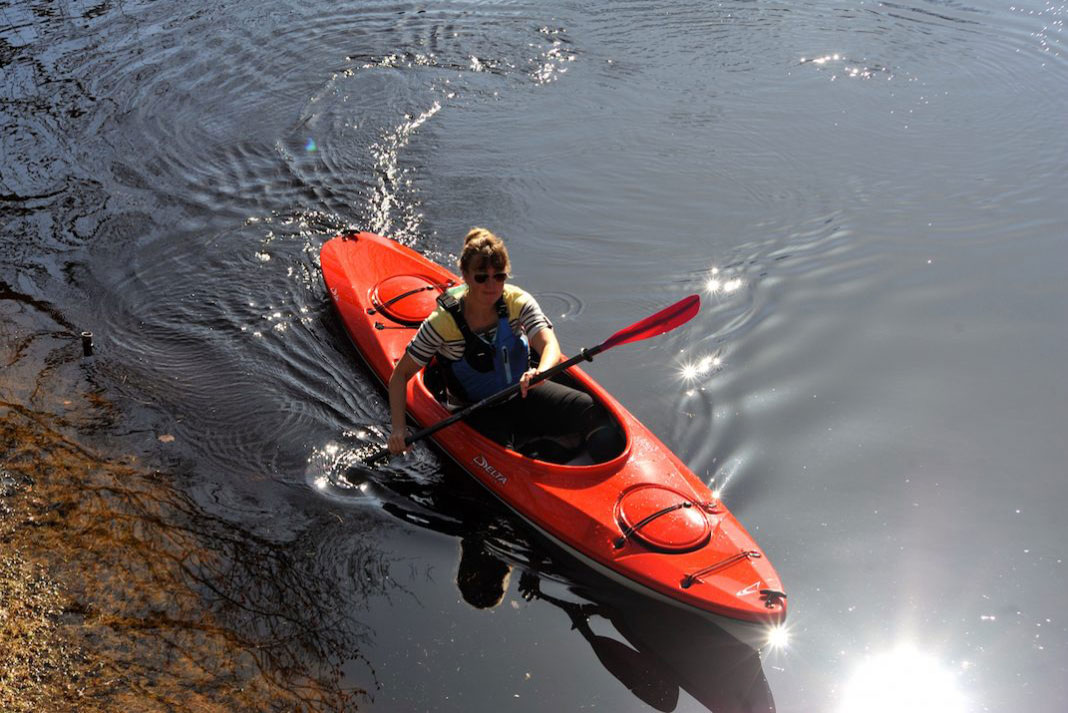 Boat Review: Delta 12 AR Kayak
Boat Review: Delta 12 AR Kayak Boat Review: Ocean Kayak Malibu Pedal
Boat Review: Ocean Kayak Malibu Pedal Inflatable Recreational Kayak Review: Innova Thaya
Inflatable Recreational Kayak Review: Innova Thaya Touring Kayak Review: Wilderness Systems’ Tsunami 145
Touring Kayak Review: Wilderness Systems’ Tsunami 145 Inflatable Kayak Review: Advanced Elements Airfusion Elite
Inflatable Kayak Review: Advanced Elements Airfusion Elite Inflatable Kayak Review: Hobie Mirage i9S
Inflatable Kayak Review: Hobie Mirage i9S
Whitewater kayak reviews
 Whitewater Kayak Review: Pyranha Scorch
Whitewater Kayak Review: Pyranha Scorch Whitewater Kayak Review: Zet Chili
Whitewater Kayak Review: Zet Chili Whitewater Kayak Review: Jackson Antix 2.0
Whitewater Kayak Review: Jackson Antix 2.0 Inflatable Kayak Review: Sevylor Colorado
Inflatable Kayak Review: Sevylor Colorado Whitewater Kayak Review: Dagger Rewind
Whitewater Kayak Review: Dagger Rewind Inflatable Kayak Review: Sea Eagle 370
Inflatable Kayak Review: Sea Eagle 370 Boat Review: WaveSport ACE Kayak
Boat Review: WaveSport ACE Kayak Boat Review: Dagger Crazy 88 Kayak
Boat Review: Dagger Crazy 88 Kayak Boat Review: Dagger Super Ego Kayak
Boat Review: Dagger Super Ego Kayak Boat Review: Pyranha Varun Kayak
Boat Review: Pyranha Varun Kayak Boat Review: LiquidLogic CR125 and CR250 Kayaks
Boat Review: LiquidLogic CR125 and CR250 Kayaks Boat Review: Liquidlogic Skip And Pop Kayaks
Boat Review: Liquidlogic Skip And Pop Kayaks Boat Review: Dagger Juice Kayak
Boat Review: Dagger Juice Kayak Boat Review: Dagger Kingpin Icon Kayak
Boat Review: Dagger Kingpin Icon Kayak Boat Review: Dagger Green Boat Kayak
Boat Review: Dagger Green Boat Kayak Boat Review: Liquidlogic Braaap Kayak
Boat Review: Liquidlogic Braaap Kayak Boat Review: WaveSport Super EZ Kayak
Boat Review: WaveSport Super EZ Kayak Creek Boat Review: Liquidlogic Mullet Kayak
Creek Boat Review: Liquidlogic Mullet Kayak Boat Review: WaveSport Project Kayak
Boat Review: WaveSport Project Kayak Boat Review: Riot Booster Kayak
Boat Review: Riot Booster Kayak Boat Review: Pyranha Z.One Kayak
Boat Review: Pyranha Z.One Kayak Boat Review: Liquidlogic Remix Kayak
Boat Review: Liquidlogic Remix Kayak Boat Review: WaveSport Project X Kayak
Boat Review: WaveSport Project X Kayak Boat Review: Liquidlogic Stomper Kayak
Boat Review: Liquidlogic Stomper Kayak Boat Review: Pyranha JED Kayak
Boat Review: Pyranha JED Kayak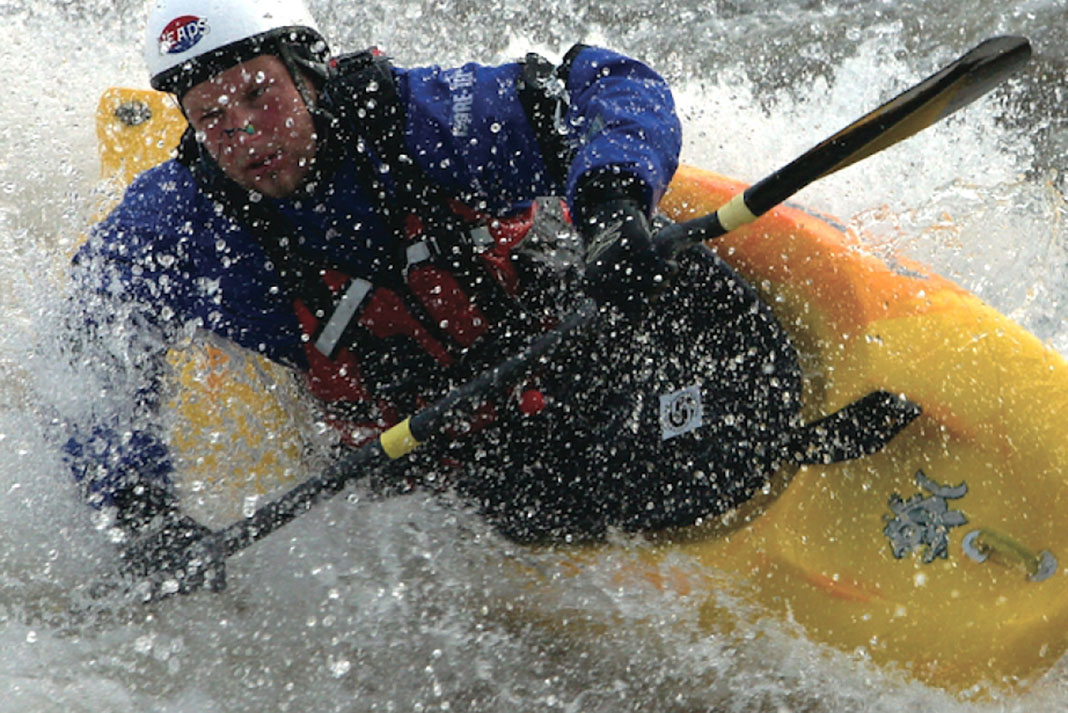 Boat Review: Pyranha S6F Kayak
Boat Review: Pyranha S6F Kayak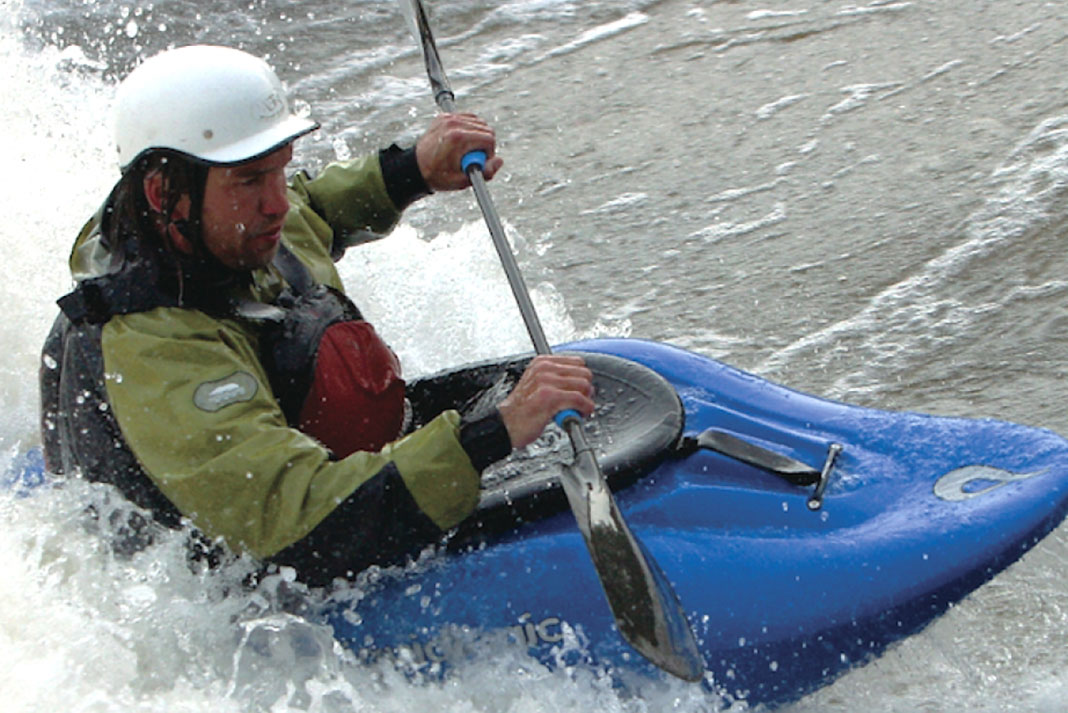 Boat Review: Liquidlogic Big Wheel and Scooter Kayaks
Boat Review: Liquidlogic Big Wheel and Scooter Kayaks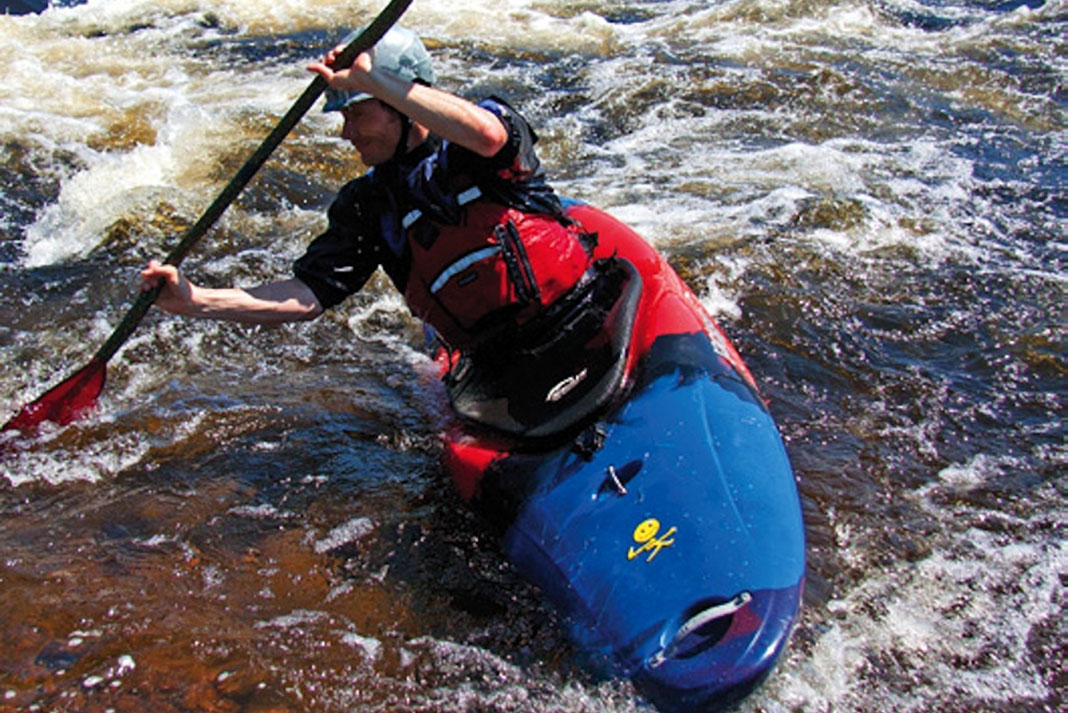 Boat Review: Jackson Zen Kayak
Boat Review: Jackson Zen Kayak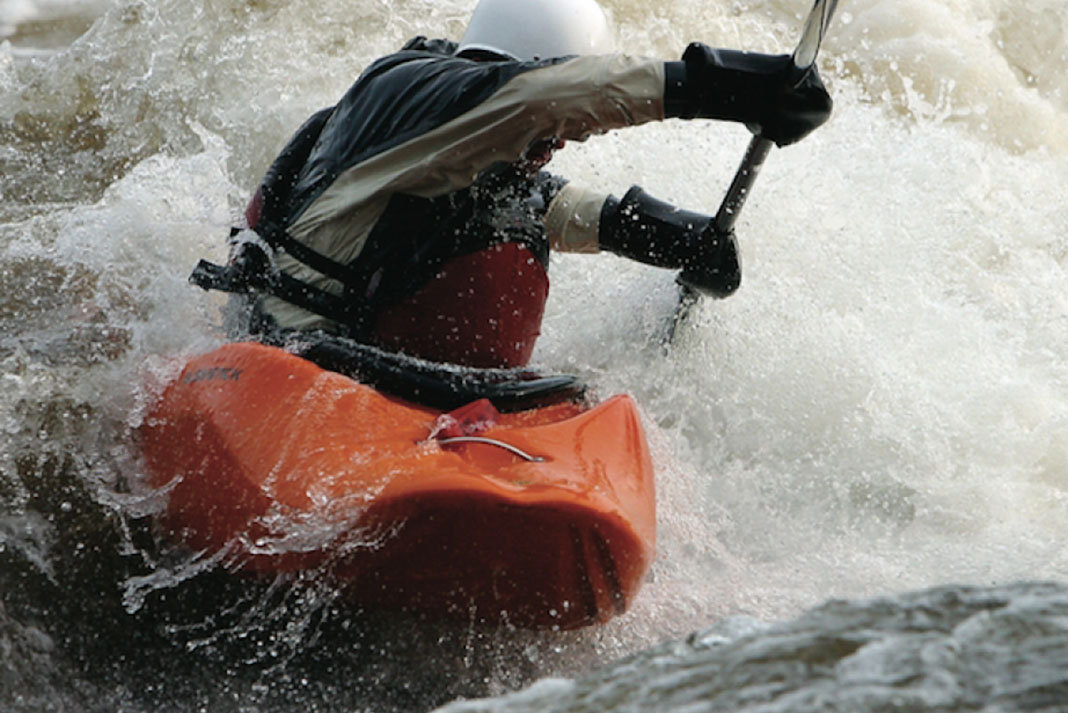 Boat Review: Bliss-Stick RAD
Boat Review: Bliss-Stick RAD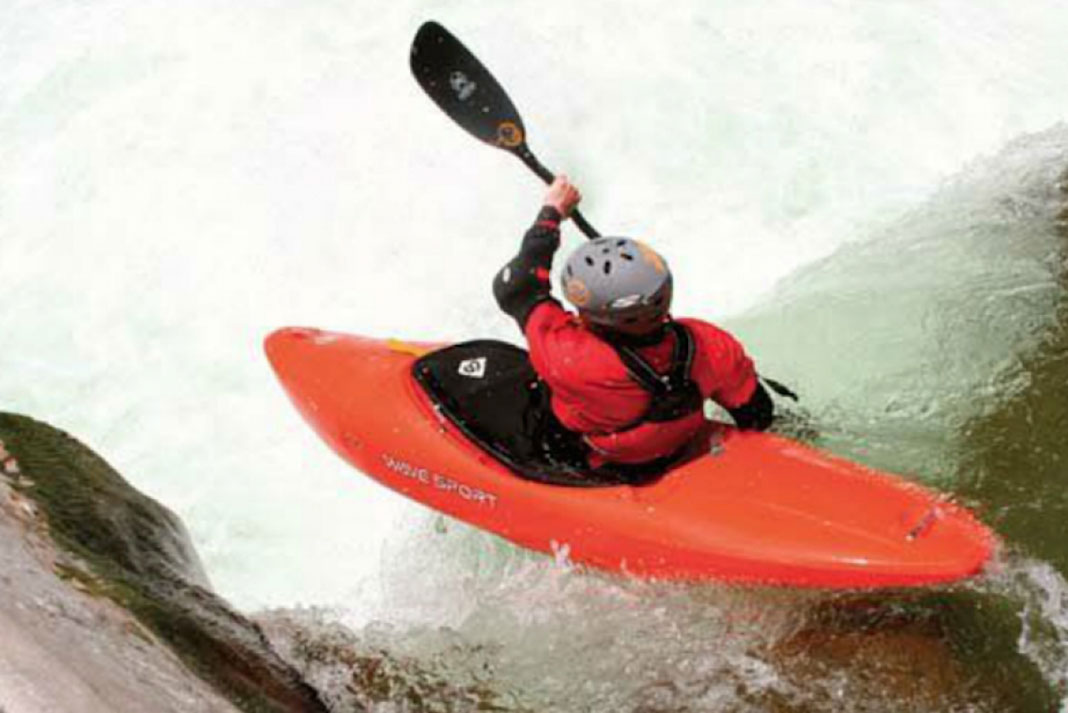 Boat Review: WaveSport Habitat Kayak
Boat Review: WaveSport Habitat Kayak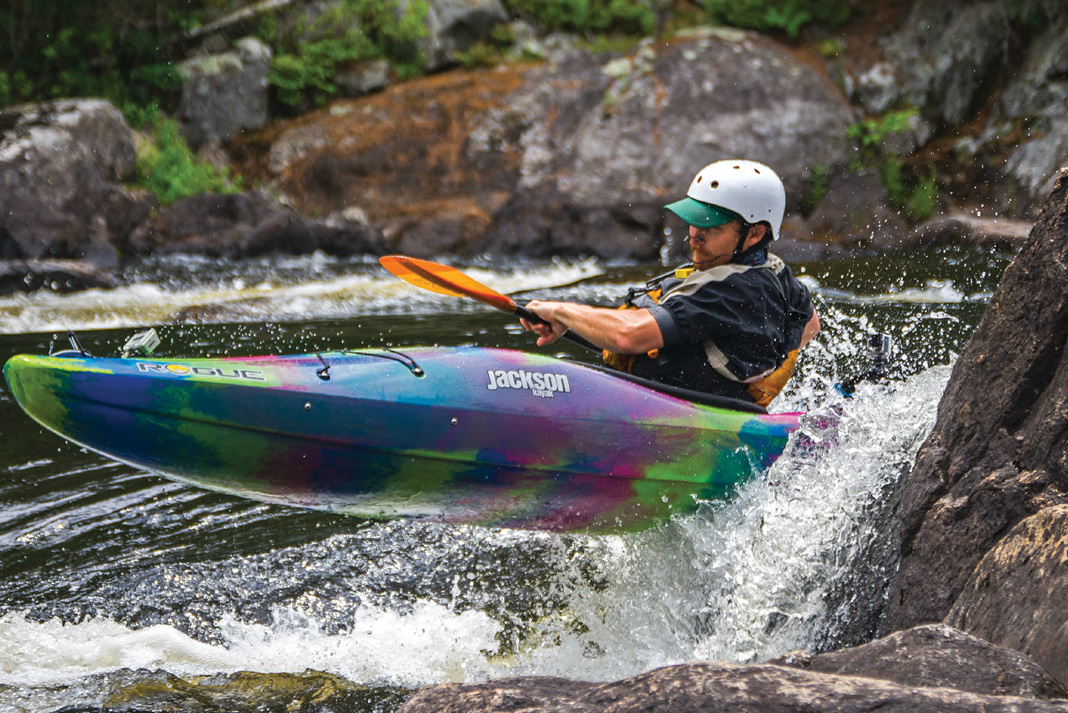 Boat Review: Jackson Rogue 10 Kayak
Boat Review: Jackson Rogue 10 Kayak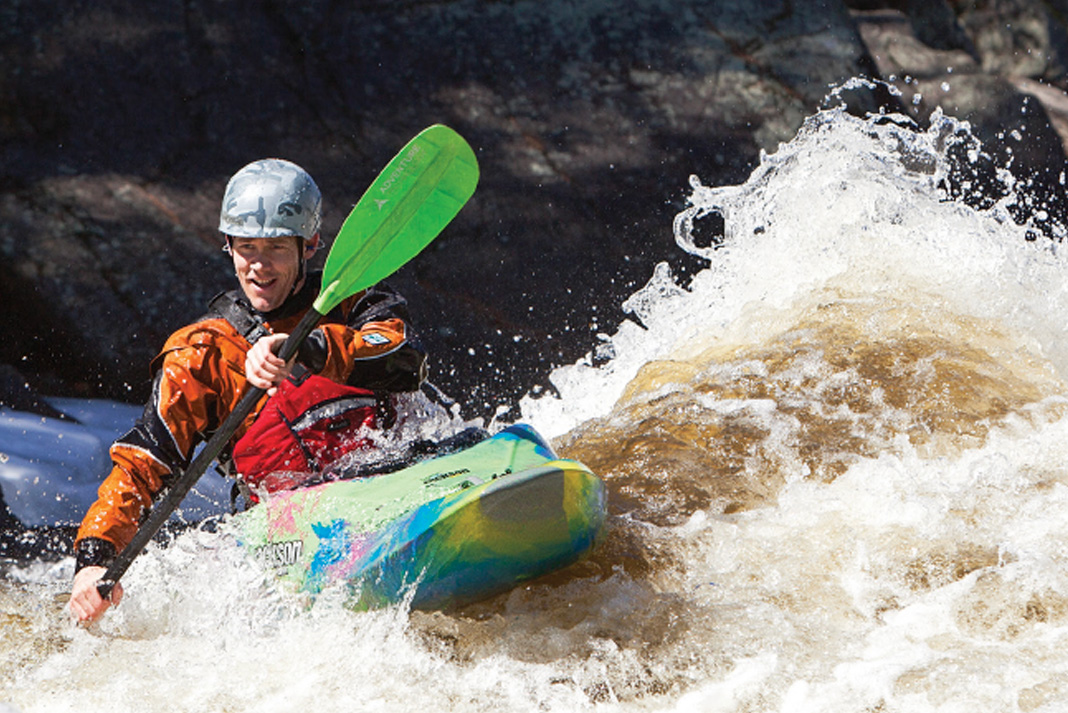 Boat Review: Jackson 2 Fun Kayak 2015
Boat Review: Jackson 2 Fun Kayak 2015 Boat Review: WaveSport Diesel 65 Kayak
Boat Review: WaveSport Diesel 65 Kayak Boat Review: Zet Toro Kayak
Boat Review: Zet Toro Kayak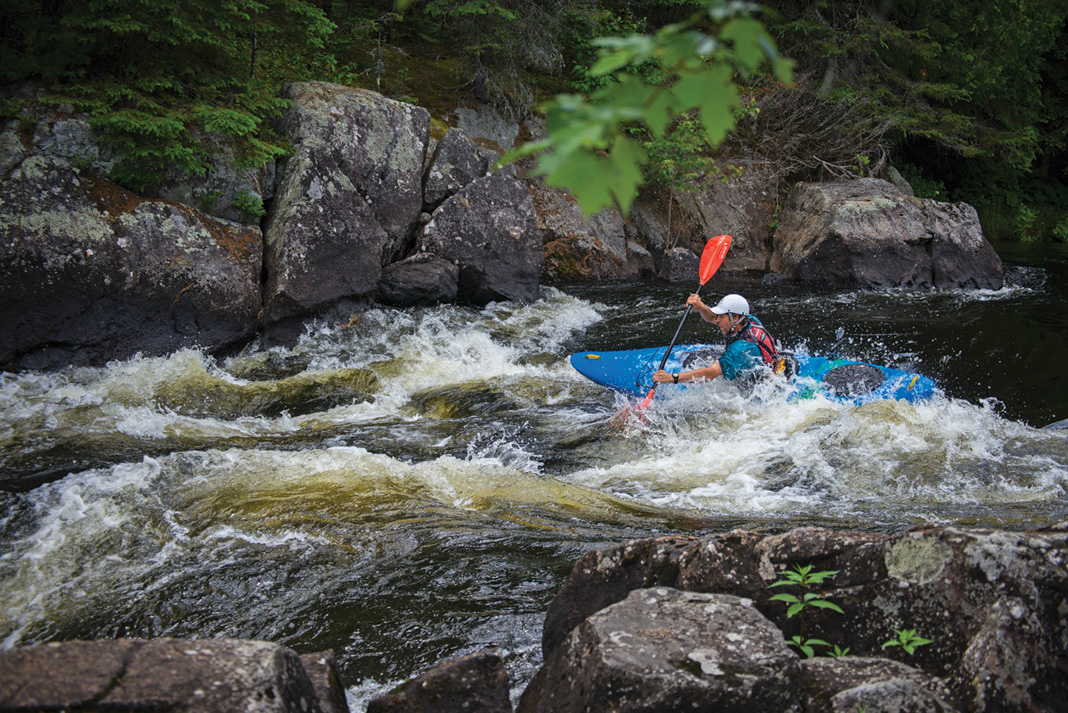 Boat Review: Pyranha Fusion L
Boat Review: Pyranha Fusion L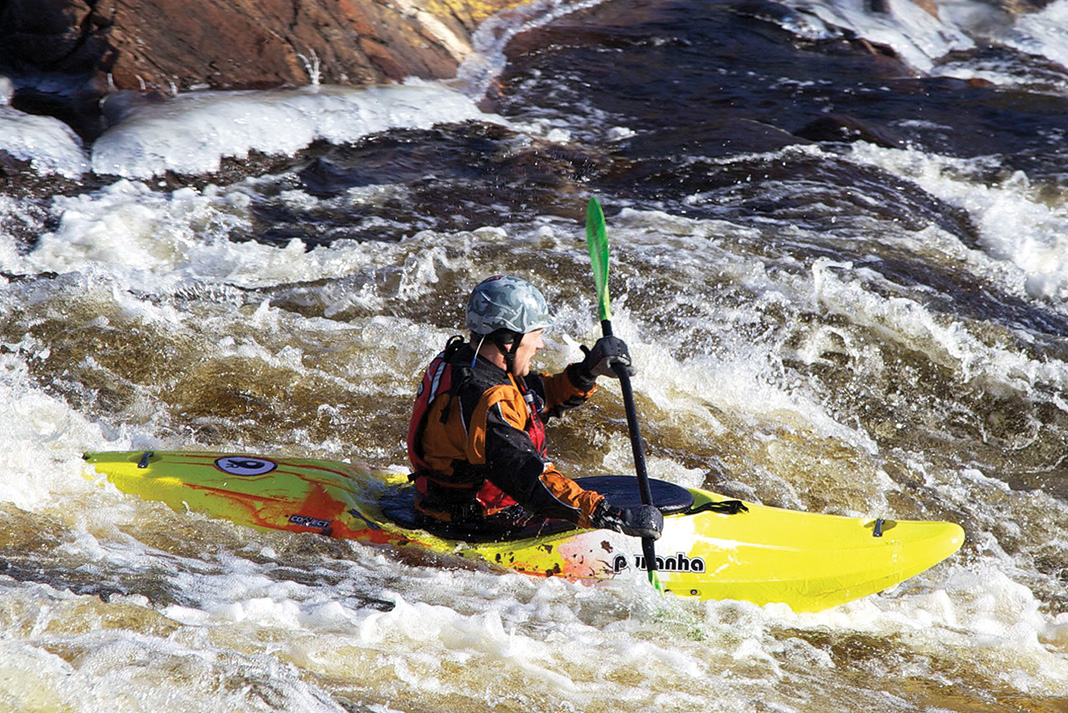 Kayak Review: Pyranha 9R
Kayak Review: Pyranha 9R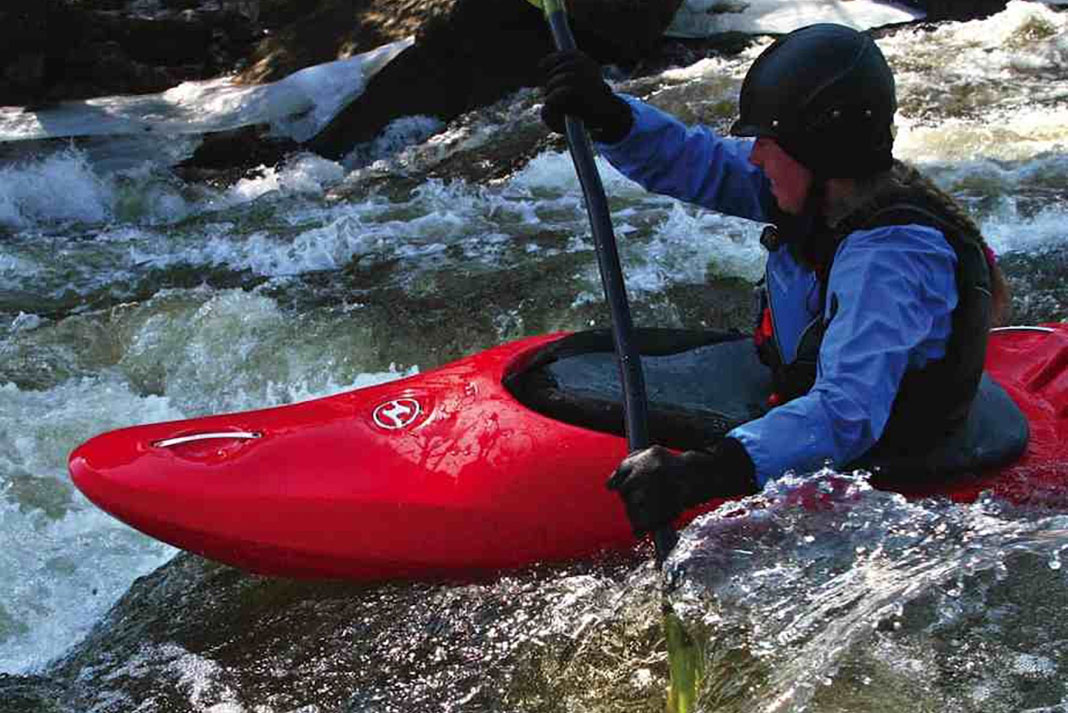 Boat Review: WaveSport Diesel 70 Kayak
Boat Review: WaveSport Diesel 70 Kayak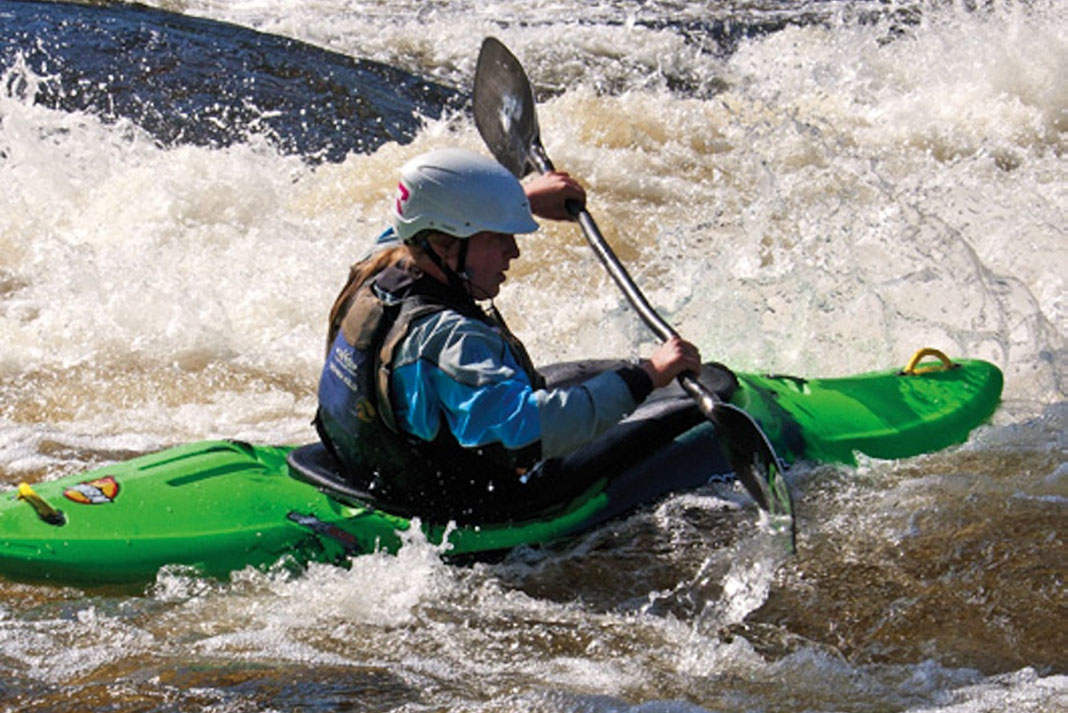 Boat Review: Pyranha Burn II Kayak
Boat Review: Pyranha Burn II Kayak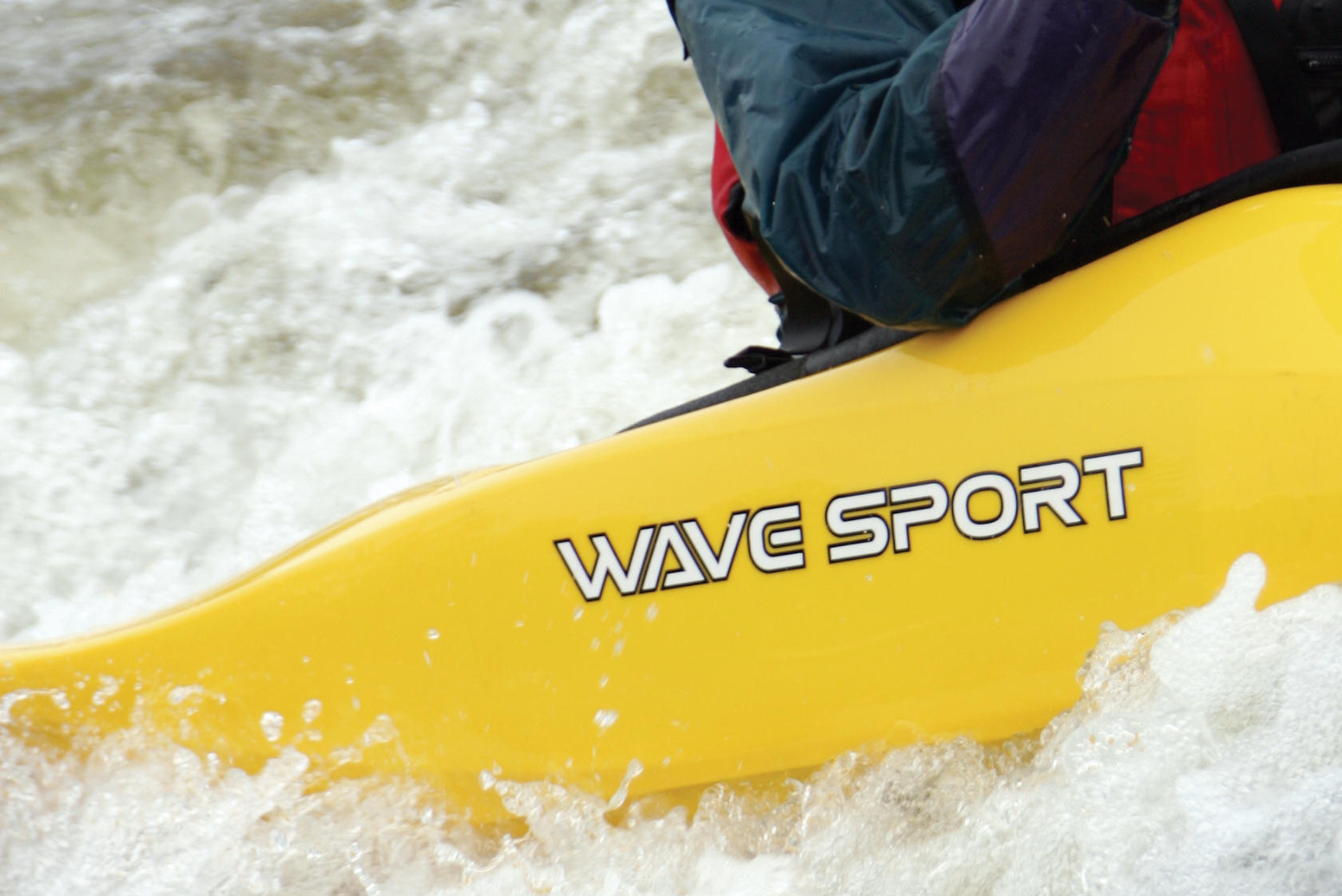 Boat Review: WaveSport’s EZG Kayak
Boat Review: WaveSport’s EZG Kayak Creek Boat Review: Jackson Kayak Villain
Creek Boat Review: Jackson Kayak Villain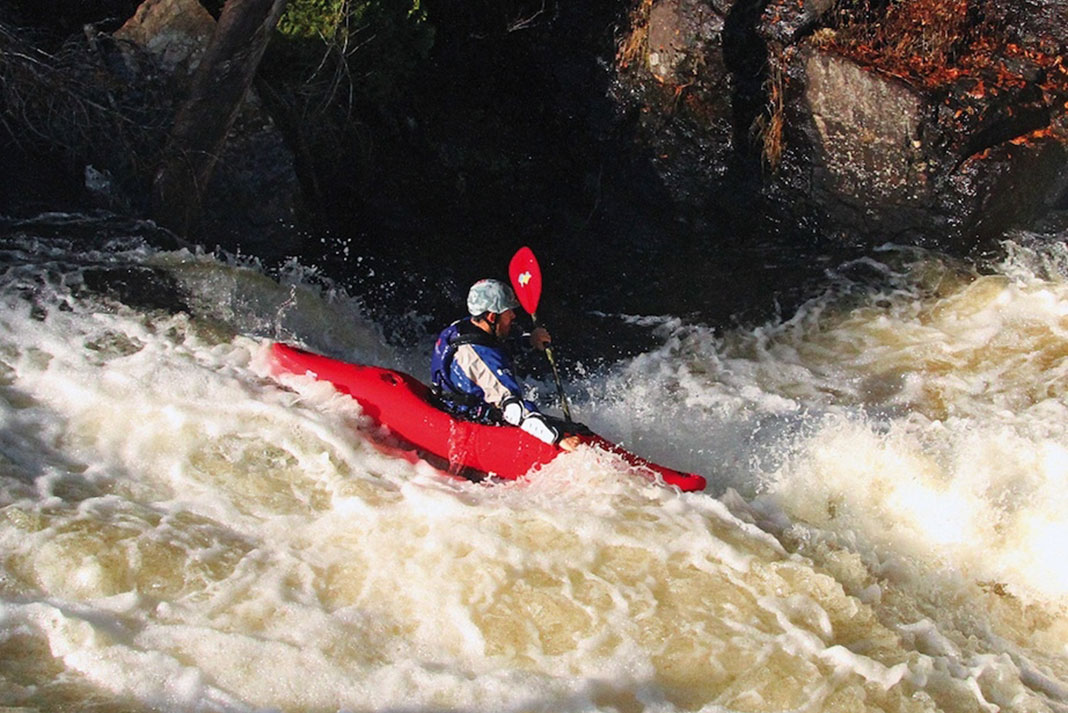 Boat Review: Dagger’s Mamba Kayak
Boat Review: Dagger’s Mamba Kayak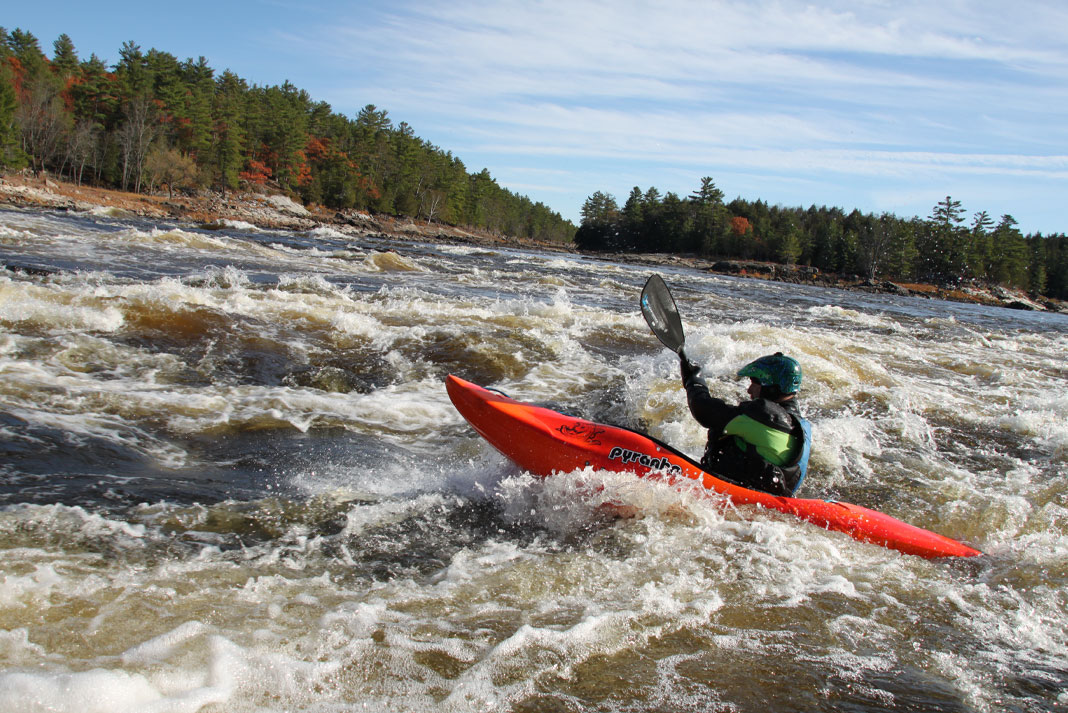 Creek Boat Review: Pyranha 9R II
Creek Boat Review: Pyranha 9R II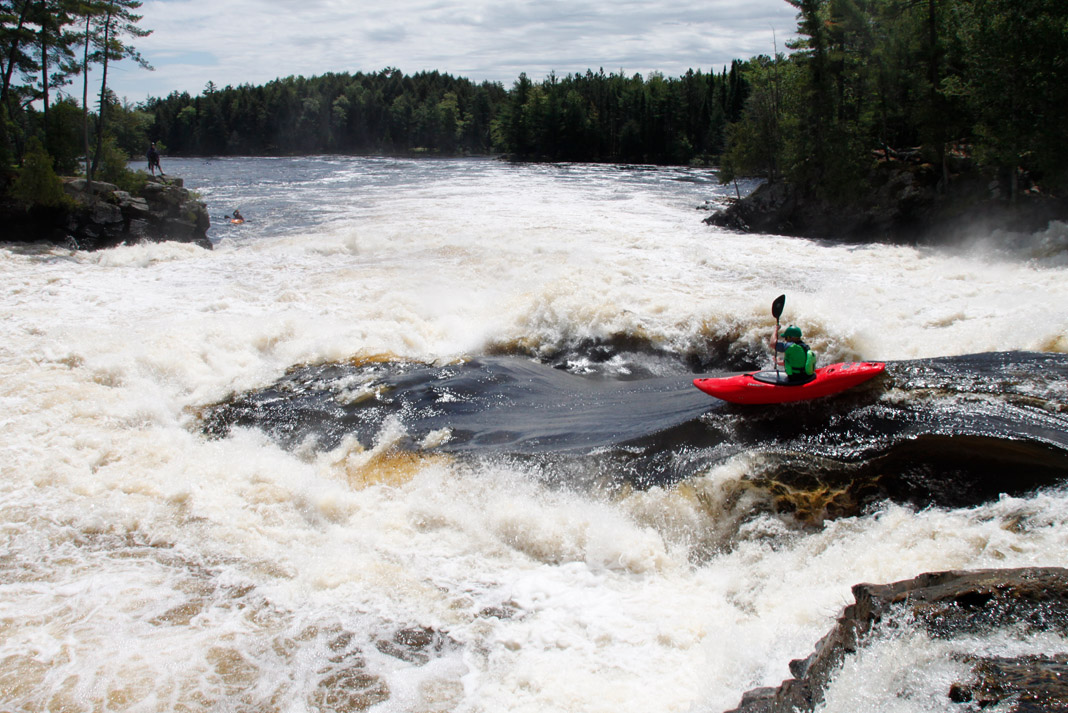 Creek Boat Review: Dagger Kayaks’ Phantom Racing Kayak
Creek Boat Review: Dagger Kayaks’ Phantom Racing Kayak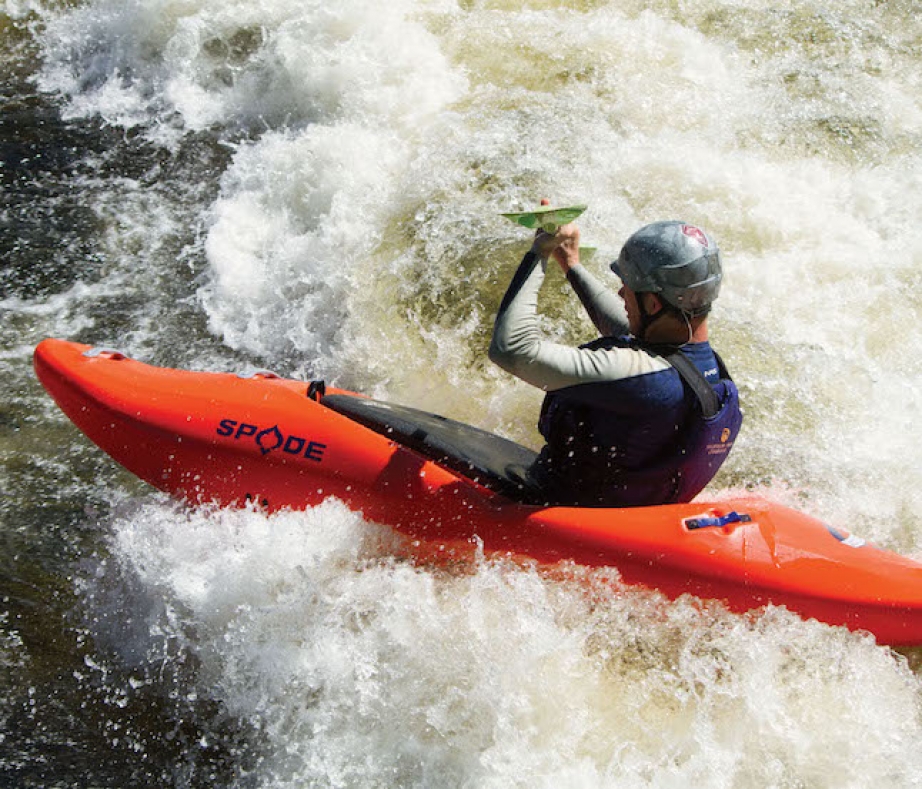 Review: Spade Kayaks’ First River Runner
Review: Spade Kayaks’ First River Runner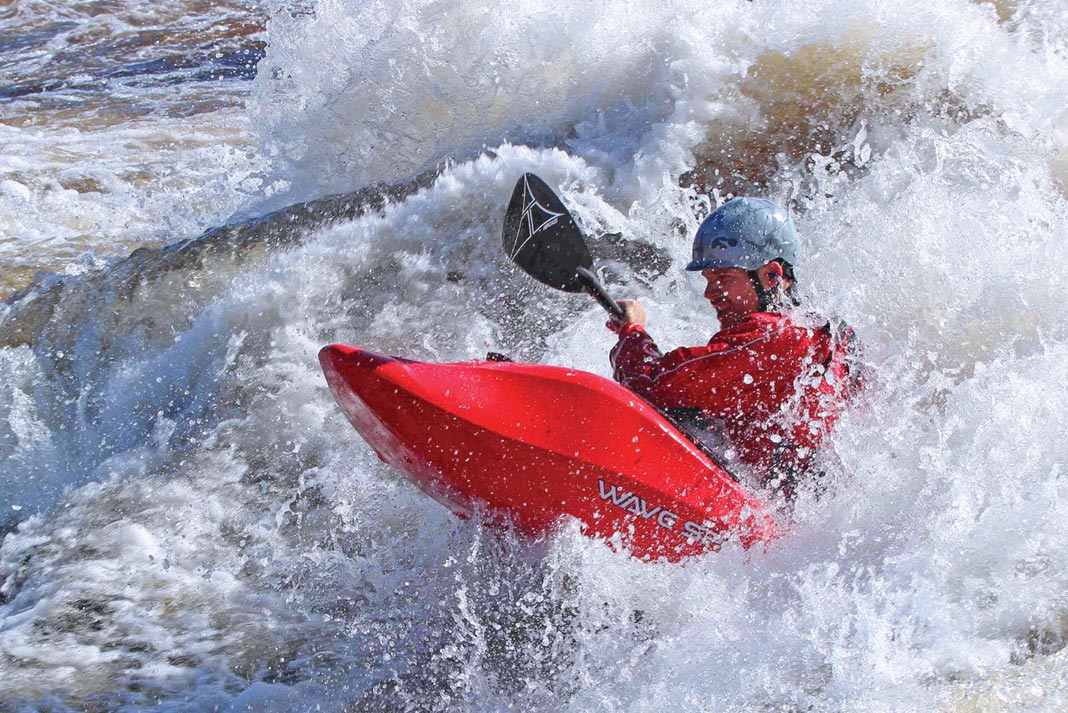 Freestyle Kayak Review: Wave Sport Mobius
Freestyle Kayak Review: Wave Sport Mobius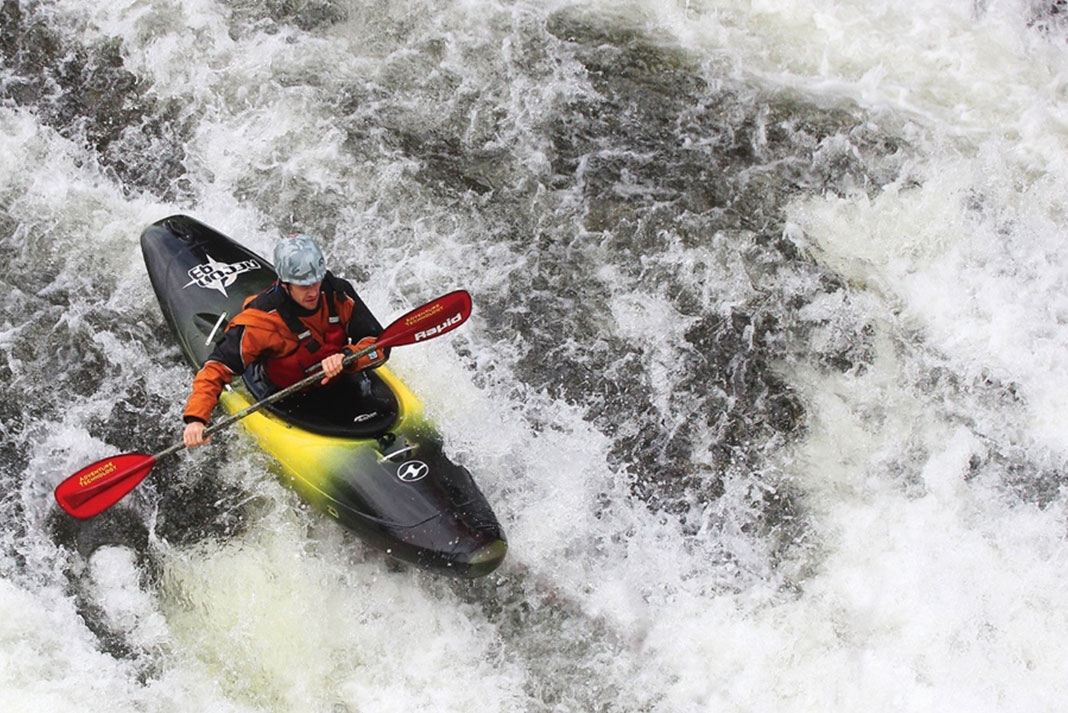 Creekboat Review: Wave Sport Recon
Creekboat Review: Wave Sport Recon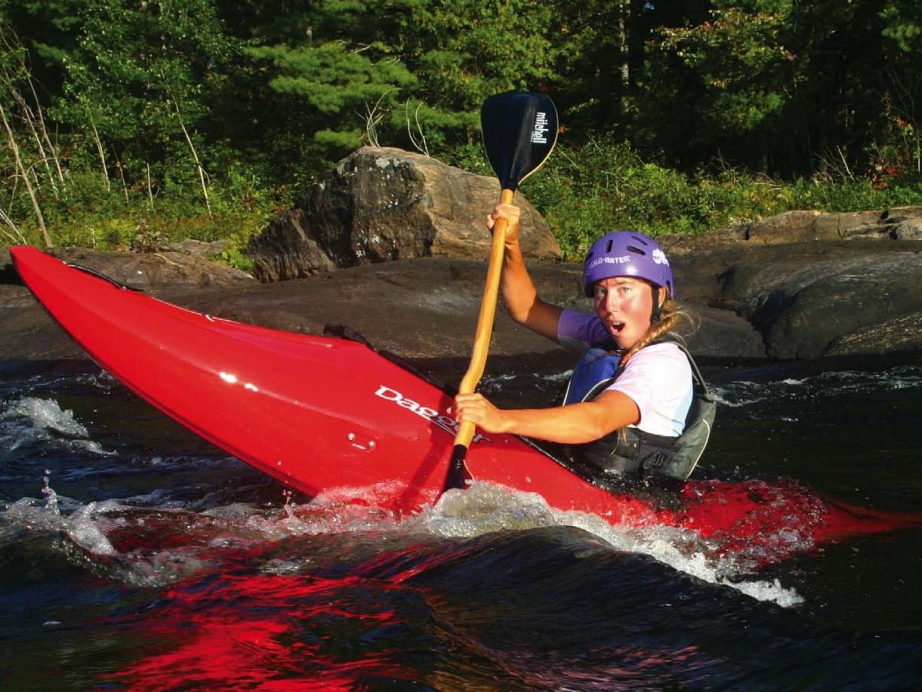 Dagger Kayak’s Axiom: Whitewater Kayak Review
Dagger Kayak’s Axiom: Whitewater Kayak Review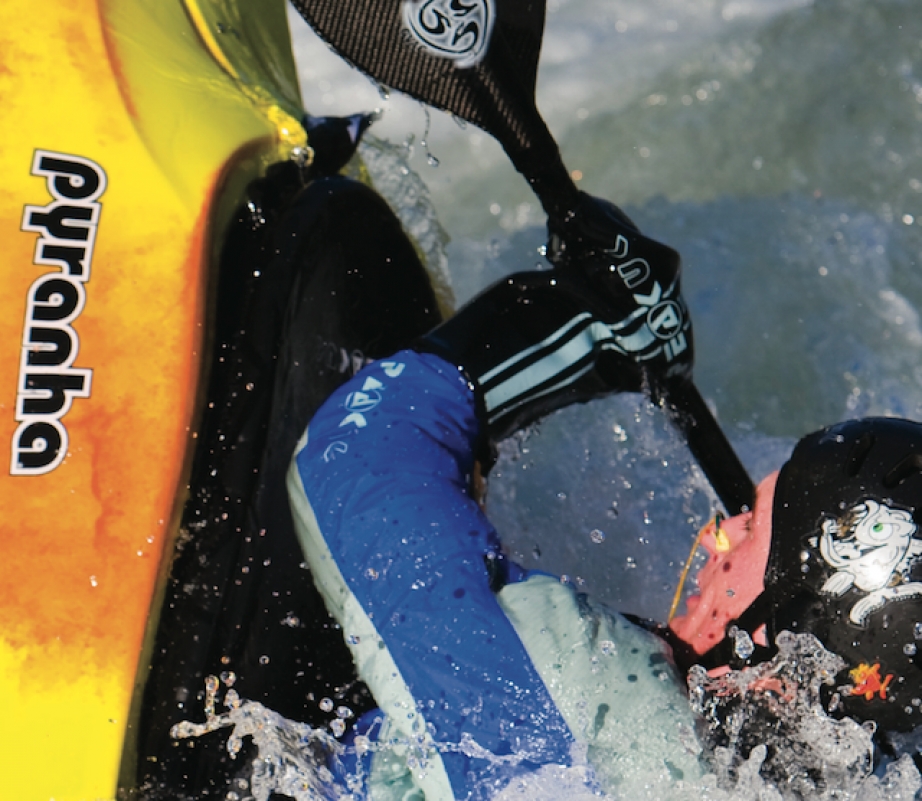 Boat Review: Pyranha’s Rev
Boat Review: Pyranha’s Rev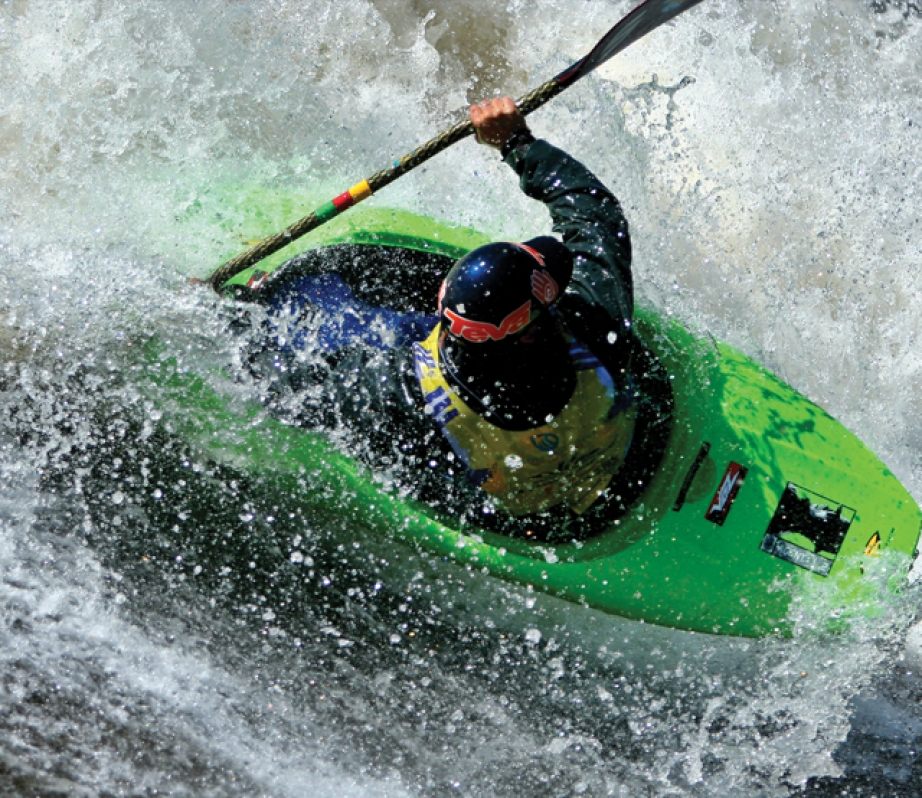 Boat Review: Dagger’s Agent
Boat Review: Dagger’s Agent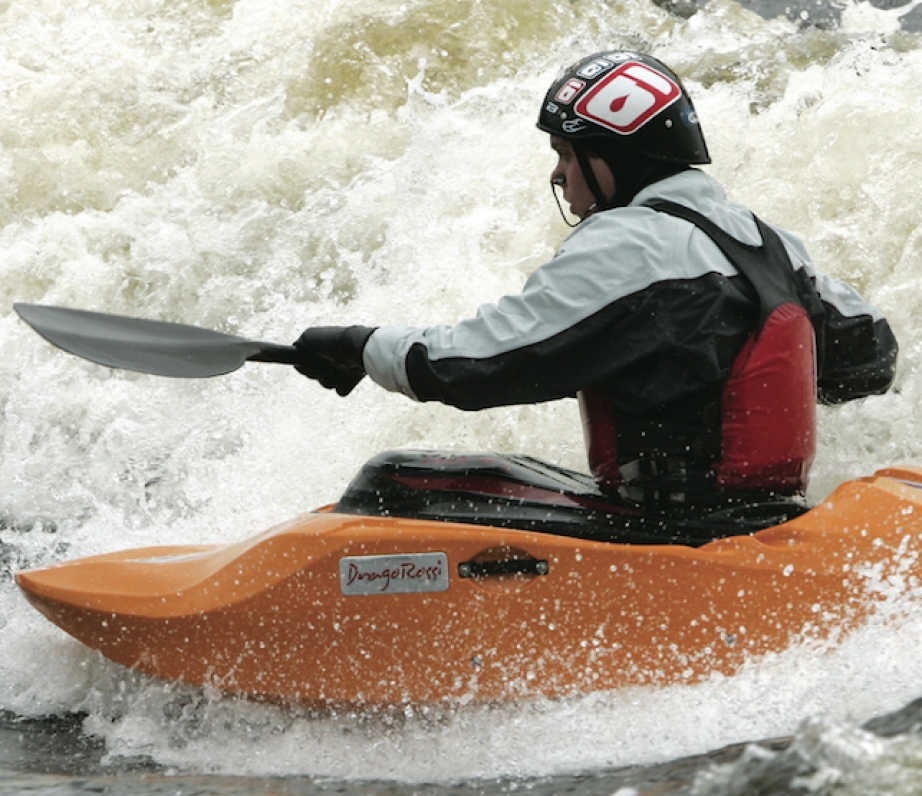 Boat Review: Dragorossi’s Fish
Boat Review: Dragorossi’s Fish



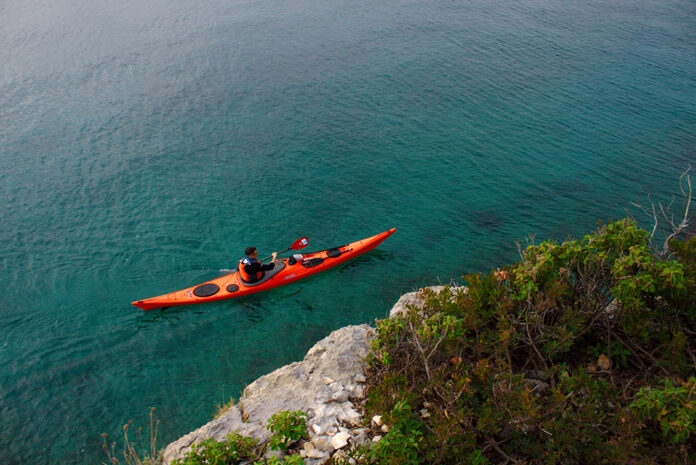

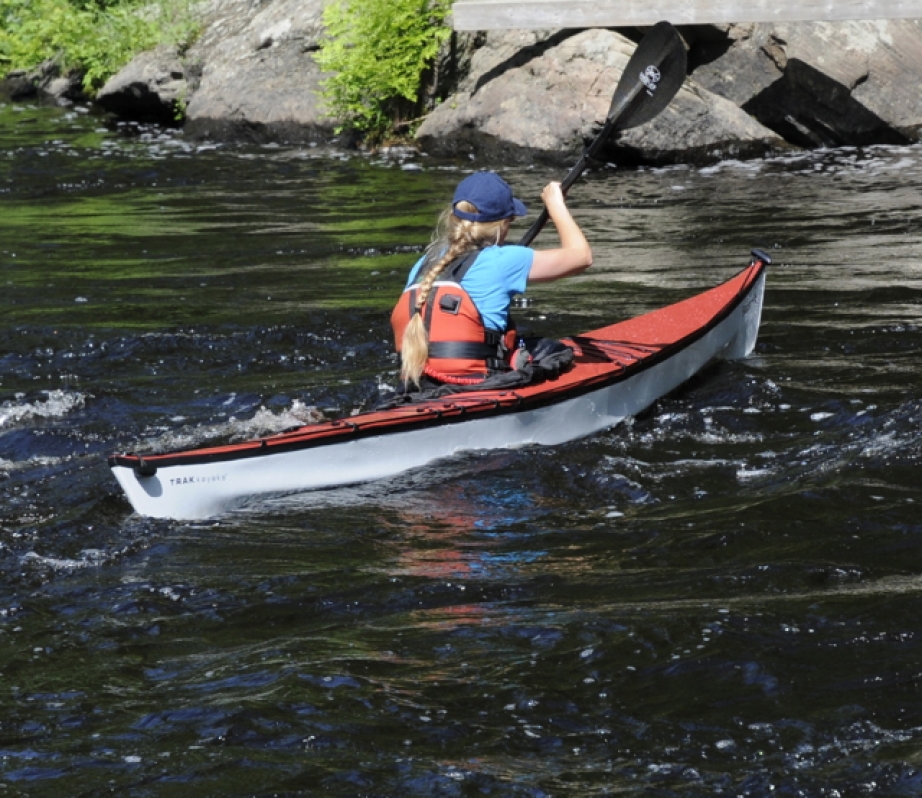



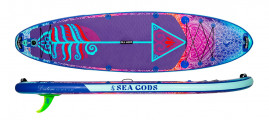
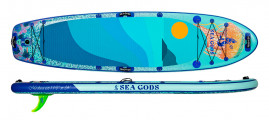
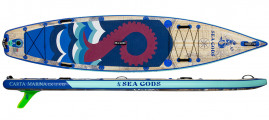

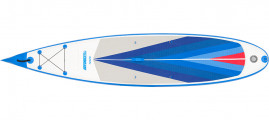










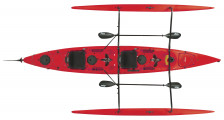


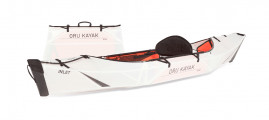
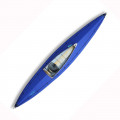

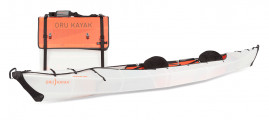
-first_product_boats.jpg)
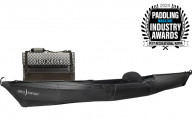
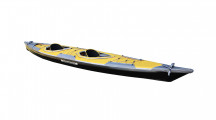
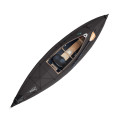
-first_product_boats.jpg)
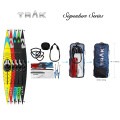
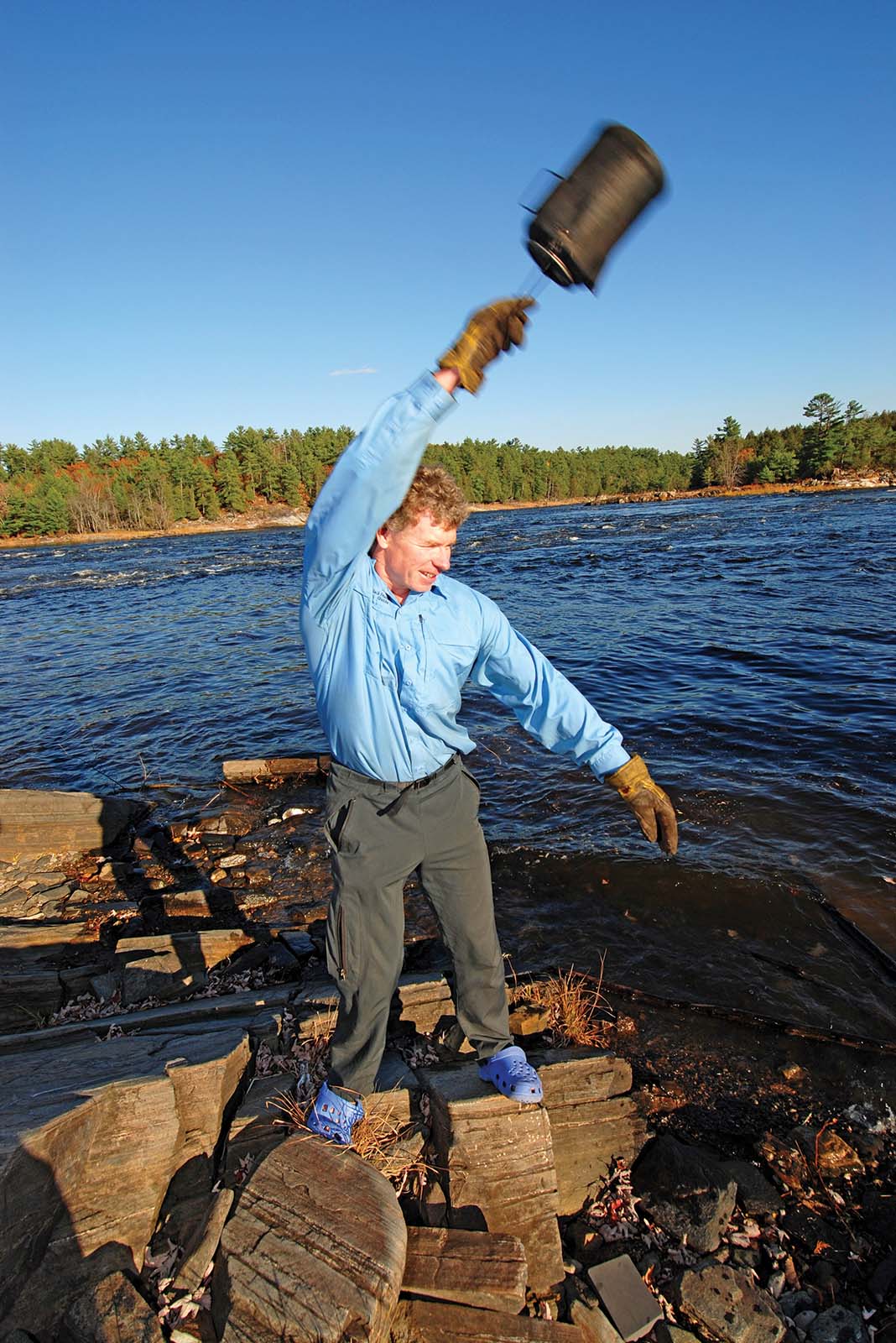

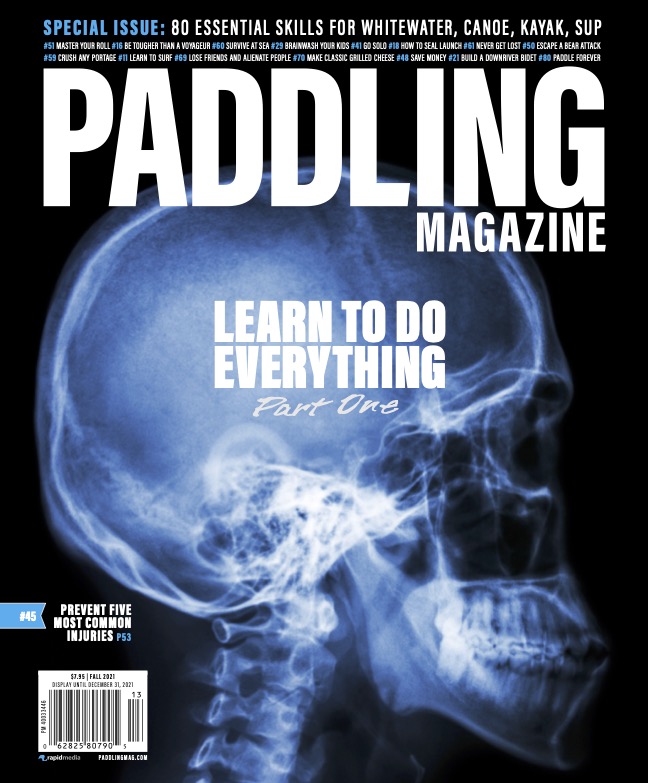 This article originally appeared in Paddling Magazine Issue 65. Subscribe to Paddling Magazine’s print and digital editions
This article originally appeared in Paddling Magazine Issue 65. Subscribe to Paddling Magazine’s print and digital editions 